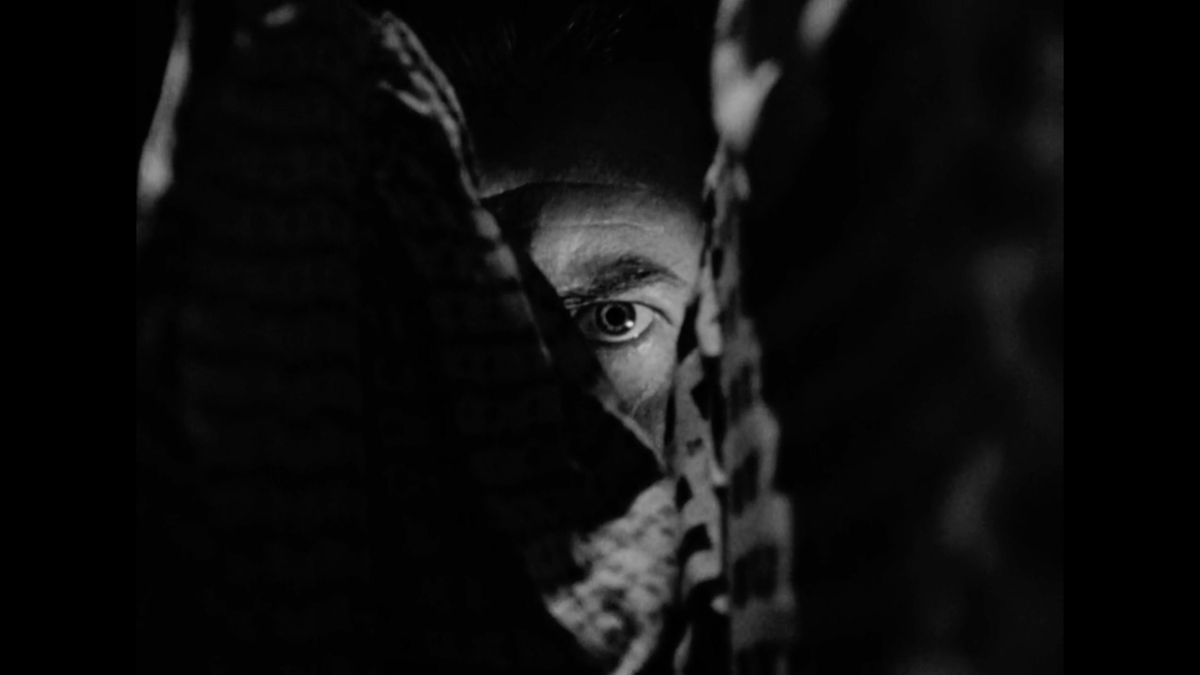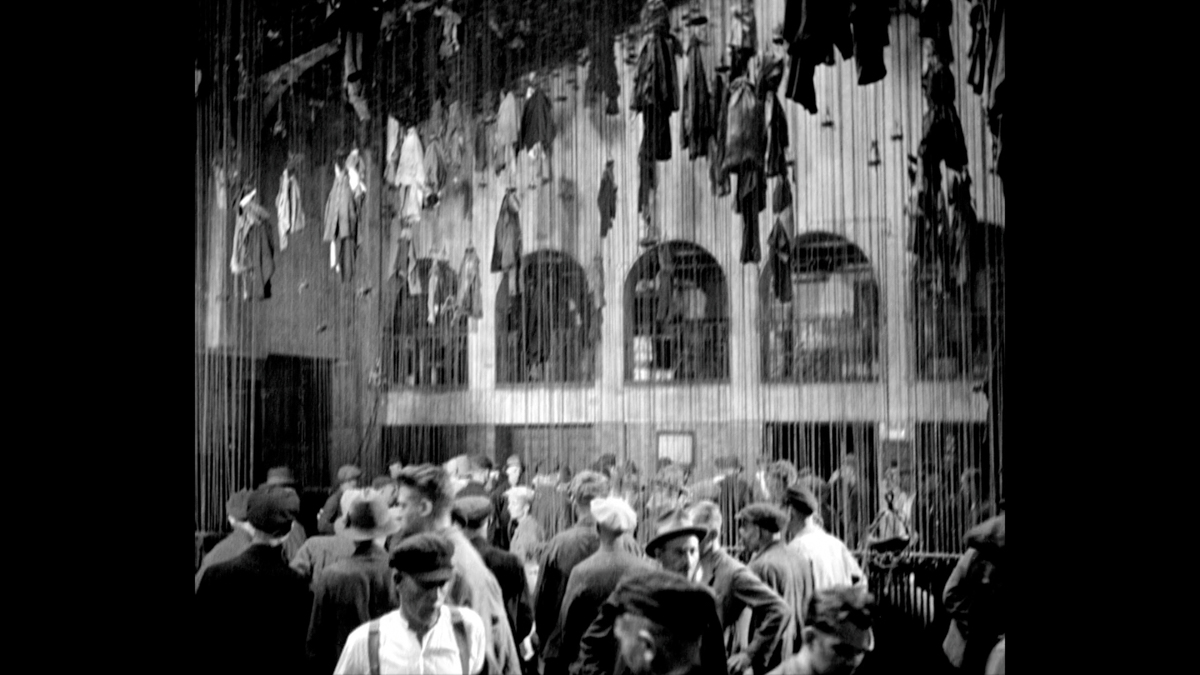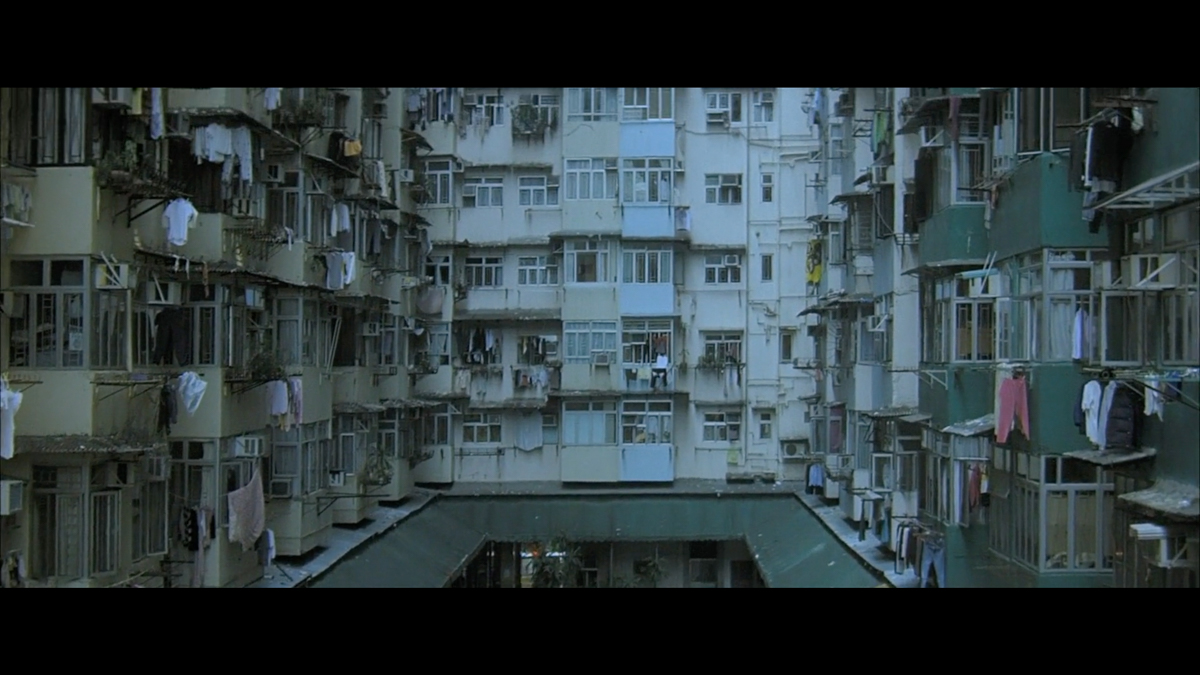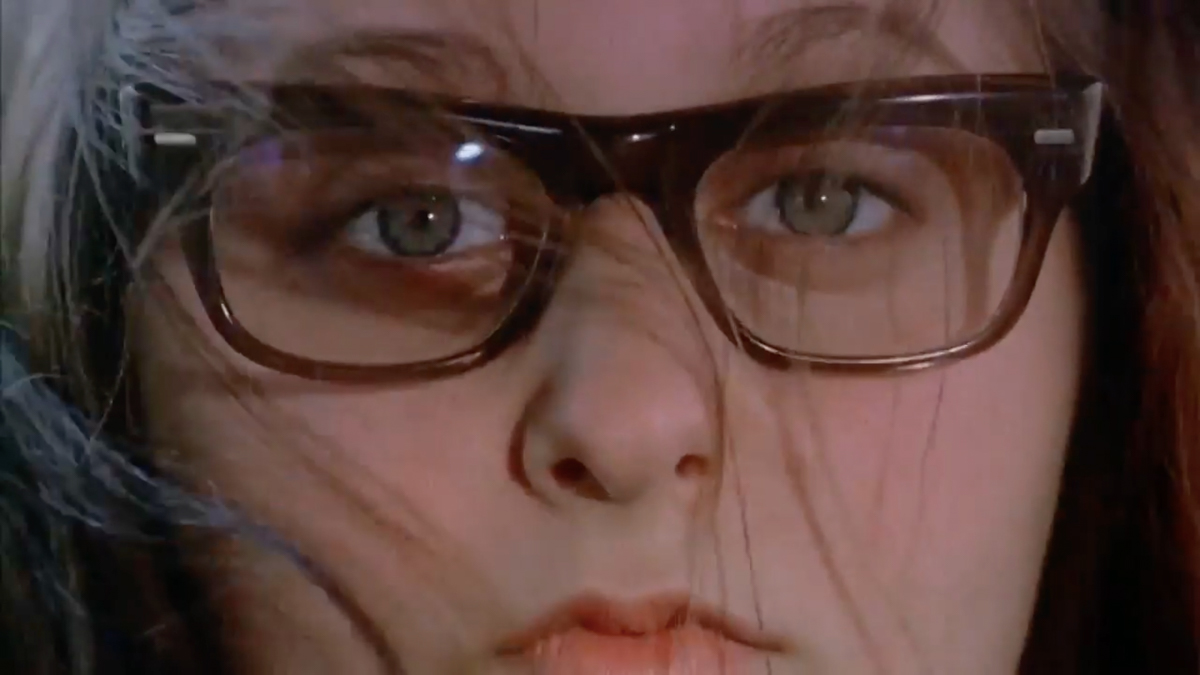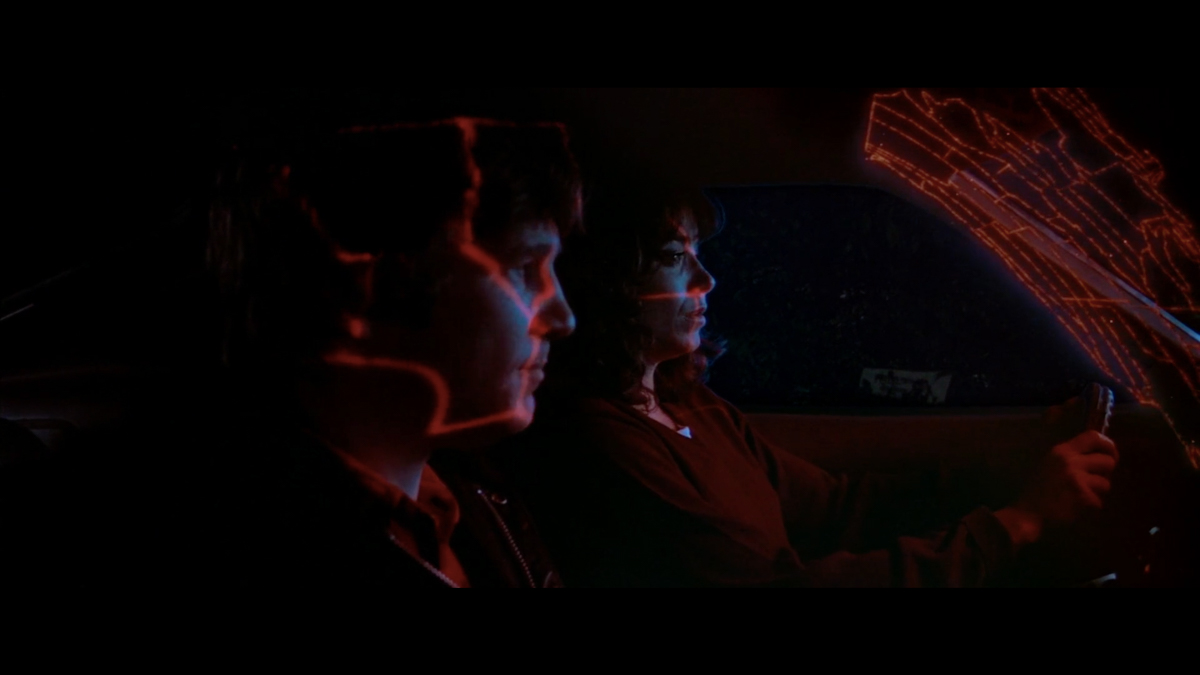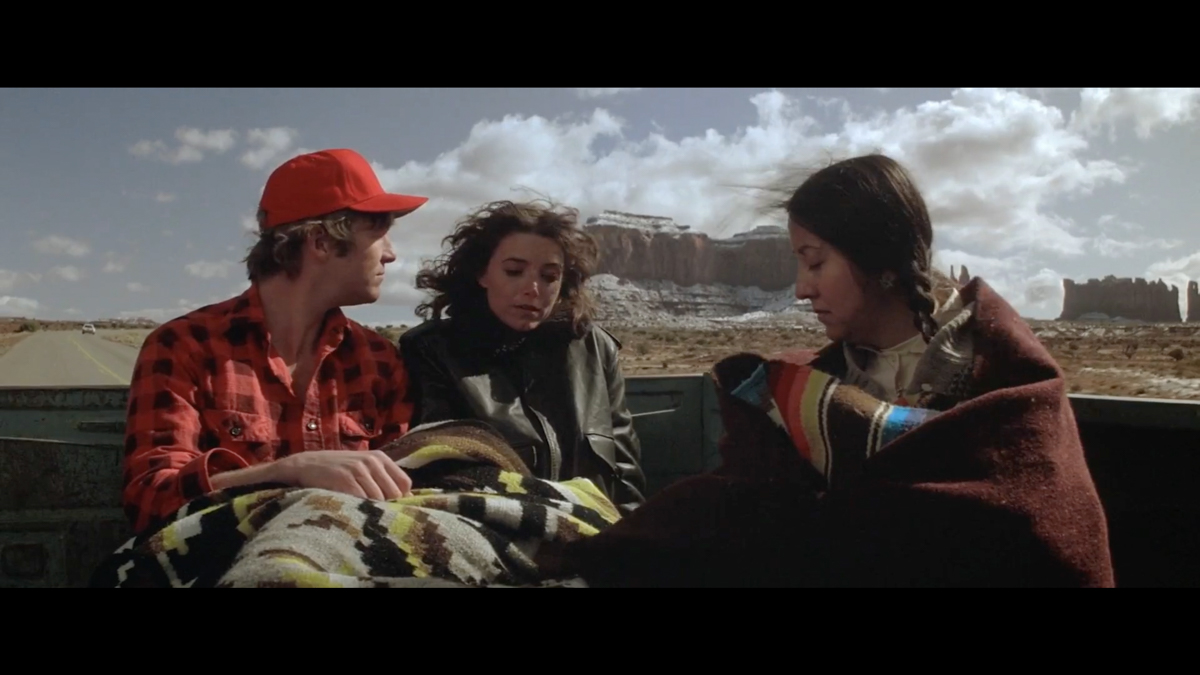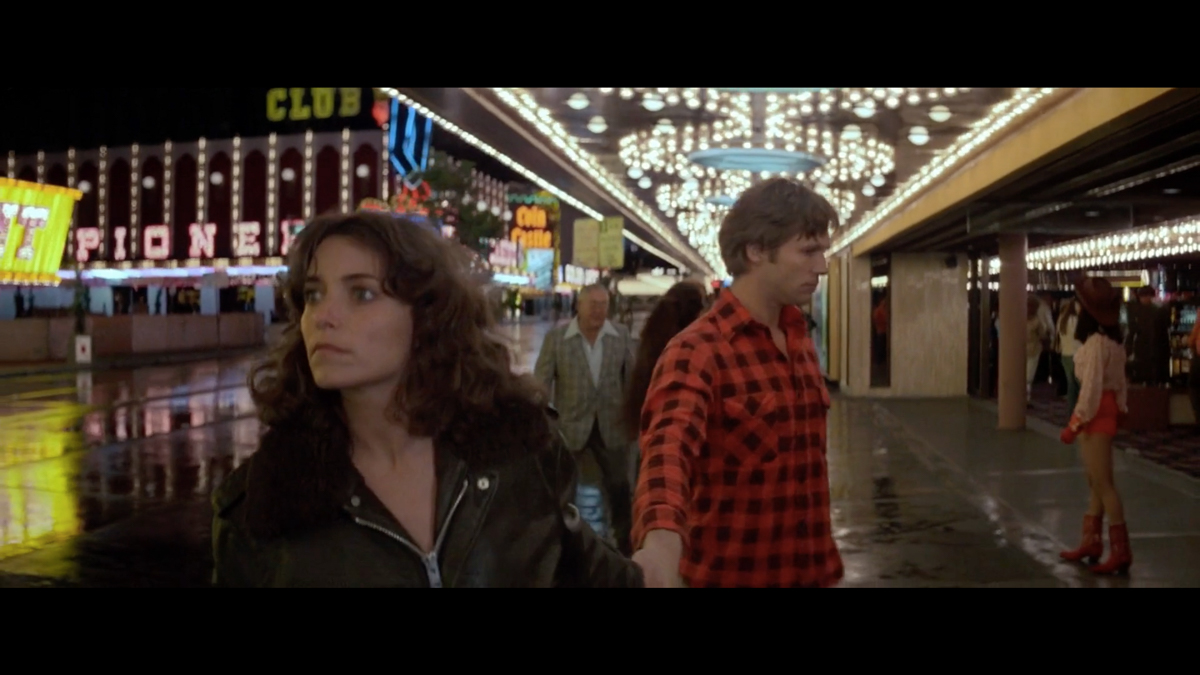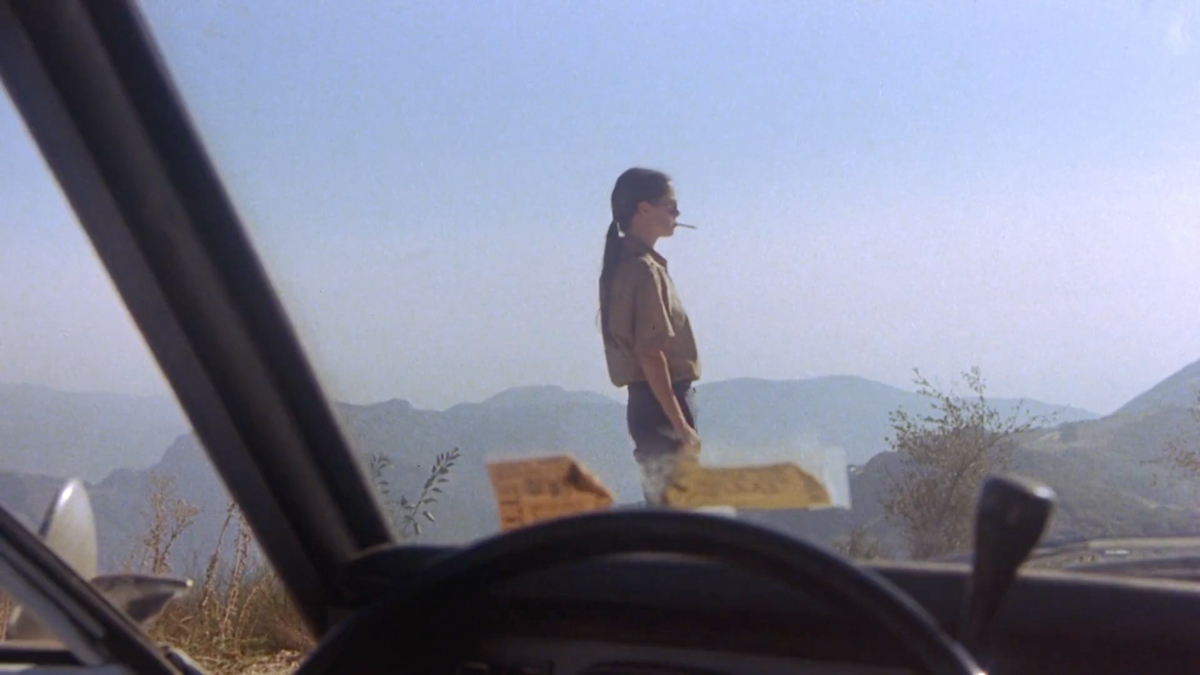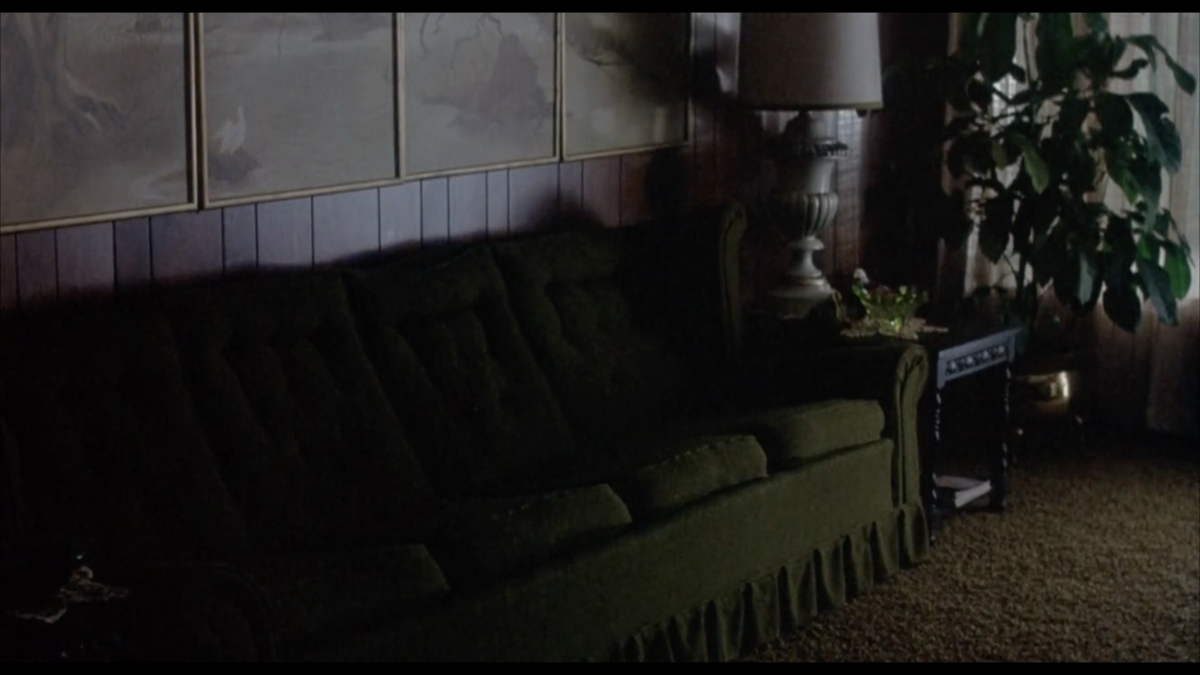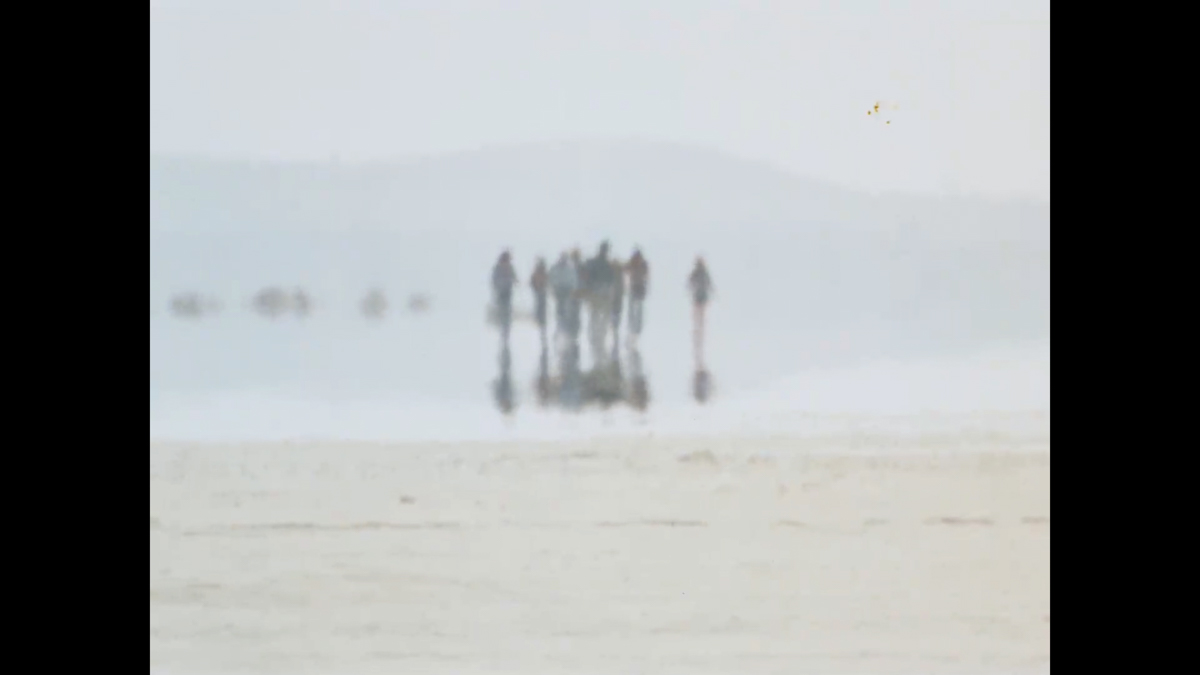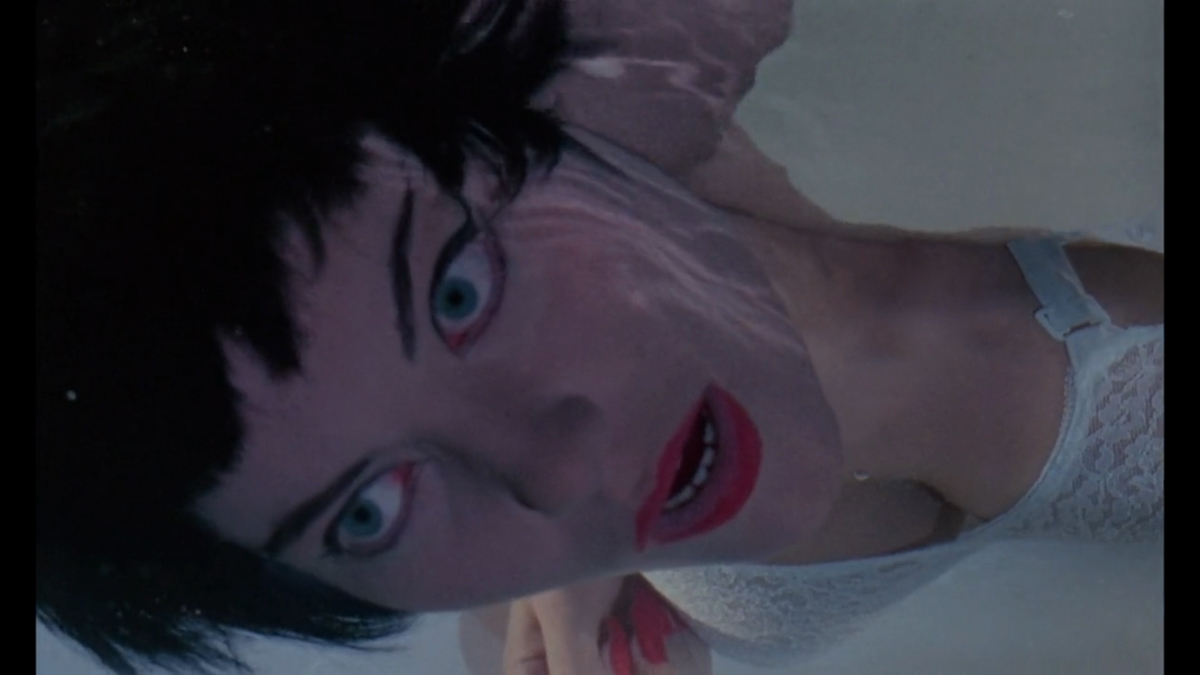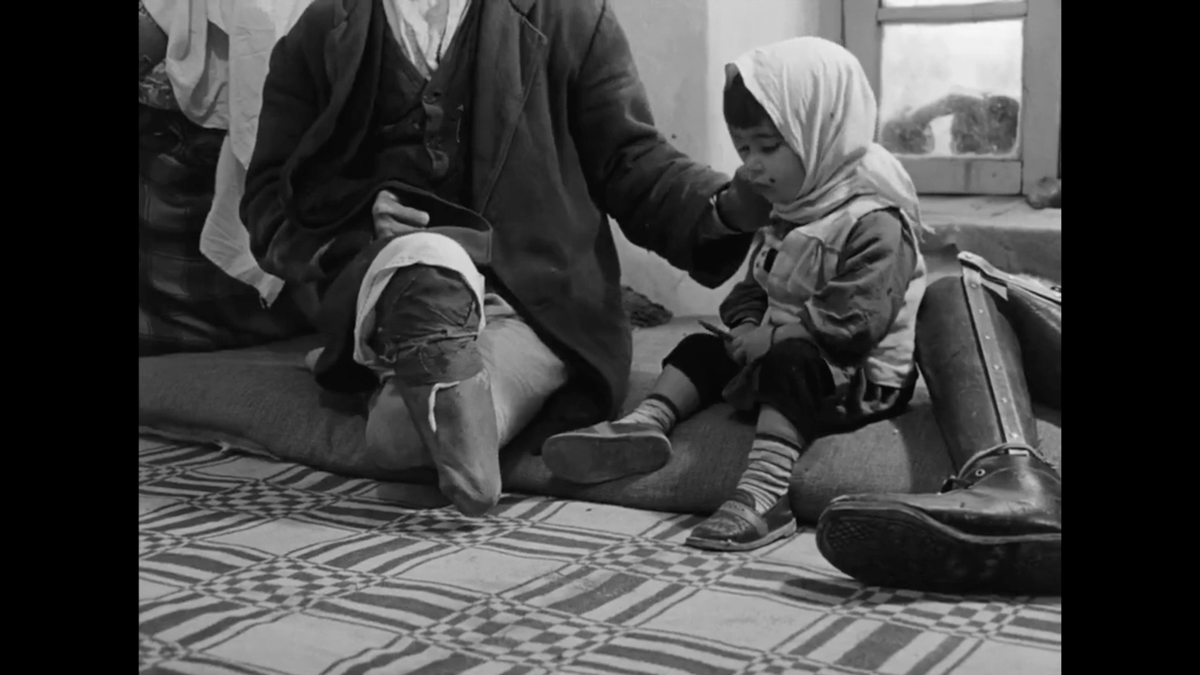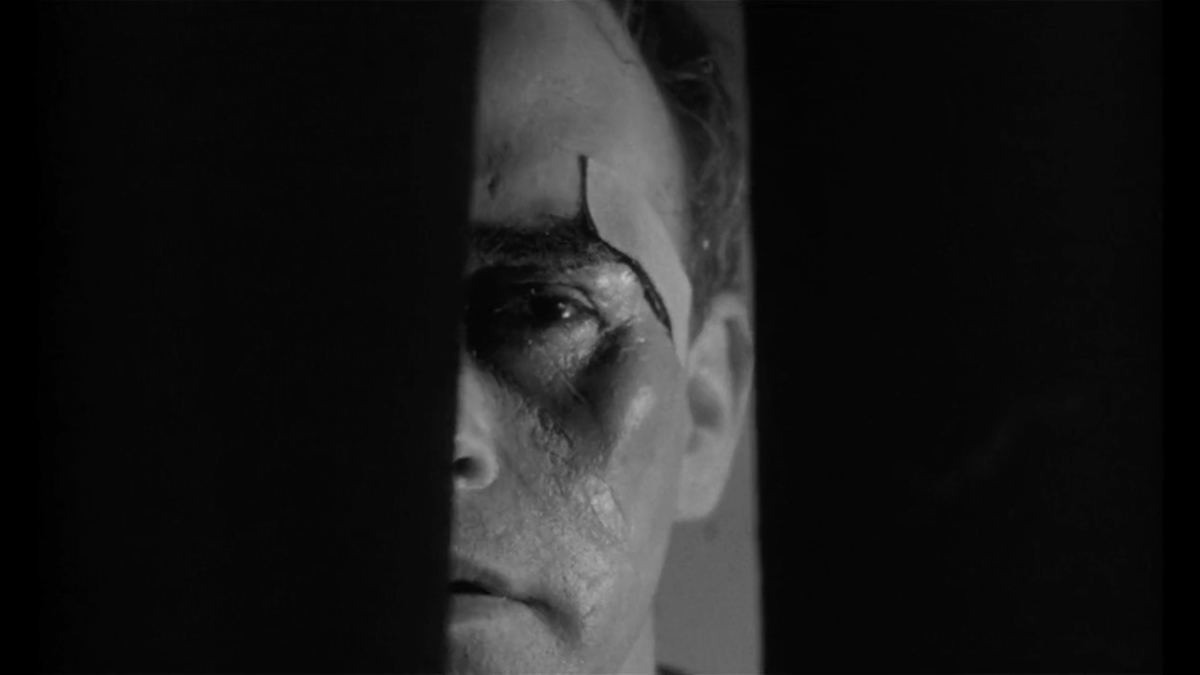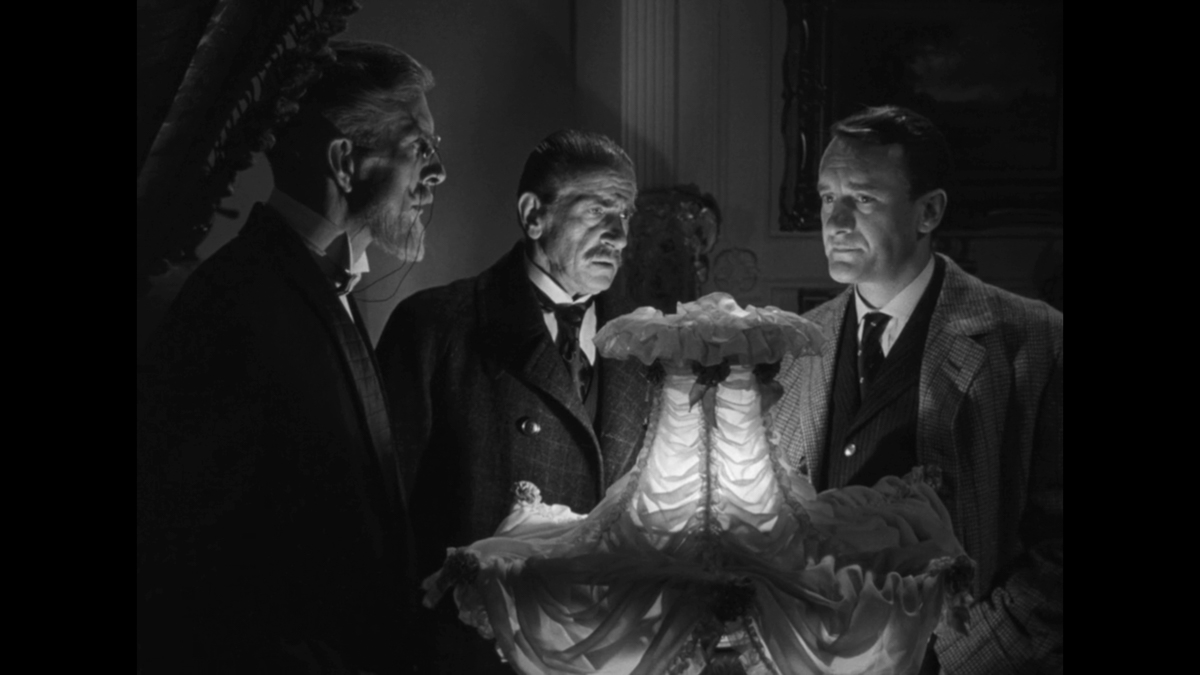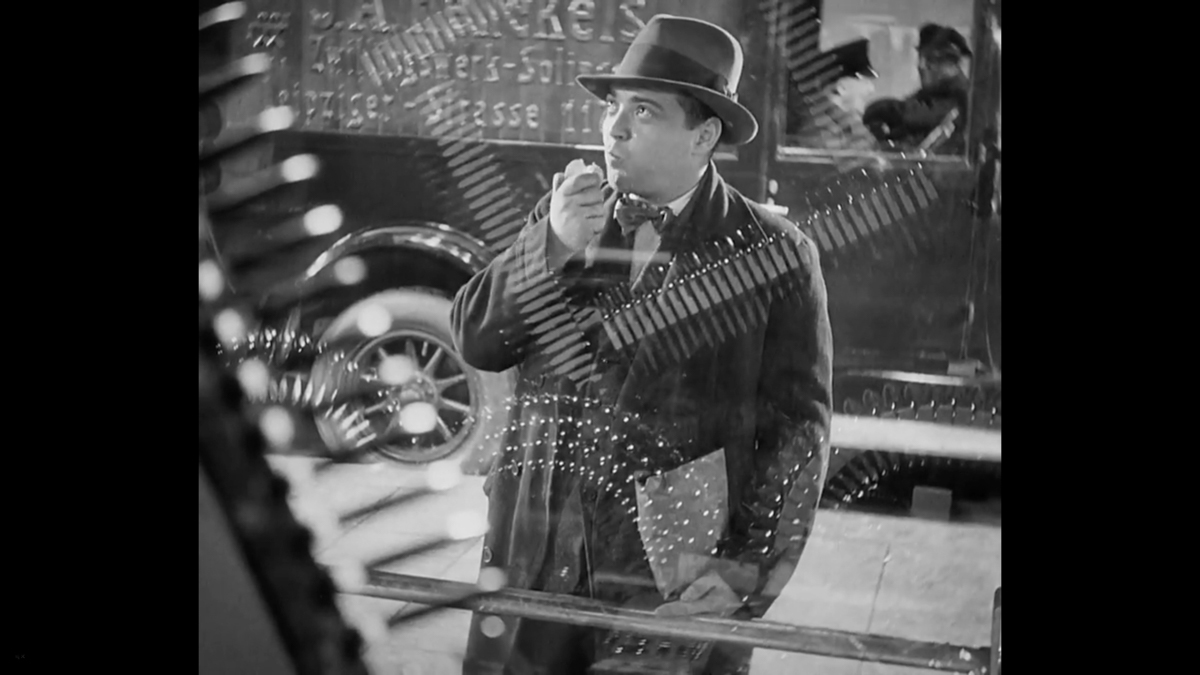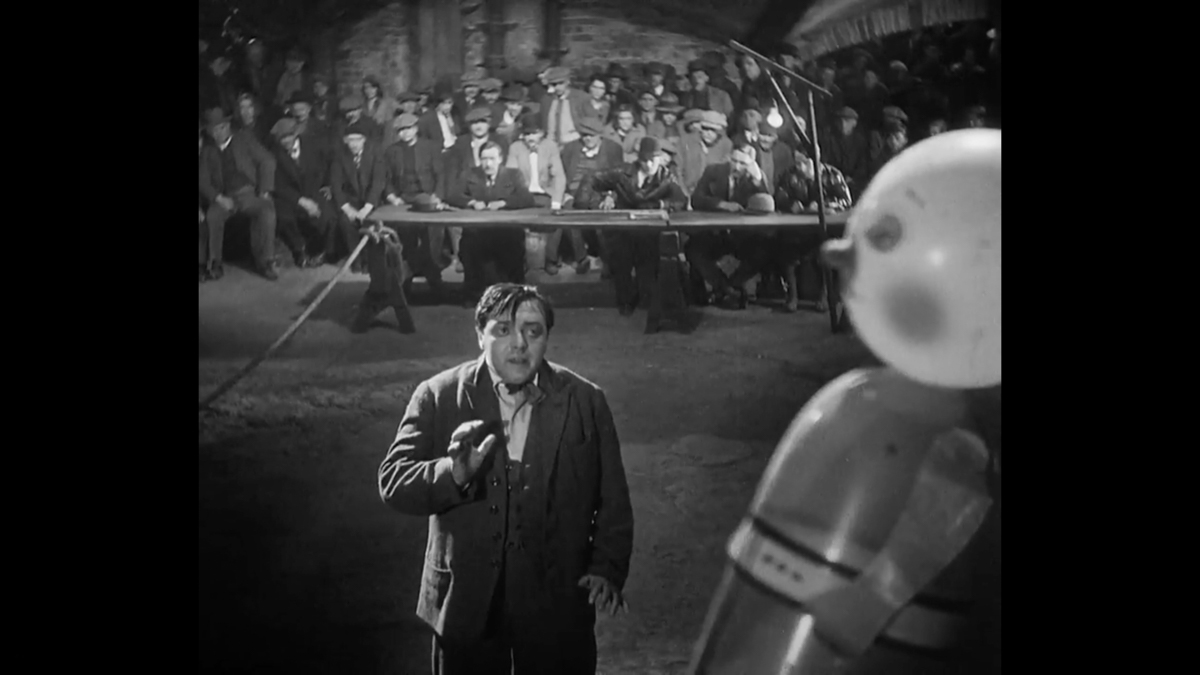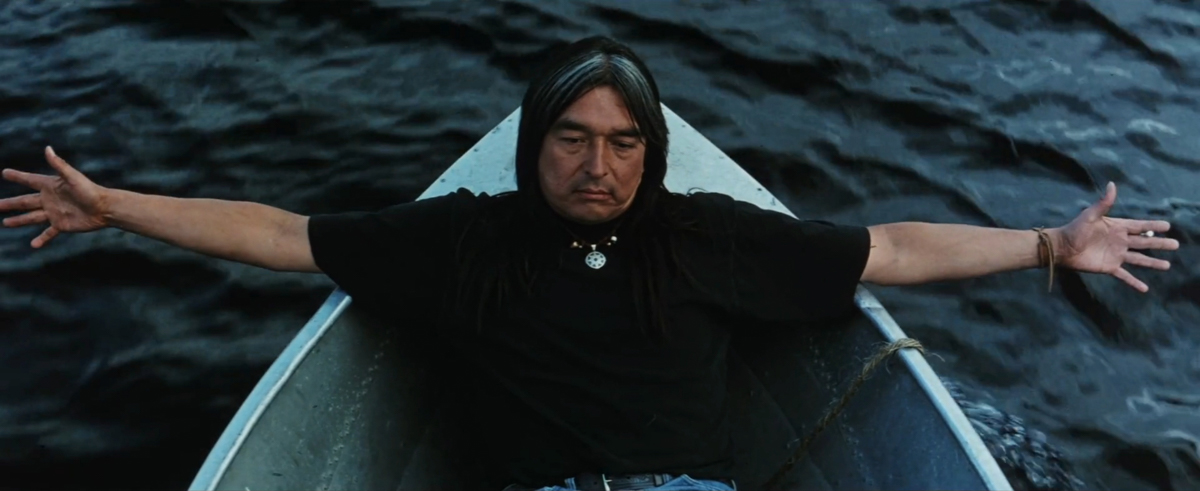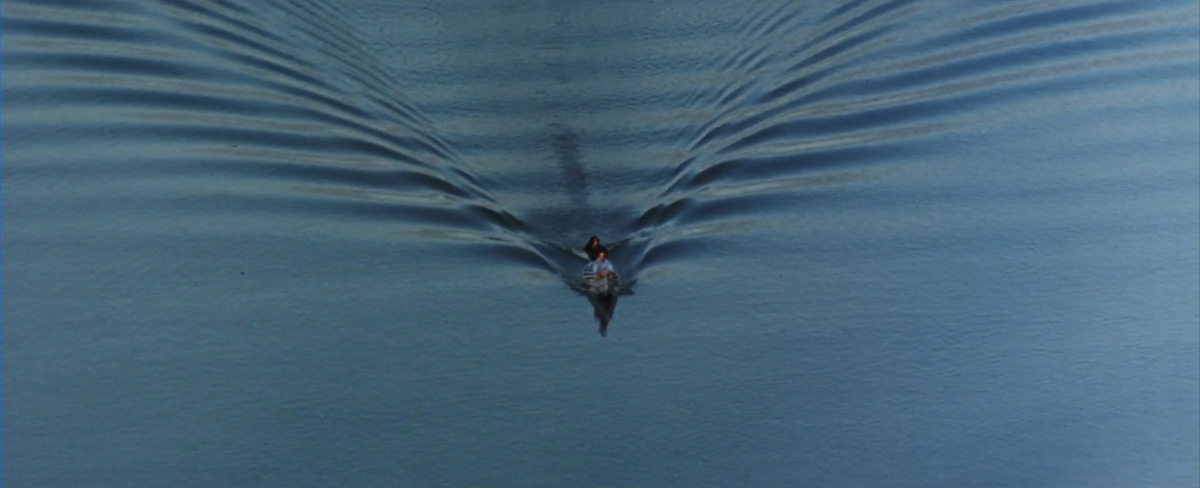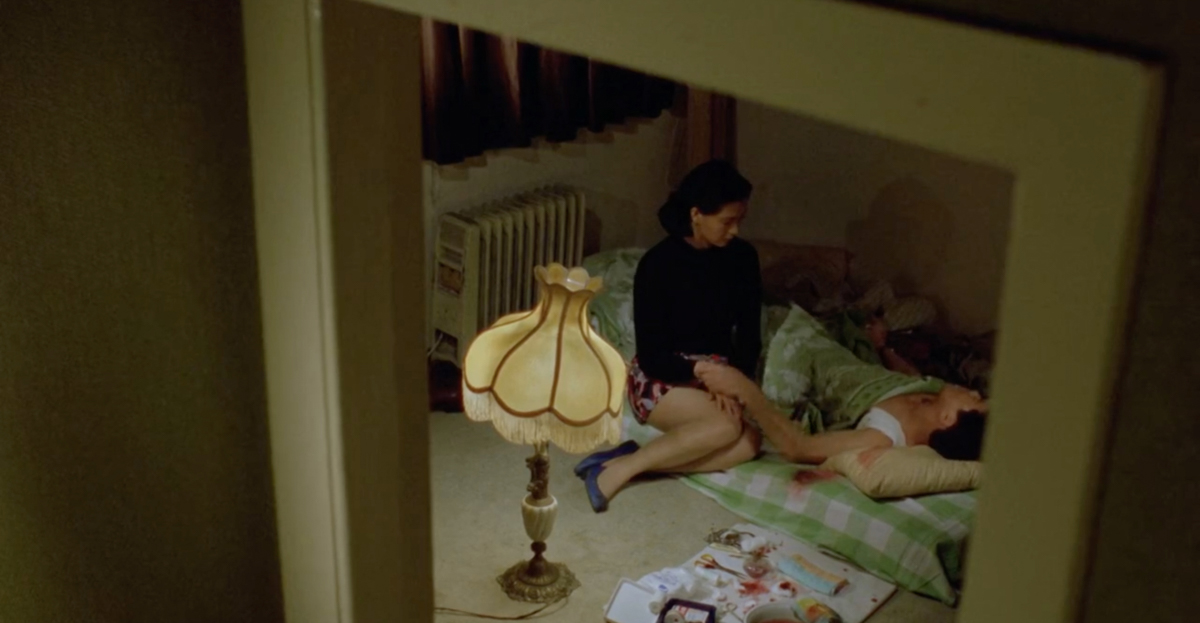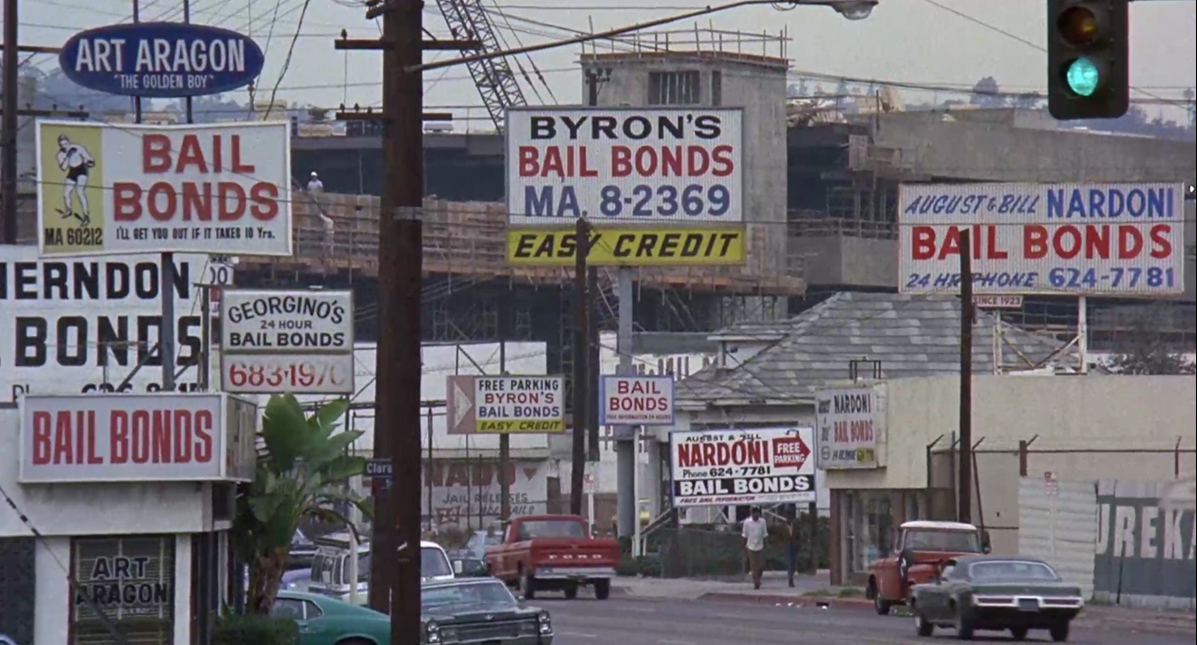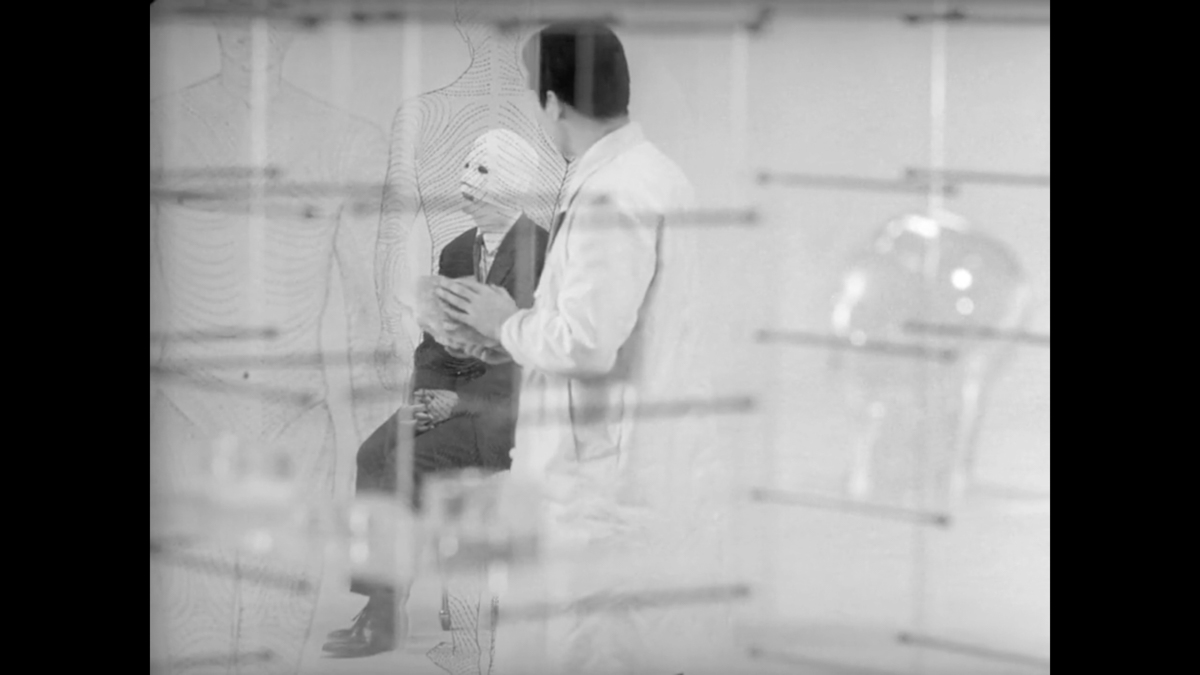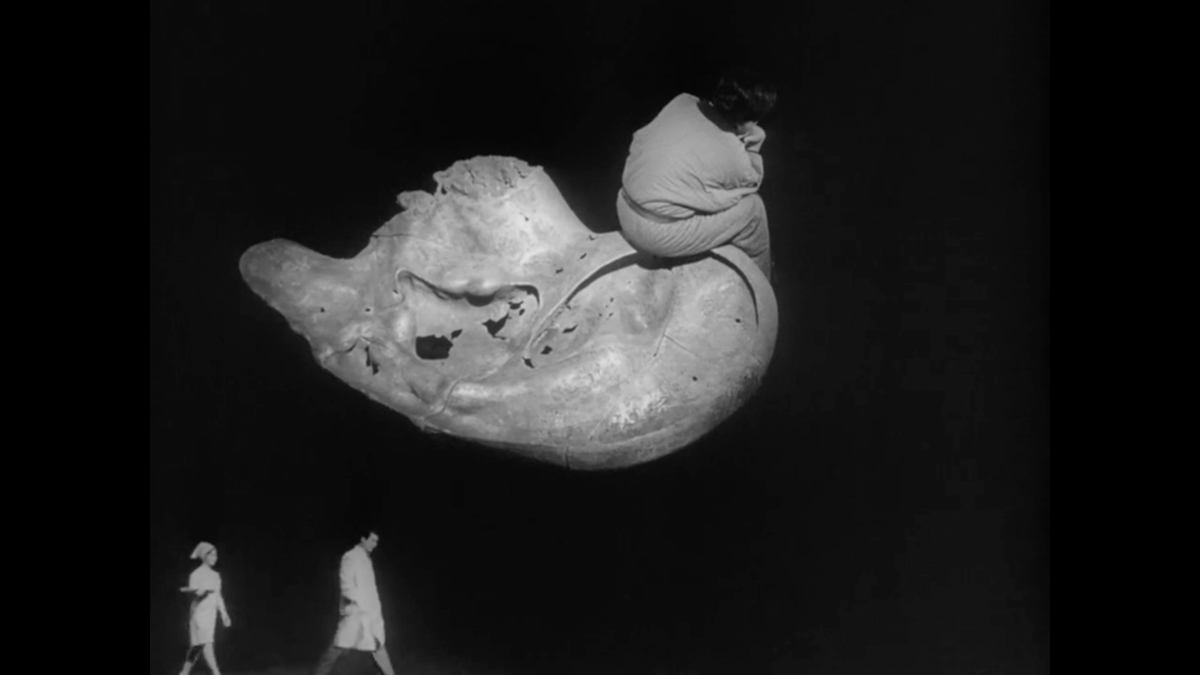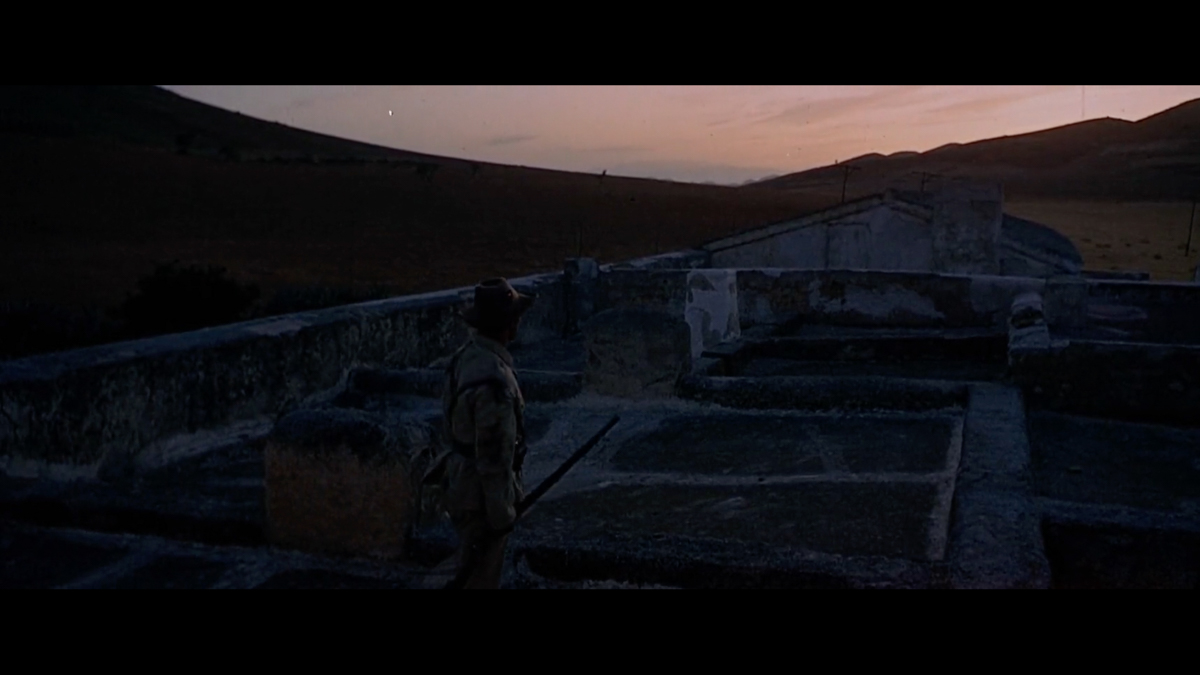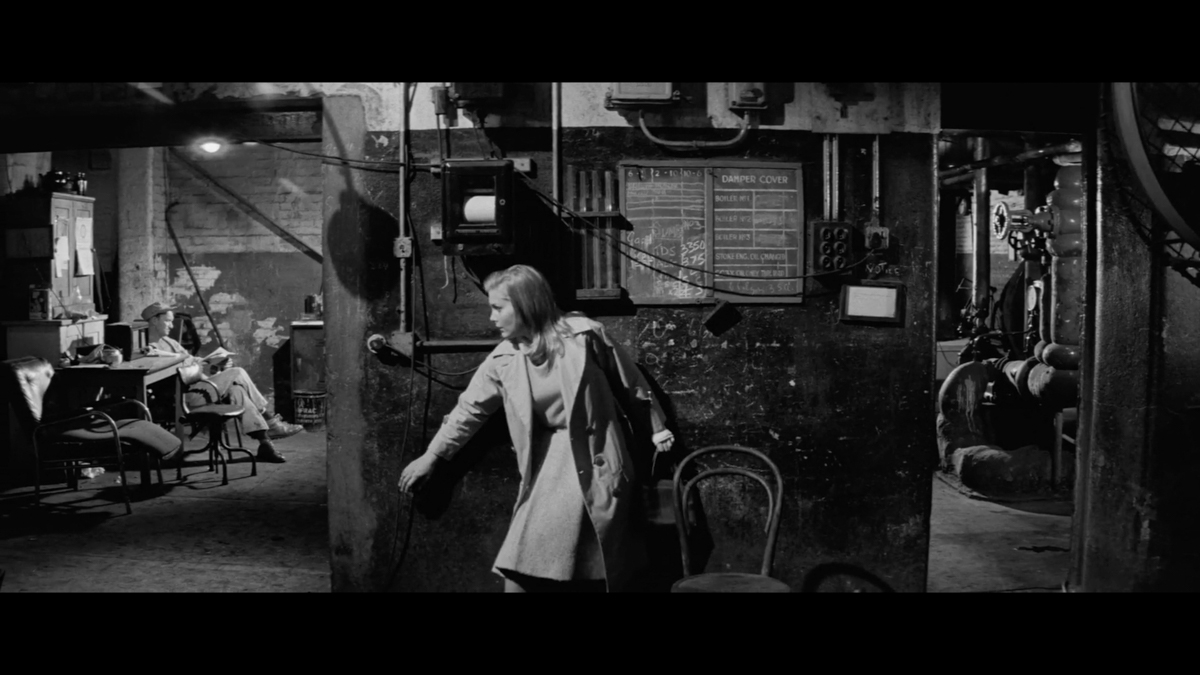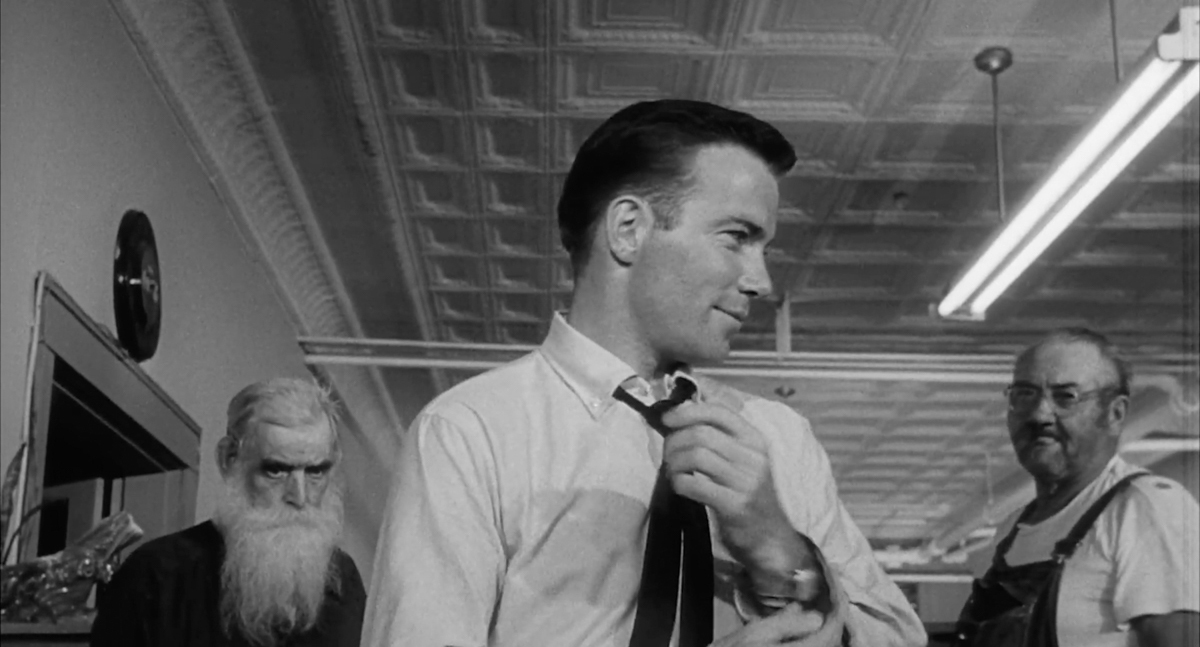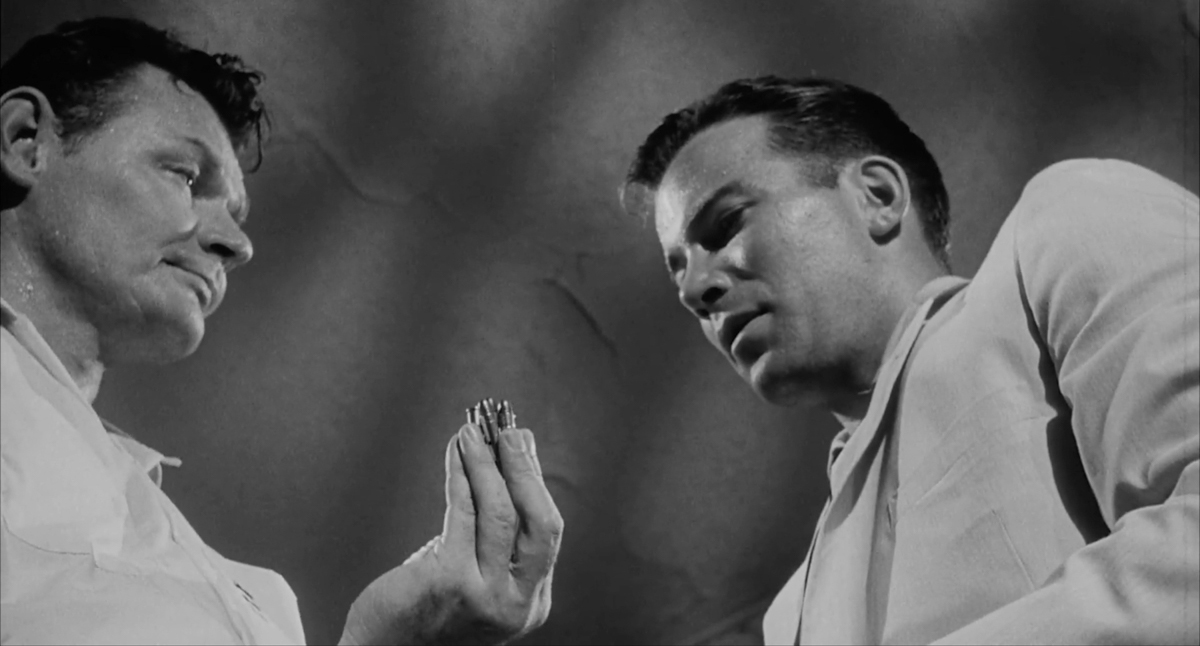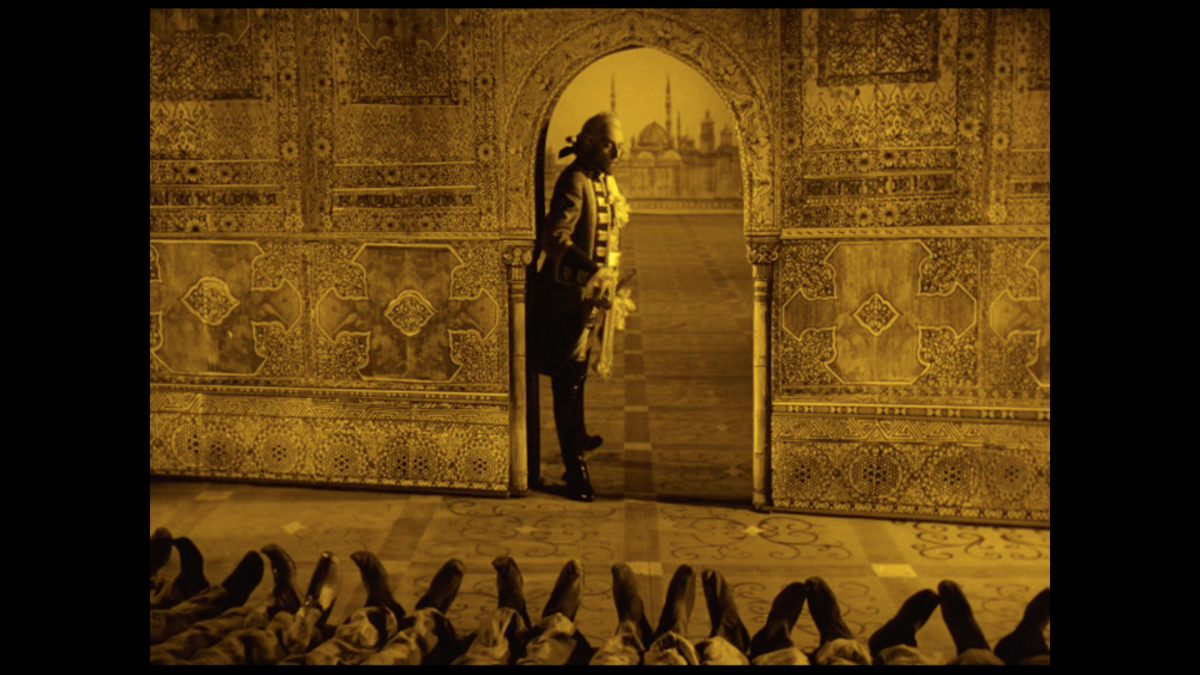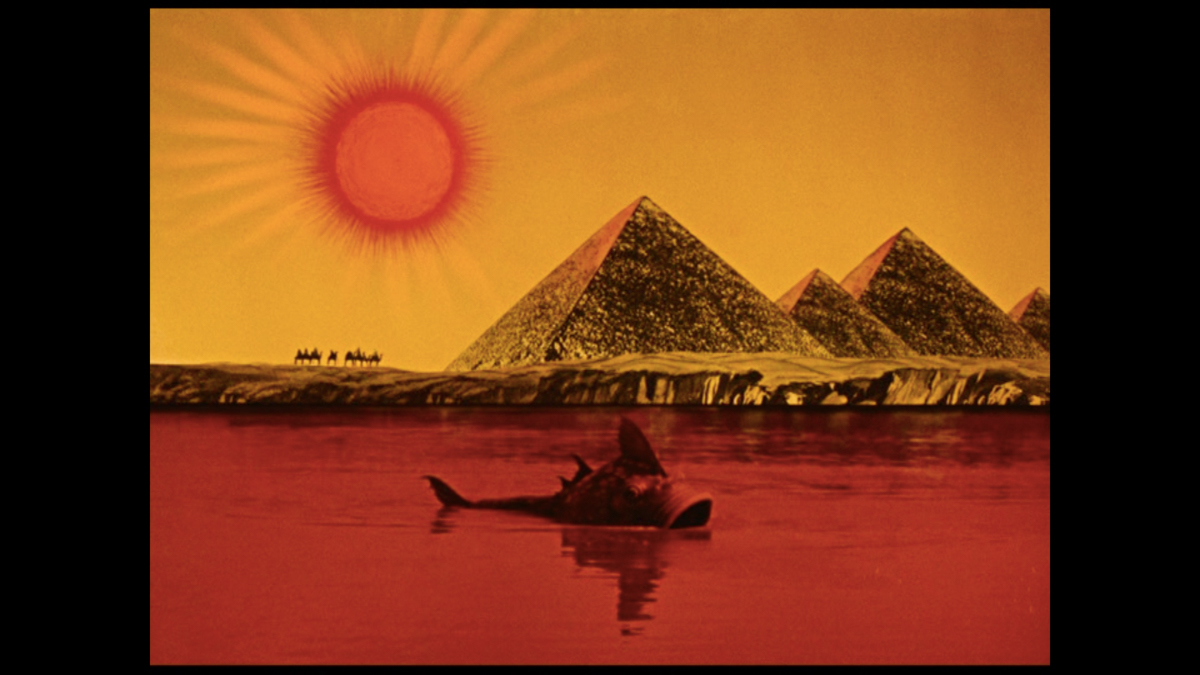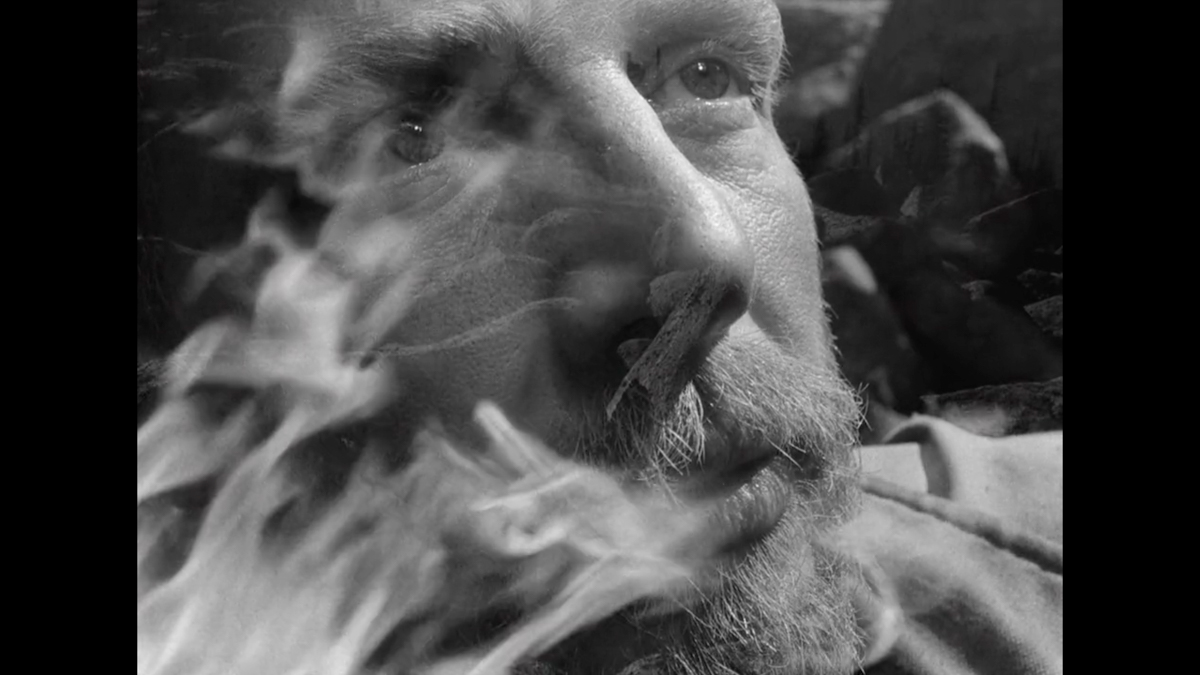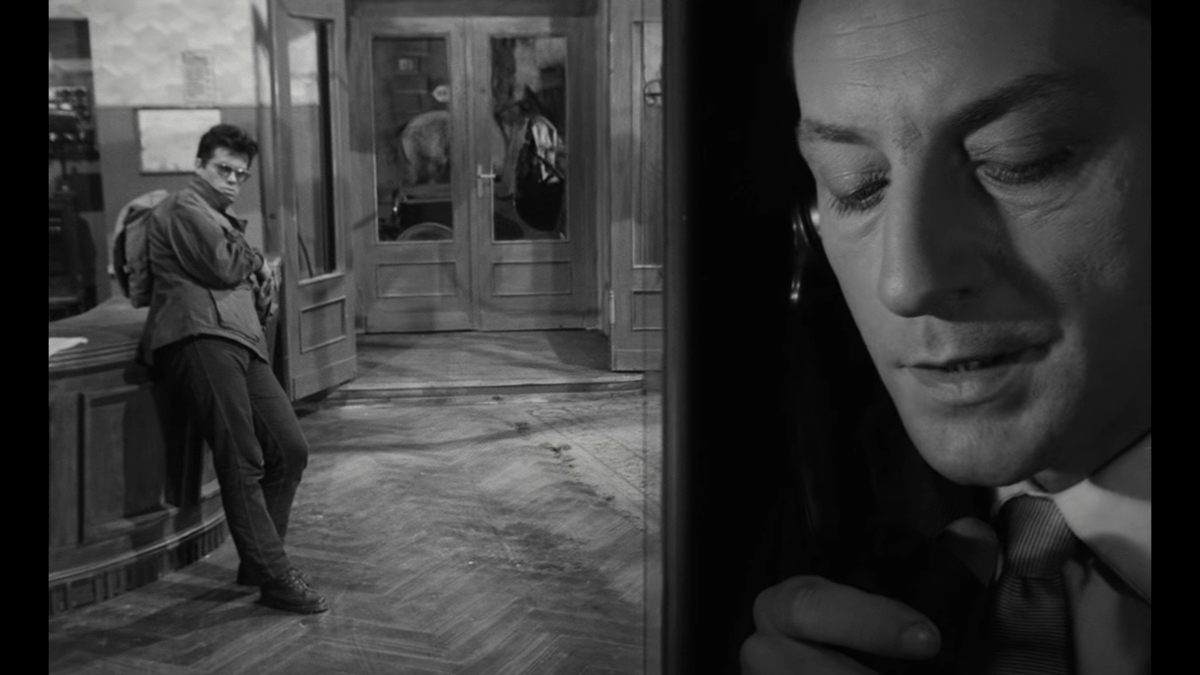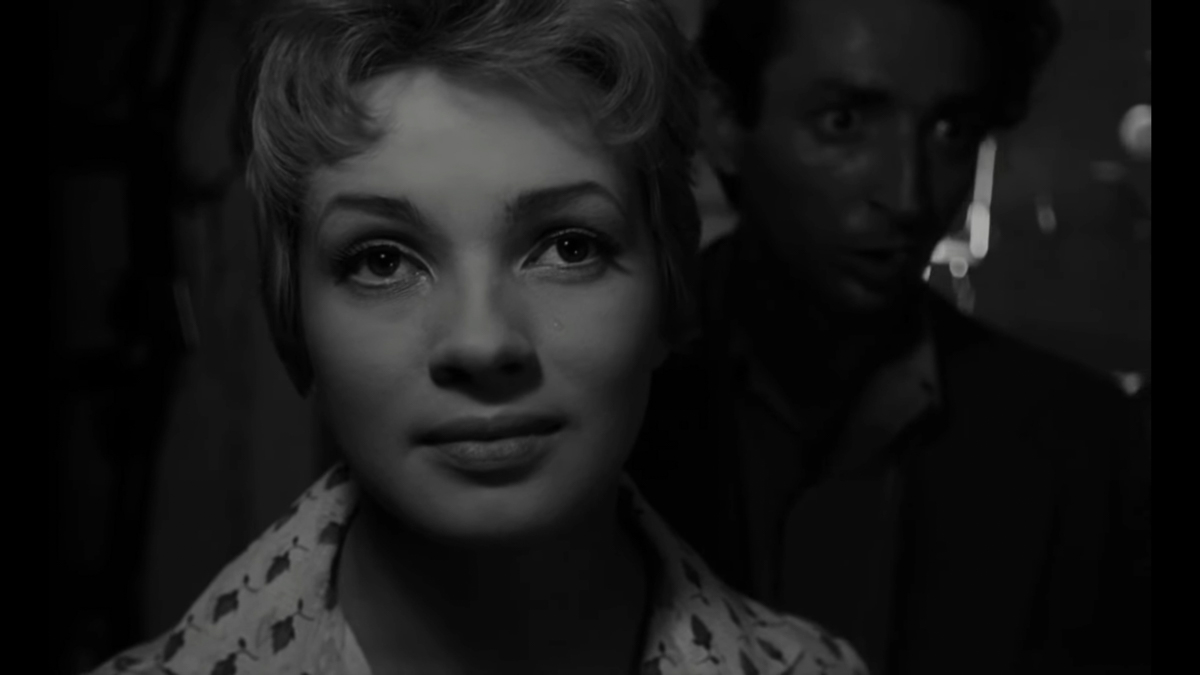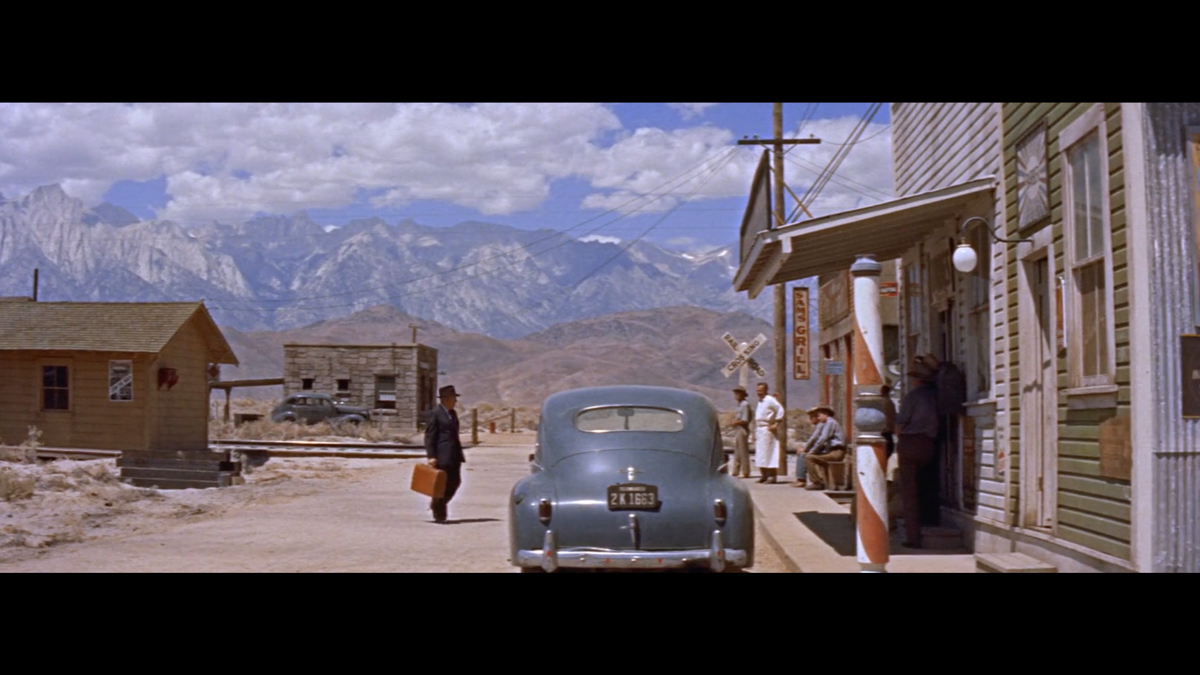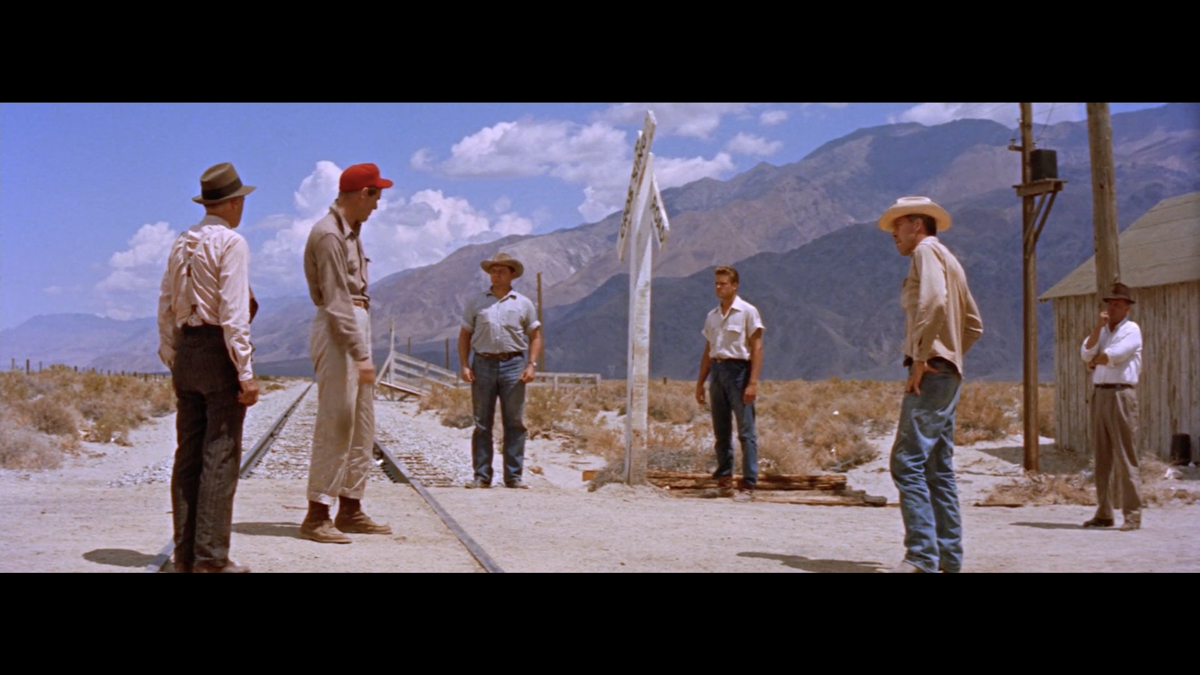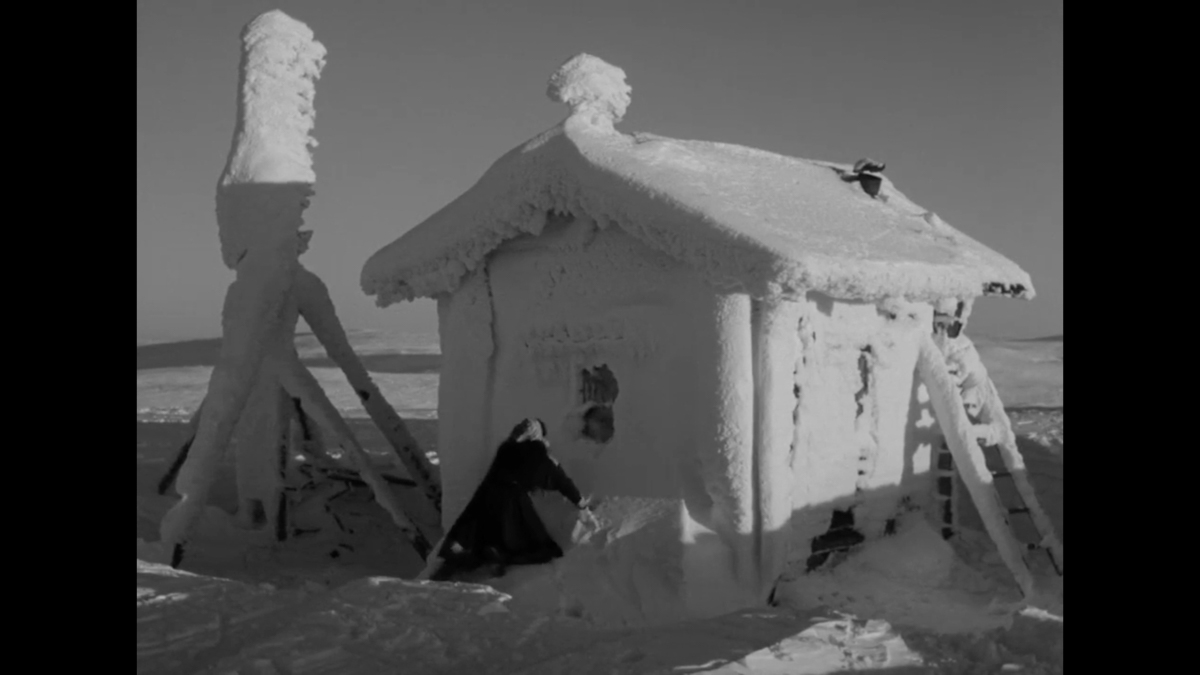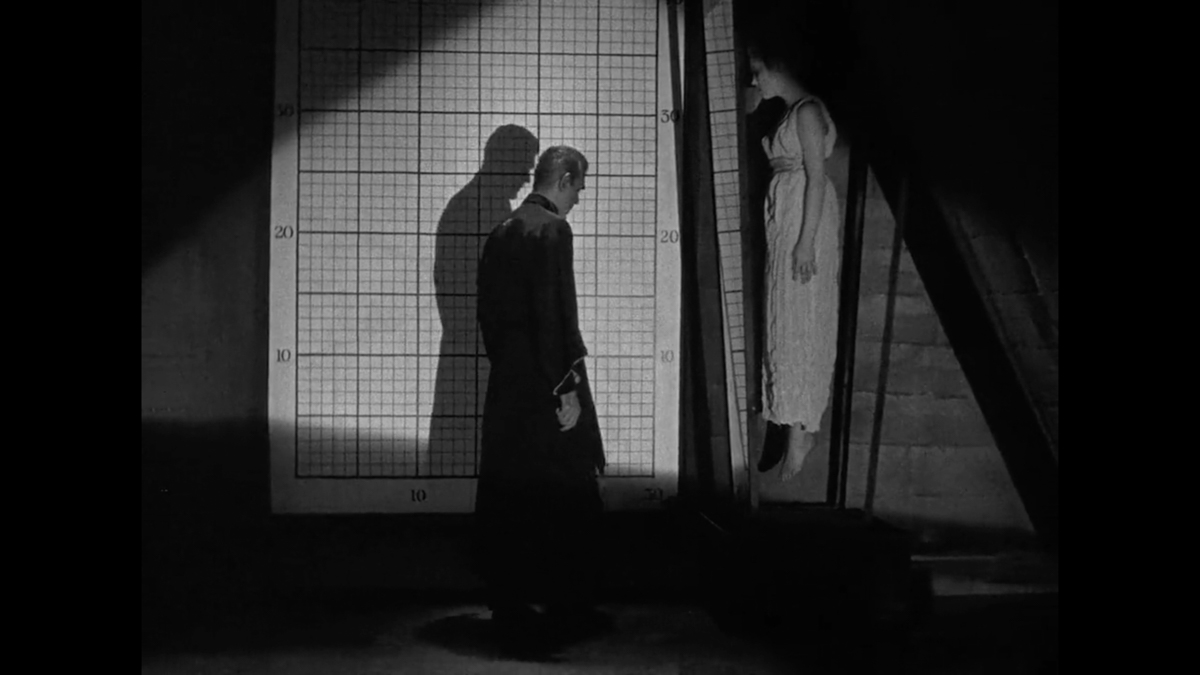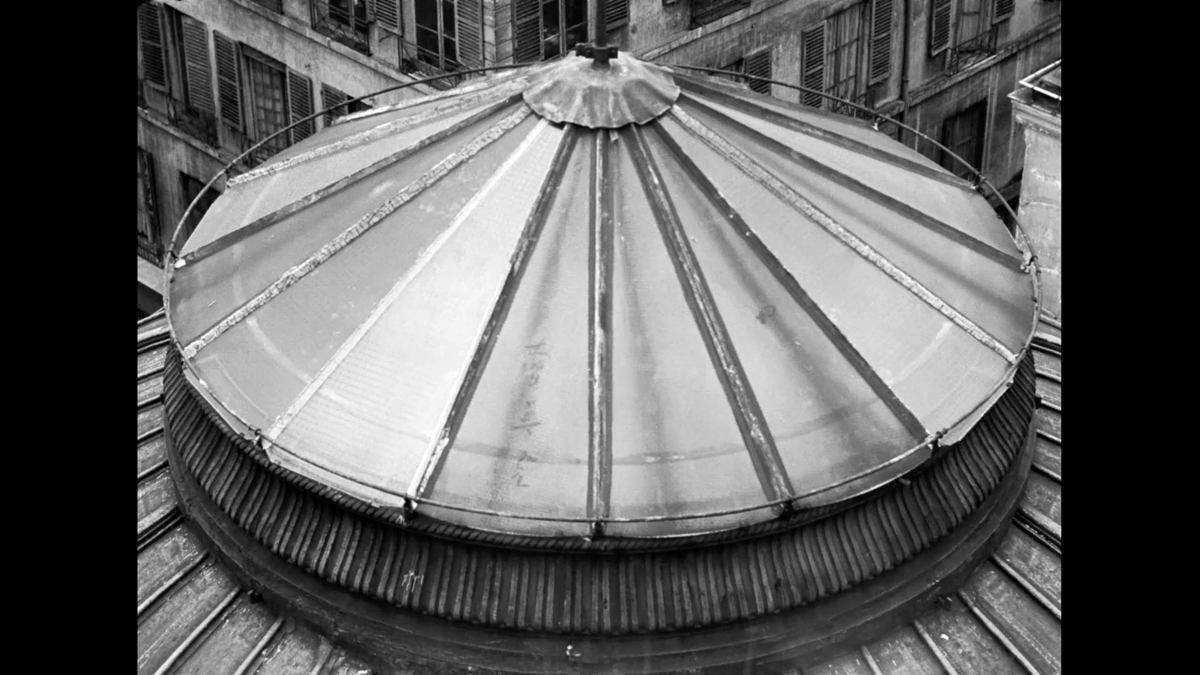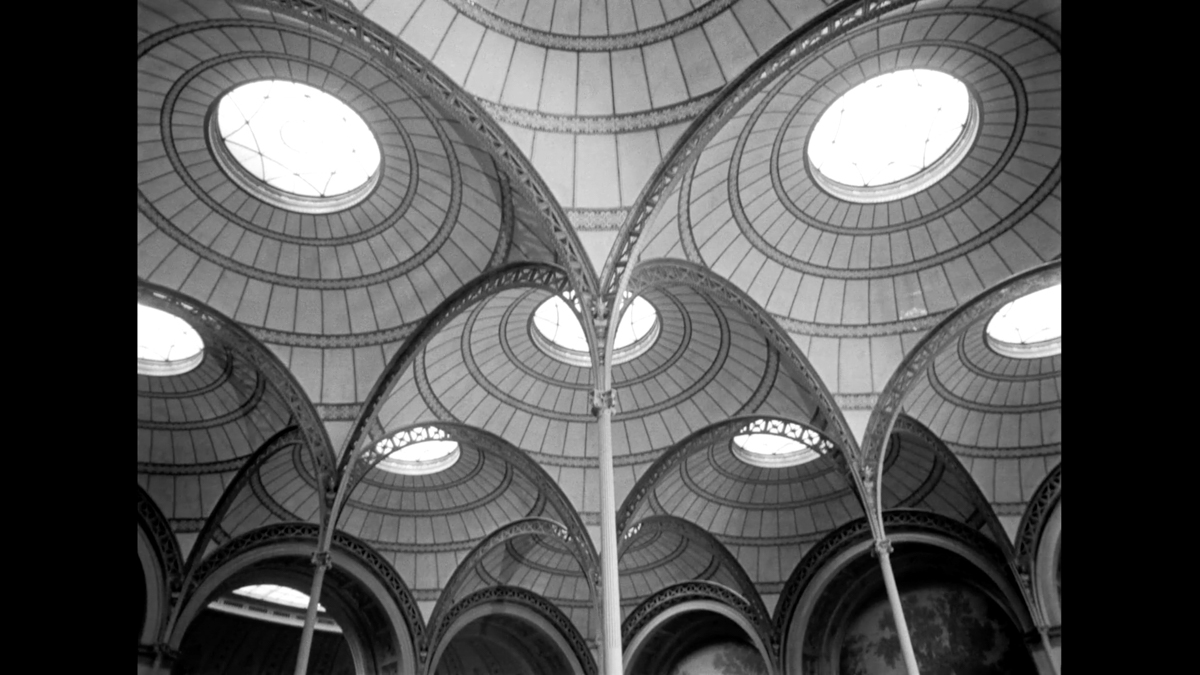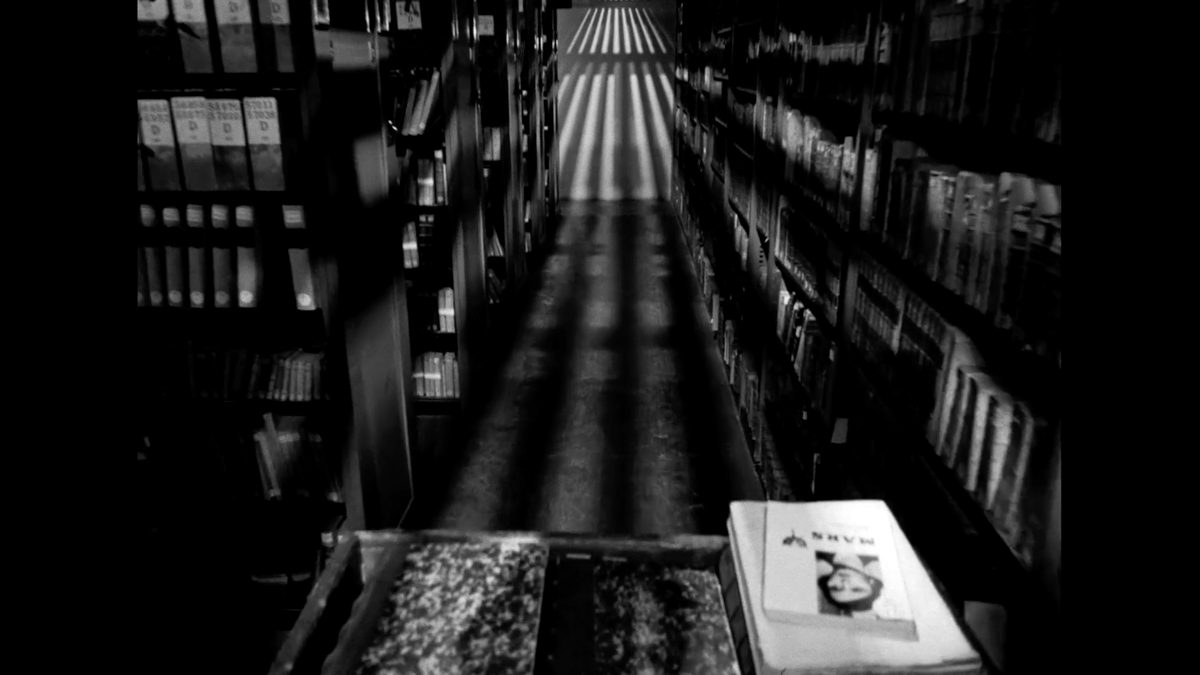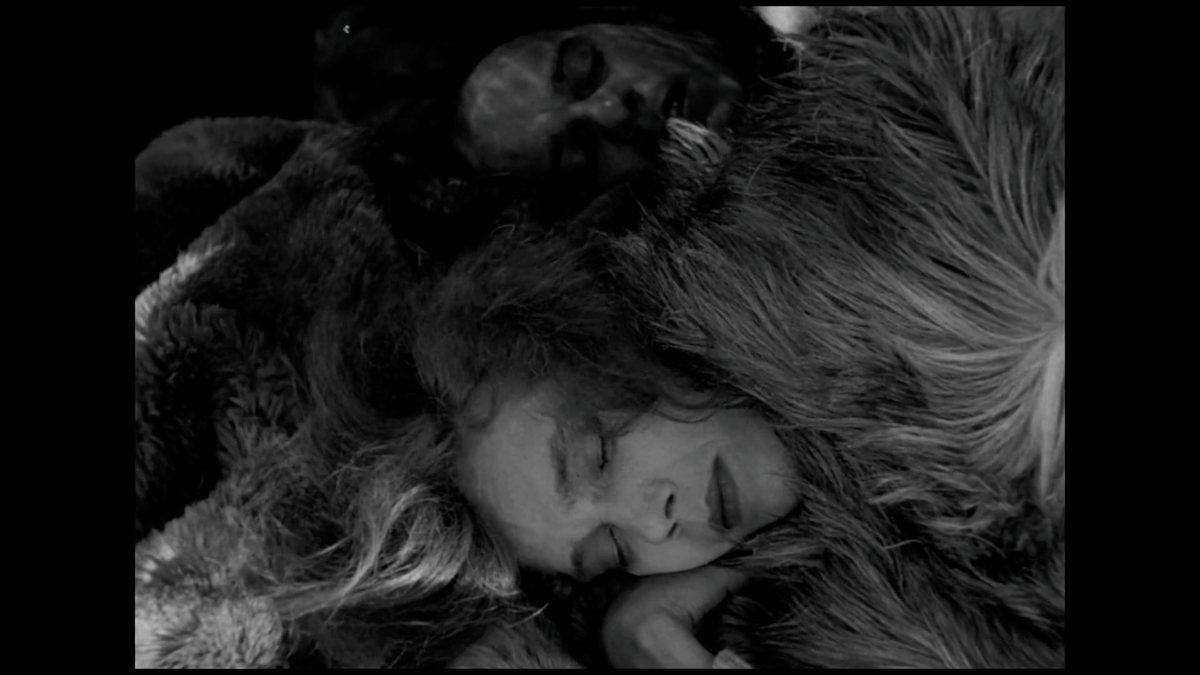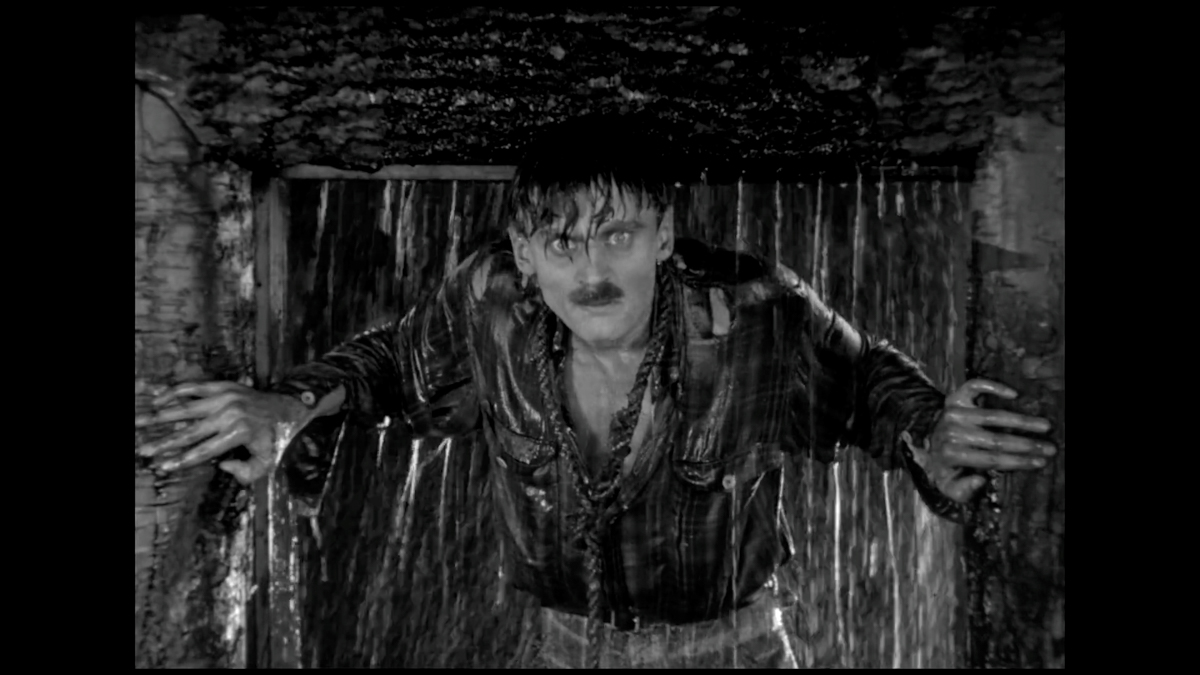Four Frames ||||
Menu is alphabetical. Entries are chronological.
January 31, 2025
Red Rock West (1993) Dir. John Dahl, DP. NiMarc Reshovsky
I’ve come to realize that I am pretty forgiving of films that are a) not reaching above anything more than pulpy fun and b) look great. Dennis Hopper is not nailing the accent and the concept that Cage can’t leave this one convenience store town (that has a fully functioning, 24 hour hospital) sometimes borders on magical realism but this does pull off a fully ‘all baddies’ neo-noir terrarium with satisfying, twisty developments. That said, I do feel robbed of the potential Nic Cage, Dwight Yoakam road movie this teases for a moment.
✺
January 31, 2025
Time Without Pity (1957) Dir. Joseph Losey, DP. Freddie Francis
Always delighted when a film lives up to a perfect title. It’s interesting how few of the reviews are focusing on how experimental and pioneering this thriller from the blacklisted, expat American director is. Joseph Losey immediately blows up the mystery gambit so we can focus on McKern’s parasitic manipulation. The structure and editing is kinetic and hallucinatory — running from one blackout to another in the same claustrophobic way that Wake In Fright is woozily propulsive. The BBC sci-fi journeyman Tristam Cary’s score is incredibly inventive, sometimes bordering on experimental sound design during moments of violence and mental lapses.
Mostly, I’m amazed this isn’t cited more frequently for it’s incredible cinematography. The absolute glut of metaphorical framing, loitering clocks and beautiful mirror shots included to put viewers in Redgraves’ mind as he sees the repercussions of his negligence and “bad blood” echoing out generationally is phenomenal. The film also seems like it has something smart to say about alcoholism, with Losey constantly reminding the audience that all of these characters are perpetually soaked in booze but the introvert who doesn’t play the part is more easily stigmatized. On top of all this, great performances all around — especially McKern’s sociopathic Northern bulldog, which felt a little proto-Kingsley in Sexy Beast at times.
✺
January 31, 2025
Woman on the Run (1950) Dir. Norman Foster, DP. Hal Mohr
A little like The Narrow Margin in the way it’s only a noir in the dutch angles and the pastiche of the dialogue but otherwise a very brisk, bubbly film. The title is a feint, actually about razor sharp badass Ann Sheridan attempting to find her loopy, not terribly talented artist husband who was the only witness to a murder. Like Thieves’ Highway, the amount of juice this gains by setting the action on location in a San Francisco that largely doesn’t exist anymore is incredible. Well deployed twist, excellent stem winder conclusion and unexpected subplot of a sparked friendship between a hapless detective and a cute dog.
✺
January 31, 2025
A Matter of Life and Death (1946) Dir. Emeric Pressburger, Michael Powell, DP. Jack Cardiff
This feels like it is tapping into a kind of postwar global existentialism where everyone was coming to terms with so much grief and willing to reevaluate whether any of their identity affirming affiliations of nationality, religion or occupations actually meant anything. The most amazing thing about this is the expansiveness of the questions it raises (geopolitical, colonial, multicultural) all completely feel natural if this is simply the interior life of a war veteran processing why he is allowed to live while everyone knows is gone.
It’s a seamless analogy movie or an expositionless science fiction film. The technicolor visual shorthand that differentiates the two worlds is perfect and using literal space as the separator between these planes is a fascinating, dreamy idea that lends itself perfectly to the gauzy miniature model visual effects. For as high concept as this is, the script is grounded and funny when it needs to be and I can’t think of a better written and performed introduction to two characters than the opening scene.
✺
January 31, 2025
I Married a Witch (1942) Dir. René Clair, DP. Ted Tetzlaff
Having only seen René Clair’s silent surrealist stuff, this does feel like a conceptual split down the middle between Clair and co-producer Preston Sturges. The tone is a bit slinky, the concept subversive and the visual smoke effects very French Dada, while the smart comedic writing, class farce and unexpected musical elements add a complimentary Sturges buoyancy. Incredible how eighty years later Veronica Lake completely sells a character that you would fall in love with and destroy your career over in the span of 12 hours.
I, for one, would not like the spirit of my ancient, intoxicated relative to speak to me at all times in my living room. Is it like a radio that you tune out after a bit?
✺
October 12, 2024
The Last Stop in Yuma County (2023) Dir. Francis Galluppi, DP. Mac Fisken
Surprisingly solid hostage thriller that reminded me a little of How to Blow Up a Pipeline in the way it feels a bit out of time in a really great way. I appreciate the confidence to be small, primarily working in a single location but scaling the walls to make the presentation of the space consistently dynamic and reflective of the tension. Very solid character actor casting, effective diegetic music and sound design and well structured, believable escalation leading to the inevitable shitshow. Thankfully, more Heat Lightning / Coen bottle episode than Tarantino send up.
Good seeing Farmer Zack.
✺
October 12, 2024
Wild at Heart (1990) Dir. David Lynch, DP. Frederick Elmes
In hindsight, there are maybe six roles here where I couldn’t imagine anyone on earth playing them better than the people who are cast here (including Crispin Glover’s minute and a half appearance). All of the Wizard of Oz stuff is a little surface level but its a love story between two characters that are a little dumb, so it works for me. Maybe the most beautiful looking color film that I have seen from Lynch.
Wrapping up a little series of weird romance/violence pulp which feel cosmically aligned in this, Something Wild and After Hours. Overlapping themes:
- keys are almost magical objects
- casual nudity
- sudden, extended violence
- sudden, extended musical sequences
- revolving doors of the most talented and well written side characters ever
- “bathroom confrontations”
✺
October 12, 2024
Zerograd (1988) Dir. Karen Shakhnazarov, DP. Nikolay Nemolyaev
An anxiety dream about getting trapped in nationalistic mythmaking and the horror that being lifted from that delusion means having to think for yourself. The active misinformation of all of the townspeople and fairly dense Russian history in the museum section requires a little adjusting as a viewer, to shut off some immediate sense-making portions of your brain and get on the film’s associative level. Once there, I was surprised how much this reminded me of how historical revision functions in America and what effect this myth making has on people, struggling to adopt these ever changing, poorly written scripts issued by the government to stay on the right side of history.
All of these narrative right angles and misdirects go down much easier with just how gorgeous the film looks. Scenes are framed immaculately, the set design is densely layered and there are rich cinematic shifts in tone which happen along the course of Filatov’s journey (very briefly in a Hitchcock during the sequence with the female driver). Leonid Filatov gives an incredible, nuanced performance that completely grounds the whole thing. Also, maybe the best child performance I’ve ever seen?
✺
October 12, 2024
Vanishing Point (1971) Dir. Richard C. Sarafian, DP. John A. Alonzo
While Duel is still my favorite car film, this is the best looking one I’ve ever seen. Cinematographer John A. Alonzo (Chinatown, Harold and Maude, Bad News Bears…), absolutely crushes with perfect framing, rich colors and candid portraits of non-actor locals. I can’t recall seeing waves of sand underneath car tires used to such a stunning, kinetic effect.
For the first half of the film, I think the flashback element is a very smart, lean device for filling in character backstory with zero exposition, but does become a little soggy towards the end. I love the parts with the prospector, the tent revival and the DJ but there are a few too many tangents overall and even the above side characters didn’t really resolve in satisfying ways.
While the film was very unfairly dismissed on release, I do agree with the contemporary critical opinion that it needs tightening up and that some of the style choices lessen the impact of a deeply nihilistic central message. Essentially, this is a story about a man choosing to kill himself on the job because he can’t reconcile his ethics with his contribution to a corrupt American law enforcement system. It feels like there were some production notes to slightly paper over this message with yee-haw music, hippie nips and a muddled ending. The studio obviously wanted a twangy romp but the heart of this thing is glowering stoner metal through and through.
Still, absolutely worthwhile and visually stunning.
✺
October 12, 2024
Westward the Women (1951) Dir. William A. Wellman, DP. William C. Mellor
Starts off feeling very conventional but proceeds to go harder than any other western I’ve seen from the 50s. The body count is high, the deaths are sometimes heartbreakingly pointless but the most innovative thing Wellman does is give all of these events space. For a genre that can sometimes feel like a director playing in the sandbox with his figurines, Wellman introduces a truthful, visceral, often uncomfortable grief and terror into the familiar violence. The caravan scene is harrowing because of the reaction to people seeing something they can’t stop, a death is mourned two times incredibly creatively and maybe the most experimental scene in the film is spent recounting the dead after an attack, getting at something thematic around evocation and memory.
Along with a huge cast of strong female characters, there is also a lingering misogyny from the lead throughout the film — but it doesn’t feel like an oversight in the screenwriting. An acknowledgement that this simmering misogyny is the status quo environment that the female characters need to combat in 1850 (or 1951 or 2024) is a crucial part of the dynamic and the stakes the characters overcome. I was also a bit uncomfortable with the Ito character at first, but in the end, having a Japanese character represent Asian Americans’ massive role in developing the west was a hugely controversial thing to do in 1951. Not only that, he’s a well developed character with an interior life and individual sense of morality, whereas 99% of western directors at this moment would treat the character as a punchline delivery device.
Incredibly strong, under discussed work that feels of a piece along with Bad Day at Black Rock and Run of the Arrow as post war westerns picking away American mythologies and tucking into harder truths.
✺
October 05, 2024
Slow Glass (1991) Dir. John Smith, DP. John Smith
I knew I would love this one but it does make me want an alternate universe where Smith spends the rest of his career doing the exact same thing with different building materials (marble, shingles, plaster, etc.).
✺
October 05, 2024
Something Wild (1986) Dir. Jonathan Demme, DP. Tak Fujimoto
“Hey Charlie, attempt to be cool.”
The definitive motel and convenience store movie. Keep an eye out during the Nelson scene for A) a confederate soldier B) a Busch beer advertisement covered by a Jesus Saves plaque and C) a “Wine em, Dine em, 69 em” baseball cap.
Lord, that Liotta performance.
✺
October 05, 2024
Straight Time (1978) Dir. Ulu Grosbard, DP. Owen Roizman
The first third made me think I was in for the typical 70’s New Hollywood feel-bad, when the movie tore off the road and pulled my pants down on the interstate and tore into an ethical sandbox that eighties directors would build off of.
My favorite Hoffman performance (almost a little unrecognizable here), hands down my favorite Busey and one of my favorite Stanton supporting roles. That entire Harry Dean Stanton pool scene is absolute gold. No one can sell double fisting a cigarette and a burger like ‘em.
Beautiful LA location work, too.
✺
October 05, 2024
Bad Company (1972) Dir. Robert Benton, DP. Gordon Willis
Funny, bleak, small, intermittently bloody and inventively structured western that feels very proto-Coen Brothers (who would cast Bridges and Huddleston together again 26 years later). Having the two leads both under the impression they are seamlessly pulling a long con on one another while they are constantly fucking up and being pushed farther and farther into the fray felt very realistic and dynamic. All of the trade sequences really leaned into frontier strangeness in a great way.
✺
October 05, 2024
Stars in My Crown (1950) Dir. Jacques Tourneur, DP. Charles Schoenbaum
Tourneur made 99% of the right decisions in a period of American history that Hollywood nearly always gets wrong (the 1% being the use of the Uncle Remus voice during the will reading speech). All of the characters are beautifully developed, the traveling circus scene belongs in a museum and so perfectly captures the feeling of a fever dream and an ominous harbinger of things to come. The story of disease in a small town has to be the most underrepresented narrative in popular culture, considering so many people lived through it who saw this film in 1949.
Seeing it now, the depiction of racist mob violence as a reaction to uncertainty and illness still connects viscerally, and the visual dynamics Tourneur adds levels to the storytelling. There are repeated scenes within scenes where portentous smoke and fire occupy the background in contrast to the scene’s narrative, beautiful uses of spinning objects to denote montage and the passage of time in the town, and I can’t recall any director who gets their camera so close to the klan you can almost make out their bleached out brands in their potato sacks.
✺
September 29, 2024
My Winnipeg (2007) Dir. Guy Maddin, DP. Jody Shapiro
“Who is alive?”
I’m still never sure if the first 15 minutes of his movies are bad or if I’m just in the process of being jumped into a Guy Maddin movie. One of the best cinematic memoirs ever made and a beautiful, psychogeographic portrait of a city.
✺
September 29, 2024
Shadows in Paradise (1986) Dir. Aki Kaurismäki, DP. Timo Salminen
A love letter to working class solidarity. It’s amazing how much Kaurismaki can do with so little: two incredibly compelling leads, great writing, beautiful camera movement / lighting and Helsinki’s copious dreary natural resources. Less creative directors would turn this material into a kitchen sink drama but Kaurismaki makes this so funny and uplifting (in a Finnish way).
I love that the bingo hall scene here is the mirror opposite of the porno theater scene in Taxi Driver.
✺
September 29, 2024
Saint Jack (1979) Dir. Peter Bogdanovich, DP. Robby Müller
Respectively, one of the best movies about expatriates, colonialism and sex work that I’ve ever seen, and one that I didn’t even know existed before this year. A phenomenal, totally inhabited performance from Gazzara that is just as warm and affable up front as it is revealing and weighted in the latter half. Denholm Elliot and Monika Subramanium are both so great and “the British Group” are like live action Chuck Jones cartoon, doddering through the landscape.
This feels like a response to seventies film nihilism about people working outside the legal world, often rooted in fear-based Christian morality, instead illustrating these figures as people who survive by reputation, and whose interactions and goodwill towards their community is necessary to their own survival. In a more cynical movie, this could come off transactional, but the film excels at a more vulnerable and honest worldview, that we are all in this mess together. A wild mix of hard-edged world weariness and genuine human empathy.
Watched again after reading about how Robby Muller joined the production right after working on The American Friend. Feels like he was only involved in some of the work, or maybe Bogdanovich hemmed him in. While it all looks good, there are only intermittent Muller face melters — the foggy purple bridge scene, the sex worker pick up sequence and that great “peacock” walking shot between Gazzara and Elliott. Even better on the second watch.
✺
September 29, 2024
Seven Second Love Affair (1965) Dir. Robert Abel, DP. Les Blank
Corny narration but otherwise amazing document of the totally insular and unique Long Beach drag racing subculture. Blank is listed as cinematographer but I am pretty sure he functioned as the guy who shot all of the B roll because so much of it has his roving quality; zooming in on interesting faces, getting distracted by strange stamp collectors, wandering away from lead characters to follow odd interactions, weird kids, etc.
Very happy to read that The Iceman lived an extremely long life and passed away last year, especially considering that DIY asbestos racing suit.
✺
September 29, 2024
Meshes of the Afternoon (1943) Dir. Maya Deren & Alexander Hammid, DP. Alexander Hammid
Basically a dance with the camera at many points. Beautiful —
✺
September 21, 2024
Lightning Over Braddock: A Rustbowl Fantasy (1988) Dir. Tony Buba, DP. Brady Lewis
Like watching a local television director’s alternately anxious, absurd and lamenting dream. A completely unique piece of regional American art soaked in Catholic guilt and catacombal self reflection. Ambitions are as high as the budget is low.
Excellent double feature with other rustbelt fantasies Martin (1977) or Uptight (1968).
Rewatched this one with commentary because I found myself thinking about this one quite a bit after my initial watch. There something to the way the film is composed completely from relationships he developed in Braddock and, despite the very low budget, he utilizes the swim-y, reflective quality of eighties television production to create something that feels equally like an autobiography and a dream. It’s a premise that could be self indulgent but it’s not really about Buba, it’s a swirl of characters, memories, diversions and nagging reminders.
✺
September 21, 2024
Los Sures (1984) Dir. Diego Echeverria, DP. Mark Benjamin & Alicia Weber
Impossibly candid and cinematic snapshot of Puerto Rican Williamsburg in the early eighties. For a director who only has two credits, Echeverria feels like they have a natural sense where they need to put a camera, which elements give a viewer a sense of character through action and must have had incredible social skills that allowed him to get right up in stranger’s faces on the street and into his subject’s domestic spheres. Echeverria’s choice in subjects also provides a balanced sense of place, transitioning from criminal, maternal, religious, working and communal lenses. The speech towards the end, delivered over fire truck speakers to anonymous listeners in nearby apartment buildings was fucking crackling.
✺
September 21, 2024
The Unknown Man of Shandigor (1967) Dir. Jean-Louis Roy, DP. Roger Bimpage
I’ve never watched a movie that has felt more like a feature length dream than this one. I’ve read reviews that have compared this to some extremely wacky sixties movies and while this certainly has it’s moments, the film feels like a real dream logic hangover of WWII and the Holocaust in popular, spy genre clothing. Much like in dreams, every time things became disturbing, they also turn silly as a means of deflection.
Albinos fight soap bubbles and bald men liquify in obvious allusions to the gas chamber, mutated beasts feed on dry ice in modernist swimming pools and sculptures are scarred in chemical warfare. Nationalities are reduced to suspicious, glancing caricatures, hiding in bowling alleys and rising out of the ocean. The cast is made up of refugees of the war like the absolute titan Daniel Emilfork and the symbolism is surprisingly subtle and effective considering other bombastic choices (look for the Swiss Cuckoo clock). The camerawork is incredibly creative, floating like a fruit fly around the subjects, veering dangerously close to grasping hands and swinging car doors, and perched stoically below Emilfork’s eye bags like a gargoyle.
A visually stunning movie with gags and real substance underneath. This would be really something to pair up with The Cremator as a double feature.
✺
September 21, 2024
I Walked with a Zombie (1943) Dir. Jacques Tourneur, DP. J. Roy Hunt
The elements that Tourneur sets up in this are really great. An American and a British brother, representing twin colonial forces, who own a sugar plantation on an island founded on slavery. A mother who is both puppetting and puppetted by local religious practices. A setting haunted by intense racial violence in recent memory, which the American brother copes with through alcohol and the British through sociopathic abuse.
That said, the structure doesn’t allow the film to fully explore these themes. Tourneur spends the majority of the movie arranging chess pieces before rushing through all of the great voodoo imagery, the reveal and a couple of occult murders before screeching to a halt. It feels a little clipped, like there is something much darker and more intense that the film wants to draw out of the material but the producer slapped a bow on it at 70 minutes.
✺
September 21, 2024
The Pearl (1929) Dir. Henri d'Ursel, DP. Marc Bujard
More compositional, dreamy surrealism than a series of chaotic, Dadaist set pieces. Not going to deny the sexual element to the pearl as the driving force of the film but the overall concept is rewardingly deep, murky and steeped in early twentieth century psychology (and maybe drugs). If I were to take a stab at it: it’s the male lead’s perceptions of his competing love interests, existing in stasis in the park or as multiple people, slinking around hotel rooms in fun bodysuits looking for coin, with the young woman in a nightgown acting as his nagging conscience. Some dreamy tracking shots, artful editing and beautiful framing. Underseen standout from the movement.
✺
September 14, 2024
Exiled (2006) Dir. Johnnie To, DP. Cheng Siu-keung
Visually stunning, kinetically paced, disarmingly sweet and humanist. Audibly wowed at the first powdery blood spray; expressionist squibs that perfectly telegraph the heightened tone. Almost everything in the film billows, either in the foreground or background: blood, breath, smoke, drapery, clouds. It has that kind of rare, dreamy, omniscient style of camera movement that meshes perfectly with the film’s mythic structure. I love all of the friends and their minimal but effective characterizations, but Josie Ho’s performance here is stunning. An incredibly ambitious concept that feels perfectly realized.
✺
September 14, 2024
Blue Velvet (1986) Dir. David Lynch, DP. Frederick Elmes
A movie that I thought I’d seen but actually just watched bits and pieces of a tv edit that was playing an odd amount on Denver local television stations in the 1990s (imagine trying to make a tv edit of this thing). In retrospect, this feels very small for Lynch, who has spent most of his career exploring unending, cosmic rot. But in Lumberton*, you can walk right over to the hospital, turn a corner, find yourself in hell and then walk right out again. Nothing that hasn’t been said before here, but Rossellini is absolutely giving a God frequency performance here. Love the on location, Wilmington, North Carolina patina.
*Has there ever been a more quintessentially Pacific Northwest filmmaker that was born in Montana and spent his whole life in California?
✺
September 14, 2024
Holy Flame of the Martial World (1983) Dir. Tony Lou Chun-Ku, DP. Chin Chiang Ma
One of the most inventive and kinetic things I’ve ever seen. More skeletons than a Fleischer Brothers cartoon. Painstaking hand drawn visual effects and stop motion techniques interspersed with ravenous camera movements that chew on the candy box technicolor palette from every angle. Maybe the fastest paced movie I’ve ever seen while still making sense and carrying a storyline throughout, which is a feat because that narrative reads like a realized daydream.
✺
September 14, 2024
The Legend of Hell House (1973) Dir. John Hough, DP. Alan Hume
The horror of toxic short guy energy. The cinematography and set design is fantastic, the Delia Derbyshire soundtrack and sound design* is phenomenal, the cast is all solid but Roddy McDowell absolutely runs away with the thing. The title card elements, experimental editing and perched perspective around the mansion all feel incredibly influential and the strange, horny elements don’t wind up feeling like exploitation but literally like an environment getting under people’s skin. This one’s absolutely joining Black Christmas on the yuletide horror rotation.
*It sounds like Derbyshire is running the cat noises through a BBC modular synthesizer that probably took up a full office and it’s beautifully, perfectly uncanny.
✺
September 14, 2024
Deep End (1970) Dir. Jerzy Skolimowski, DP. Charly Steinberger
A clear influence on a handful of modern classics that sanitized and sanded the edges off of the source material. In the ‘young men are monsters’ pantheon along with Martin, but really, aside from the Scottish maintenance person, everyone in the film is pretty gross. Posters and standees are sexual avatars fetishized in lieu of the human beings behind them. “You don’t have to do anything, just play the part.”
Incredibly rich side characters, propulsive editing and the cobbled German/British bathhouse location is amazing. It feels like a ruin and acts as an acoustic instrument that becomes more cavernous and booming as things get increasingly dark.
✺
September 07, 2024
Ariel (1988) Dir. Aki Kaurismäki, DP. Timo Salminen
Still Kaurismaki bleak-core but a little less tethered to reality in subtle and fun ways:
-
The mother character seemingly works 24 hours a day at every crappy job in Finland.
-
The key to breaking out of Finnish prisons is just having a pipe to hit the guard over the head.
-
Absolute style icon Matti Pelonpaa with a green turtleneck and a giant sledgehammer, which he should have been allowed to drag through every scene in the second half of the film.
✺
September 07, 2024
Benny's Bathtub (1971) Dir. Flemming Quist Møller & Jannik Hastrup, DP. Flemming Quist Møller & Jannik Hastrup
Incredibly cool collage sequences around a drab Danish public housing location with fun, intermittent underwater daydream sequences. The playfully loose drawing style where you can see the brushstrokes and the Vince Gauraldi-esque breezy score are charmers.
✺
September 07, 2024
Anatomy of a Murder (1959) Dir. Otto Preminger, DP. Sam Leavitt
The second Preminger movie I’ve seen which operates under the premise that women have a right to exist even if they live in the same corrupted world as everyone else.
A legal procedural that eschews both corny moralism and corny nihilism, in which law is meant to be understood first and then moved around fluidly depending on circumstance. The master stroke of the film is that this fluidity is never a point of contention for Stewart’s protagonist or even brought up once. The courtroom is its own morally ambivalent bureaucratic ecosystem that exists outside the personal ethical sphere.
Little Ben Gazzara and George C. Scott, two of my absolute favorite film patriarchs, serving up incredibly strong early performances here. Also, cinema’s definitive (only?) “cool judge” performance by Joseph N. Welch, who really couldn’t have more credibility.
✺
September 07, 2024
A Man Escaped (1956) Dir. Robert Bresson, DP. Léonce-Henri Burel
Cinema’s greatest point and click adventure game.
✺
September 07, 2024
Berlin Express (1948) Dir. Jacques Tourneur, DP. Lucien Ballard
Kind of a popcorn Ashes and Diamonds. The allegory is blunt and the narration copy feels like it came directly from the US Office of War Information but Tourneur still produces a dynamic portrait of a mangled city inhabited by people from across the world who all just want to go home. All of the shots of towering brick building vivisection, crumbling archways and characters scrambling up fields of rubble indicate Frankfurt was the real draw for Tourneur. Avid train lads in the reviews rightfully have their knives out for this naked bait and switch.
✺
August 31, 2024
The Changeling (1980) Dir. Peter Medak, DP. John Coquillon
Impossible to be objective with this one as a movie where George C. Scott collaborates with the supernatural to indict a Pacific Northwest robber baron’s seventy year old crime using microfiche machines and sanborn maps couldn’t be more my thing. That said, there are some really great shots, good sound design and Scott excels as a grieving father tapping into the older, deeper grief around him.
Very funny to see the basement of the UW library rebranded as a Psychic Research ward. Less of a hotbed of paranormal study than good old fashion academic gate keeping, in my experience.
✺
August 31, 2024
The American Friend (1977) Dir. Wim Wenders, DP. Robby Müller
“Close the doors and they’ll come in through the windows.”
This one really got its hooks in me. The train sequence is a perfect example of something that shouldn’t work logically or tonally but strikes a completely unique balance through sheer force of will. This is my favorite Dennis Hopper performance, perfectly utilizing his kinetic ability and ideally complimenting Ganz, who radiates calmness and complexity.
Wenders pulls an incredible card trick with the driving force of the film, painting a nuanced portrait of someone with an illness. So often a disease is a character’s only attribute and all of the misdirects here stem from that trope. Sometimes Ganz’s decisions are driven by illness, sometimes just regular human boredom and his family is left to sort these decisions between resentment and understanding in a way that really resonated.
That entire New York (?) sequence between Nicholas Ray and Hopper on the bridge leading to the 180 degrees shot of Samuel Fuller in the porno studio was monumental.
✺
August 31, 2024
The Colours (1976) Dir. Abbas Kiarostami, DP. Abbas Kiarostami
Director sets out to make an instructional guide about teaching children to cross the road safely and winds up making a perfect art film short. Editing, framing and soundtrack feel totally innovative and carbonated. Periscopes way in and way out, pulling you into and out of the paint bucket.
✺
August 31, 2024
The Last Run (1971) Dir. Richard Fleischer & John Huston, DP. Sven Nykvist
Considering they both came out in the same year, there are some major overlaps between this and Vanishing Point. Beyond the desert car chase premise (swapping Nevada for Portugal), they are both pretty dang nihilist meditations about men choosing to end their lives on the road, unable to find meaning after escaping their past lives.
Like Vanishing Point, this also works best when it’s setting up the pins, with a great first half that’s kind of anxious and beautiful and a conclusion that feels pretty rushed and unsatisfying. Also, the only women in the movie are either sex workers, used for sex or George C. Scott’s wife who left him for sex after their kid died, so there’s that, too. Pretty scenery with some grim underpinnings concerning mortality and free will that must have been floating around in the ether —
✺
August 31, 2024
The Beguiled (1971) Dir. Don Siegel, DP. Bruce Surtees
Don Siegal’s Picnic at Hanging Rock, a Civil War Giallo that feels heightened and novelistic but also plausible and almost remembered. The heightened tone works because every female cast member is giving incredibly committed performances to the pulpy material and, although I’m not a huge fan of the guy, it’s the best (and most) acting I’ve ever seen Clint do.
A large part of the film is shot very close-in, reflecting the porous interior monologues of the characters within the schoolhouse (Mae Mercer in particular is electric in close-up). Contrast that with the few moments that the girl’s school interacts with the Civil War where students are framed sitting in tall trees or from a great distance behind a veil of spanish moss, indicating the vulnerability of their situation and the constant, low hum of possible sexual violence in the air. Siegal loves to start his films in an unsettling, morally dubious way (The Killers, Charley Varrick) and boy howdy does he do it here, but everything really came together about halfway through in a way I’ve never seen before.
Feels completely original and fully realized.
✺
August 31, 2024
Taking Off (1971) Dir. Miloš Forman, DP. Miroslav Ondříček
The mechanics of the humor reminded me a lot of Elaine May: basking in the incredible faces of normal people, juxtaposing gags through meticulous editing and lingering on the behavior of the main characters in deeply uncomfortable ways.
That Kathie Bates sequence is fucking transcendant cinema.
✺
August 31, 2024
Sympathy for the Underdog (1971) Dir. Kinji Fukasaku, DP. Hanjirō Nakazawa
The smartest exploration of criminal diplomacy I’ve seen, perfectly structured with a visual style that feels immediately recognizable in future eastern and western genre films. Action scenes are close-in, shaky and visceral — tense moments pull far away to visualize the scale of the adversary — respites peer down from odd angles like owls and billow from electric fans.
I love all of the on-location street scenes and jarring, microtonal musical elements of 1970 Okinawa, influenced by Western and South Asian culture through geographic distance from the mainland and military occupation. For a very cool, methodically paced film, that ending took me by surprise too.
✺
August 31, 2024
Danger: Diabolik (1968) Dir. Mario Bava, DP. Antonio Rinaldi & Mario Bava
Italian Bond Batman doesn’t work for the government, understands the moral kinship of organized crime and the criminal justice system and has a pretty enviable monogamous relationship with his girlfriend he lives with in a designer cave who helps him do crimes.
Weirdly intrigued by British character actor Terry-Thomas here.
Incredible that Morricone composed the music for this and The Great Silence in the same year. One of the most harrowing, nihilistic westerns with both feet planted in the nasty real world and absolute surreal, comic pulp — and they are both perfectly tailored, essential elements in either film.
✺
August 31, 2024
Ultraseven (1967) Dir. Akio Jissoji, DP. Akio Jissoji
I’ve had to work really late on a couple of projects so I’ve been disengaging by watching a couple quick Ultraseven episodes. An absolute treasure of practical effects, painstaking miniatures, drawn on film animation and imaginative set design. A little like a Japanese Twilight Zone in the way up and coming directors were able to cut their teeth on a few episodes before breaking out on their own.
Episode eight The Targeted Town is essentially Japanese New Wave about rage inducing cigarettes shot on location in a log boom skid row with the alien baddie slumming it in a crappy apartment/aircraft base.
One of the most visually inscrutable visual effects used in the opening sequence I’ve ever seen.
✺
August 31, 2024
The Hitch-Hiker (1953) Dir. Ida Lupino, DP. Nicholas Musuraca
Subversive minimalism not only in plot mechanics but also backstory. Aside from one of the characters waggling eyebrows at the thought of going into a strip club in the beginning, these two male characters feel effectively like they are traveling together to do something in secret, which adds layers to the hostage situation and the following multinational manhunt.
Beautifully shot by Tourneur cinematographer Nicholas Musuraca, never feeling repetitive despite spending a large amount of the time in the same confined space. On top of that, Lupino’s script was also distinct from male counterparts in noire for being set in Mexico yet somehow refraining from stock, offensive stereotypes. So, one up on, say, Orson Welles.
✺
August 31, 2024
The 5,000 Fingers of Dr. T. (1953) Dir. Roy Rowland, DP. Franz Planer
A Friz Freleng / Technicolor / German Expressionist daydream. I’m amazed that this was considered a failure when it was released. This feels like such a perfect live action adaptation of Dr. Seuss in look, writing and tone, the set design, lighting and cinematography are incredible and the performances are all pretty charming. It kind of reminds me of Hellzapoppin’ as a major American comedy that is so aesthetically precise and unique in tone that it feels like it came from another, more interesting, dimension.
✺
August 31, 2024
The Narrow Margin (1952) Dir. Richard Fleischer, DP. George E. Diskant
A noir charmer that achieves all the modest goals it sets out to do. McGraw seems like a guy who probably got typecast as a one dimensional cop (extreme proto-Michael Madsen vibes) but he has great chemistry with White, who is also really winning here. There are some excellent shots, including an innovative, wheezy close-quarters fight sequence. The reveal doesn’t really make sense but by that point I was pretty well won over by this breezy cat and mouse on a choo choo.
✺
August 31, 2024
The Breaking Point (1950) Dir. Michael Curtiz, DP. Ted D. McCord
“Let it happen”
Incredibly well shot and acted movie about WWII vets slipping back into violence through economic depression. Very wild that this is from the guy who directed Casablanca, which is fine, but this is so much more complicated, dynamic and visually rich. Beautifully framed location work dockside in Newport Beach, California, essentially a mid-century stevedore’s perspective, floating through bungalow homes, bars and racetracks.
For a movie about crime, it’s really striking how affecting and natural the marriage scenes are and how they charge everything else in the film. Genuinely spilt on whether the claustrophobic final shootout was more or less tense than the hair dying scene. Also, that final shot is a right hook that felt like it came out of nowhere — an absolute indictment of the audience for siding with the protagonist. Stunner!
✺
August 31, 2024
The Set-Up (1949) Dir. Robert Wise, DP. Milton Krasner
Considering the conventional format of modern sports films, I was struck by the real time structure and the creative ways Wise developed story in this unique mold, which felt both casual and character-driven as well as maximalist during the extended fight sequence. The film captures the prolonged anticipation element of performance incredibly well, and all of the introspection and existentialism that comes along with that wait.
Robert Ryan and Audrey Totter are both phenomenal and both playing against type, as sympathetic characters coming to terms that they are at a crossroads in life. For a sports film, Wise spends a unique amount of time with the female lead in solitary, living the mirror image of the match, wandering the fallout of the nightlife industry, daydreaming and hatching a possible escape in the event of an increasingly likely worst case scenario. Also, Ryan perfectly sells why his character has outstayed his welcome in an overwhelmingly bleak trade: he loves sharing space with ambition, and how that drive can topple order.
The concept of casting boxing match audience members as side characters with their own minor backstories throughout the extended fight sequence is genius, the cinematography and editing are phenomenal and the absolute murderer’s row of character actor faces in this thing. An embarrassment of eye bags.
p.s.: Yes, the ending feels like a bit of a studio concession, but just like the original Nightmare Alley, its thrown off in the last thirty seconds of the film like an after dinner mint and didn’t take away from the heft of the thing.
✺
August 31, 2024
The Spiral Staircase (1946) Dir. Robert Siodmak, DP. Nicholas Musuraca
Thinking about Robert Siodmak co-directing with Edgar G. Ulmar in People On Sunday in Germany years earlier and both of them producing two weirdly prescient films set in locked houses later in their careers. For Ulmar, The Black Cat predicts the rise of fascism more clearly and poetically than any film I’ve ever seen and here Siodmak creates the film language for the slasher using a villain grasping at the fumes of fascistic and eugenic concepts.
Some beautiful shots, fun character dynamics and I thought the Ethel Barrymore dementia / soothsayer element was really well acted and written. A woman whose intuition has always been sharp but becomes marginalized and discredited through affliction, which feels like the overarching theme.
✺
August 31, 2024
The Curse of the Cat People (1944) Dir. Gunther von Fritsch & Robert Wise, DP. Nicholas Musuraca
A sequel that compliments and compounds Tourneur’s film in pretty brilliant ways. While the first film is about the alienation and loneliness of the immigrant experience in the urban environment, this explores how those different ways of interpreting the world are passed down generationally and how that uniqueness is surgically criticized in small town America.
This recreates the feeling of childhood incredibly well, where perception is sharper and more expansive than the distracted and short sighted adults you are forced to interact with. This is due to Ann Carter’s incredible child performance but also to the structure of the film, which allows for adolescent interpretations of the adult world of dementia, grief and cruelty (being a kid is so rough). I also really love how the film captures a child’s geographical footprint, with the entire film taking place in the four blocks around her house.
Roald Dahl parents, Night of the Hunter dream logic and folk horror gauze set in a small town America frozen in the Victorian era. Hell of a thing. Also, a Christmas movie.
✺
August 31, 2024
Comradeship (1931) Dir. G.W. Pabst, DP. Fritz Arno Wagner & Robert Baberske
Pabst recreates the workplace / abattoir horror of the mining industry perfectly with claustrophobic stunts and pinhole lighting that feels proto-goth. Panning shots across mining spaces feels like abstract dioramas of wooden scaffolding and smoldering coal.
I disagree that the film is heavy handed in its message, with a beautifully written bilingual conclusion, a powerfully understated closing sequence and naturally written and performed characters that are allowed to exist outside of the event.
The only distracting thing for me was wanting to learn everything about Germany’s apparent system for storing work clothes on bizarre vertical pulley systems.
✺
August 31, 2024
The Life and Death of 9413, a Hollywood Extra (1928) Dir. Robert Florey & Slavko Vorkapich, DP. Slavko Vorkapich & Paul Ivano & Gregg Toland
The first widely released American experimental film, produced for ninety seven dollars entirely in the director’s kitchens, living rooms and garages just to take the piss out of Hollywood. Beautiful miniatures, great lighting and genuinely funny. The shot of the mindlessly yapping film bros in the audience is truly timeless.
✺
August 31, 2024
The Unknown (1927) Dir. Tod Browning, DP. Merritt B. Gerstad
A pocket-sized Weird Tales about being buried under the weight of your own compounding lies. Crawford, Cheney and Kerry fully commit to the sideshow pulp that Browning would expand on and perfect in Freaks. Some actors might be daunted by a scene where you blackmail a doctor into cutting your arms off but Cheney just tucked a napkin into his shirt, grabbed a knife and fork and got to work.
✺
August 30, 2024
Election 2 (2006) Dir. Johnnie To, DP. Cheng Siu-keung
The stronger of the two possibly just because you have a better sense of the swath of characters at this point and To can focus more on dynamic set pieces than character building. Both endings are phenomenal but this one is just profound in the weight of it; power as a curse. The sense of unease cinematographer Siu-Keung is able to impart throughout the film in those periodic distant shots is so striking and agoraphobic.
Hands down, the most incredible magic trick of this series is realizing that no one uses a gun throughout either film. People pull a gun on a boat at one point but then the method they use to kill is much, much worse! The baton is the one physical object that makes the myth of honor and tradition a shared reality amongst the triad and ends with crudely thudding blunt forces determining the overarching political sea change. This film eats The Godfather’s lunch.
✺
August 30, 2024
History of the Occult (2000) Dir. Cristian Ponce, DP. Franco Cerana & Camilo Giordano
A very unique and compelling cosmic horror about the relationship between the occult and geopolitics that plays like a journalistic procedural / A Field in England. It reminded me a lot of 2018’s Susperia as a very detailed and skewed fictional world that provides zero exposition for the audience. This adds to the horror, like you are watching a transmission from another universe, but it also requires a second viewing because I really only understood the premise around the final 15 minutes.
Luckily, the film is as propulsive and visually engaging as its contents are obscure. The grainy black and white is lit beautifully and interjected with color and shifting aspect ratios minimally and effectively. The handheld camera works really well to evoke a Paranoia Trilogy tone, nervously swiveling between characters as they speak. And save for one tentacle-y slip, the special effects, supernatural elements and bichromatic psychedelic sequences look amazing.
More than anything, though, the political analogy is extremely effective in conveying the psychological menace of dictatorship. This is a horror about living inside the unreality of a regime which has starved the populace of free information and replaced it with fear, an embargo that casts the region and its citizens out of time.
✺
August 30, 2024
Office Killer (1997) Dir. Cindy Sherman, DP. Russell Lee Fine
The most kaleidoscopic, shimmering sequence of a woman scanning documents you’ll ever see. Compact horror that swings between comic pulp and quite serious subject matter to perfect, head spinning effect. Lesser movies would make all of Carol Kane’s victims completely unsympathetic but ethics are muddy and Kane’s performance feels equally precise and unhinged, which feels like a Cindy Sherman thumbprint. Love the ghost sequence before the fire.
✺
August 30, 2024
Starman (1984) Dir. John Carpenter, DP. Donald M. Morgan
For a film often remembered as an Amblin-era concession, this felt like a complete triumph. Carpenter was able to adapt and improve on the gauzy aesthetic and popcorn structure while replacing the melodrama stuffing with a disarmingly sincere study on love and grief. Absolute all-timer performance by Karen Allen from beginning to end.
Also, the half drunk letter jacket guy that decides to knock on Starman’s hotel room door to tell him the cops are messing with the car, then creates a diversion by throwing a vending machine down a stairwell? One of cinema’s great protagonists.
✺
August 30, 2024
Next of Kin (1982) Dir. Tony Williams, DP. Gary Hansen
An engaging pulp novel tone and structure paired with very strong cinematography that captures the on-location, mildewy patina beautifully. The lead is smartly written and acted extremely well by Jacki Karin, who only has this single feature credit. Some very dynamic and creative shots for what looks like a moderately budgeted horror, including a hell of a final one-shot sequence. Sure there’s some Shining homages but I kept being reminded of the original Black Christmas with the smart horror protagonist, the varying degrees of dumb dudes, narrative misdirects and the structure of the house being intrinsic to the danger.
Rewatch thoughts: this thing is packed with weird visual rhymes (the eye drops to rain, the nudie pen when asked about an evening, magnifying glass and the sculpture with an eye busted out) and ideas that are subtly set up and paid off later (stacking items, keys and eyes). So when I rewatched the scene in the attic, I wondered why they never pay off the loose wiring, water observation – but they totally do. It’s teased at in the final scene with the loose wiring and gasoline after the crash and it’s almost like the protagonist is speaking to the screenwriter directly and saying “let’s not over-complicate this thing when I have a goddam shotgun in my hands.” It’s such a funny, writerly beat that doesn’t detract from the momentum at all.
✺
August 30, 2024
Remember My Name (1978) Dir. Alan Rudolph, DP. Tak Fujimoto
Pretty phenomenal thriller subversion with incredibly solid work from Gunn and Berenson and an all-timer, weirdo hall of fame performance from Geraldine Chaplin. Alan Rudolf’s script is kind of perfect in what it doesn’t explain — characters rehearse their stories, perform for others and react in volatility when things go off script — but the backstory is never really revealed, which adds a cryptic charge to the whole thing.
The film feels bound together by Tak Fujimoto’s cinematography, who documents a dusty, industrial, working class moment in LA beautifully. Reminded a little of Straight Time as another tense, character based thriller from 78 that tears away from the fabric of New Hollywood social drama into something more strange, kinetic and dynamic.
✺
August 30, 2024
Rolling Thunder (1977) Dir. John Flynn, DP. Jordan Cronenweth
For a film sold on an exploitation premise, this is incredibly grounded, realistic and heavy. More Straight Time than Blind Fury. Seriously great writing, stem-winding structure, bluntly effective action and some beautiful location shooting when the film moves to Mexico.
All of the characters are so well rendered for a genre film, in particular the wife and romantic interest, who both have real depth. I don’t think I’ve ever seen something like the post-coming home party scene and Haynes’ portrayal of a wandering heart who keeps getting burned was so lived in and recognizable. Devane and Jones both portray PTSD in an understated way, quietly drawing you in as they wind up to explode.
✺
August 30, 2024
Hard Times (1975) Dir. Walter Hill, DP. Philip H. Lathrop
“Some are born to fail, others have it thrust upon them.”
Coming in with very low expectations, this is easily my favorite Walter Hill film and my favorite Charles Bronson lead performance. There were a lot of 1970s movies that were set in the 1930s and while some were immaculate (Chinatown), many more were sloppy (Wise Blood), overly theatrical (The Fortune) or chintzy (Emperor of the North). For a lower budget film, this looks really great, packed with strong, natural performances and resolves in a neat (if not particularly deep) way. More Street Fighter than Street Fighter.
The James Coburn HOOOOOOO!
✺
August 30, 2024
Top of the Heap (1972) Dir. Christopher St. John, DP. Richard A. Kelley
“I don’t want to walk, I want to sleep.”
Incredibly great. An absolute chameleon of a movie that picks up and puts down genres depending on where the narrative needs to go. At different points reminding me of Repo Man, 8 1/2 and Dassin’s Uptight but completely it’s own thing.
Beautifully portrays how we can ruin our lives and the lives of others for dreams that don’t really make sense and we’ve never examined on a practical level. While the scope is large and St. John makes some bold choices, the editing and cinematography is razor sharp and the performances are grounded. For being a movie about intrusive thoughts, escapism and grieving, it’s also a movie that recognizes that our subconscious is funny; it’s floating hot dogs and wanting to be interviewed by a press mob without having anything to say.
Also, that cab driver scene is amazing.
✺
August 30, 2024
Punishment Park (1971) Dir. Peter Watkins, DP. Peter Smokler & Joan Churchill
“I gather you’re not going to walk the next 50 miles to reach the American flag?”
“I wouldn’t walk around the goddamn, fuckin’ corner for the American flag.”
Amazed that I haven’t even heard of this before. From the description, I thought this might veer toward the exploitation side of things but this is a disarmingly high concept, intricately constructed, proto-found footage film that feels like the definitive America is a Death Cult cinematic record.
The structure feels totally unique; an alternate history that also recognizes real events of the time (Kent State, the Chicago Police Riots, the Vietnam War) becoming a kind of dream logic analogy for the American criminal justice systems versus the American people, stripped of urban obfuscation in the California desert. The “outlaws” distinguish themselves into different factions of the Left by how closely they adhere to the rules of a course, designed to create situations where police can murder captives when they can claim they are acting in self defense.
An interesting premise and audacious to produce in 1971 — but here’s the thing — it’s executed perfectly. This is one of the best edited films I’ve ever seen. The documentary style camera movement is gripping. As someone who often bumps against it, these are some of the most consistent, believable (and funny!) performances of what seem like largely improvised material that I’ve ever watched. The narration adds a great tone and the performance of the director as the director is incredibly jarring and effective. Every establishment figure is so immediately recognizable.
Most importantly though, the premise seems destined towards nihilism yet it resolves in an incredibly clear eyed, searing indictment. There’s no resignation in this thing.
✺
August 30, 2024
Pit Stop (1969) Dir. Jack Hill, DP. Austin McKinney
Precision pulp. The lead character is the least compelling, with Sid Haig, Beverly Washburn and a fleet of amazing non-actors transporting you into the late sixties California racing culture. Jack Hill implements a world of technical language and flippantly introduces and excises side characters in a way that drops you into the film’s ecosystem and requires you to keep up in a way that feels slightly proto-Mann.
Important note: if the drag racing arenas count as junk yards (and they should on a technicality) this is nearly a 100% junk yard movie.
✺
August 30, 2024
Blood and Black Lace (1964) Dir. Mario Bava, DP. Ubaldo Terzano
As visually fantastic as you can imagine while still being firmly tethered to a smart horror whodunit storyline. The surreal lighting and gleeful gore of Giallo combined with beautiful shot composition and wry comic tone that reminded me a little of Hitchcock.
That said, there are some incredibly inventive sequences that I can’t imagine anyone but Bava thinking of (behind the fireplace shot! unbelievably close reverse reaction shots! the entire dang antique shop sequence!).
Great ensemble of characters that are visually striking and loaded with pathos even if they only have four lines. Honestly, fully on board by those incredible opening credits.
✺
August 30, 2024
The House Is Black (1963) Dir. Forugh Farrokhzad, DP. Forugh Farrokhzad
Necessarily difficult viewing but equally beautiful, candid, empathetic and embedded. There are so many minute details that Farrokhzad captures which convey a unique sense of how time passed in the colony. Feels like a gift to have such a stigmatized, under documented community captured so beautifully here, and truly a shame the director didn’t have the opportunity to make more work afterwards.
✺
August 30, 2024
Kiss Me Deadly (1955) Dir. Robert Aldrich, DP. Ernest Laszlo
“Yesterday I was looking for a thread. Today I’m looking for a piece of string.”
A great noir that dovetails into profound anthropocene cosmic horror. There is so much creativity poured into every shot, the cast is made up of a murderer’s row of incredible faces and shot on location in LA’s Bunker Hill neighborhood, soon lost to urban renewal.
Obviously a major influence on future directors regarding genre hopping but most of all in its incredible sound design, which implements completely surreal and transfixing loops and sound beds. The film ultimately turns into something greater than the sum of these parts, becoming an aerial psychic snapshot of LA nuclear paranoia and sprawling institutional corruption.
✺
August 30, 2024
On Dangerous Ground (1951) Dir. Nicholas Ray, DP. George E. Diskant
Still blown away by Kiss Me Deadly, I wanted to find other projects from screenwriter A.I. Bezzerides. While this is much more focused on finding a personal moral compass rather than Deadly’s cosmic paranoia, many of the same messy, profound and classical elements in the writing are the same.
The George E. Diskant cinematography looks equally incredible in the urban and natural settings and the Bernard Herman score is fantastic. At certain points, kinetic camera movements stabbed by the score feel completely visceral — running after the assaulters in the city, tumbling backwards inside the rural home, that bizarre walking sequence after the funeral. Ryan, Lupino and Bond all give strong performances and Ian Wolfe in earmuffs always adds to a film’s production value.
It is unique that the city portion of the movie lasts as long as it does and establishes so many characters but the two parts of the film are in dialogue with one another. The churn of the city contrasts the stark relief of the country, but the moral dilemma is the same. It’s about how you want to approach this unending conflict: in your crummy little apartment with your control freak note cards and your anger problem, or letting go and sharing the weight with someone else.
Uneven and messy but there’s a lot bubbling up in this one —
✺
August 30, 2024
Out of the Past (1947) Dir. Nicholas Ray, DP. George E. Diskant
Spoiler
"Lo, the match thrown at a stranger who is deaf,
May become the very hook that flyfishes you onto death."
✺
August 30, 2024
Hangover Square (1945) Dir. John Brahm, DP. Joseph LaShelle
Considering it’s a period piece, this is an incredibly modern portrait of a serial killer, with composer Bernard Herrman, cinematographer Joseph LaShell and lead Laird Cregar all pitched up to ten but still somehow working in perfect harmony.
Cregar flawlessly balances:
-
immediately revealing himself as a murderer who voluntarily hands himself over to authority
-
being a complete human being, poorly navigating life and business
-
maybe putting on the whole amnesia bit to disassociate from his crimes and handing himself to authority as either a cry for help or a taunt.
If Faye Marlow’s character knows about the serial killing, which there’s just the faintest indication, this movie is D A R K.
The most British moment in cinema history occurs when a boy gets a schilling donation from Laird to pay for his Guy Fawkes effigy doll and says, “He’s a bit of alright!”
✺
August 30, 2024
Cat People (1942) Dir. Jacques Tourneur, DP. Nicholas Musuraca
Reminded me a little of Night Tide in the just slightly askew, atmospheric, sexually charged modern fairy tale. Staggeringly beautiful with some incredibly smart framing — love the shot with the two romantic leads alongside the monkeys in the pet store and the t-ruler exorcism. Officially entered into the Pools is Creepy cinematic cannon.
✺
August 30, 2024
M (1931) Dir. Fritz Lang, DP. Fritz Arno Wagner
A traditional heist movie but the score is a child murderer, the team is a criminal syndicate and the cinematic template for a heist movie wont actually be established for another twenty years. Innovative cinematography, completely modern editing techniques and a subversive criminal vs. justice dynamic with a few totally stunning sequences:
-
After the abduction > through the stairwell > watching the laundry in the attic > seeing the balloon slip through the electrical lines
-
The omniscient camera roaming around and surveying the damage of the office building, down into the hole in the floor
-
The cutlery window display > hypnotic, animated window display > cafe in the bushes, where Lorre comes down off the homicidal urge like a cognac drinking animal
-
This also felt like one of the earliest examples of a director establishing trenchant, shorthand character development for minor figures on both sides of the law (watch setting, card tricks, the police officer heckled by the speakeasy crowd)
While these elements feel almost out of time in their innovation and influence, the final stretch is hobbled by overly an long, semi-comedic kangaroo court sequence followed by a strangely clipped, moralistic honk. To my mind, there is a blunt, poetic ending that is more fitting, where justice isn’t delivered by either the criminals or the justice system that was maybe a little too dark?
✺
August 29, 2024
Clearcut (1991) Dir. Ryszard Bugajski, DP. François Protat
Kind of reminded me of Something Wild in the fish out of water premise that effectively swings between character study comedy and intense, surreal violence. Less about the indigenous population than the outsider’s projections about that community, filtered through a white savior complex.
The structure is such a smart, effective way to analyze what we might now call “allyship.” Ideological differences are quickly forgiven between the two white leads when they are alone in a vacuum with a force (possibly symbolic, maybe hallucinated) that threatens basic Western values of law and capitalism. All three leads excel in completely different ways.
✺
August 29, 2024
On the Run (1988) Dir. Alfred Cheung Kin-Ting, DP. Alfred Cheung Kin-Ting
Mean as you can be without ever feeling sadistic due to strong writing and steady tone. The corruption and vulnerability feel very plausible.
The structure is incredibly lean, tossing you into the thresher by minute ten and rarely stepping off the gas afterwards. Many stunning shots, whip pan stunts and iconic action sequences that feel influential to subsequent english language genre film makers.
Yuen Biao gives the perfect, restrained performance that the film needs and Pat Ha absolutely explodes on screen. Such a strange and completely successful dynamic.
✺
August 29, 2024
Truck Turner (1974) Dir. Jonathan Kaplan, DP. Charles F. Wheeler
A B-roll goldmine of dirty 1970s Los Angeles. Kotto and Nichols are powerhouses, the script is diamond-cut neo-noir (“He’s like a bulldog with eyes up his ass”) and many of the shots feel very influential — the death sequence at the end in particular.
Wild that the only nudity in a 1970s exploitation film about sex work is shot like a horror sequence. Missed opportunity that the poster for the film isn’t Yaphet Kotto in a hospital, stealing a kid and kicking a guy in a wheelchair over for absolutely no reason.
✺
August 29, 2024
The Face of Another (1966) Dir. Hiroshi Teshigahara, DP. Hiroshi Segawa
Incredible that this movie was made in the same year as Frankenheimer’s Seconds. The conceptual overlap, anxiety around science, interest in post WWII rebirth, surreal visual wizardry and philosophical conclusions happening in tandem an ocean away from one another is something else.
The sister/brother subplot surfaced so infrequently that it feels like a dream one of the main characters might be having, possibly the wife of the psychologist, which would explain the door opening in the office with the sister’s hair underwater? Or maybe the main plot line is the sister’s daydream, as everything that happens to her is very grounded, i.e. deeply depressing.
Hall of fame manual focus camera work.
✺
August 29, 2024
For a Few Dollars More (1965) Dir. Sergio Leone, DP. Massimo Dallamano
Easily my favorite of the trilogy. Beautifully shot, great sound design and a totally absorbing pace and structure. Volonté’s rheumy villain, Cleef and Eastwood’s chess game relationship, Morricone absolutely going for it (“Straight To Hell!”), Kinski emoting so hard you think he’s going to break a camera lens, purple sunsets and pink daybreaks over blasted stucco ruins. A truly epic final third that feels like Leone stumbling upon something profound, which he would try to recreate in future films in more baroque and maudlin ways.
Also, a great montage sequence when Lee Van Cleef essentially goes to the library.
✺
August 29, 2024
Bunny Lake Is Missing (1965) Dir. Otto Preminger, DP. Denys N. Coop
Spoiling nothing: this is one of the best twisty, suspense mysteries I’ve ever seen. The editing, cinematography and performances are a magic trick and the last third feels like Night of the Hunter on pills. The set dressing is richly detailed with symbols of both prolonged adolescence and obsolescence occupying the backgrounds of shots, hinting at some interiority. A film not only exposing the prejudice of the characters over time but equally implicating the audience, which I love.
Also, I know what junket is now.
✺
August 29, 2024
The Intruder (1962) Dir. Roger Corman, DP. Taylor Byars
Similar to A Face in the Crowd, which came out five years earlier, in defying popular depictions of race-baiting as a function of capitalism rather than a billowing ethical cloud to hurl sticks at.
While that film only hints at the racism of Griffith’s southern demagogue, you have to hand it to Corman for just how many fucking punches he pulls for a 1962 release. Racists speak like racists, including Shatner’s town hall steps hate speech, which feels so contemporary its amazing people still lace up their dancing shoes for that exact same patter.
Leo Gordon stole the show for me. He looks like an R. Crumb drawing and his performance was completely unique and compelling. Corman uses him in subtle and clever ways: a sex deviant in the beginning who becomes the only clear thinking person by the end; Shatner’s salesman reflection who defeats him through his own crippling narcissism/inferiority complex.
That said, I did want a little more from the ending. Give me one last scene after the playground with Shatner in the next town over hitting the pavements with some more Good News.
✺
August 29, 2024
The Fabulous Baron Munchausen (1962) Dir. Karel Zeman, DP. Jiří Tarantík
There’s kind of an odd amount of dialogue about Terry Gilliam when it comes to Zeman that I think is a little unwarranted. Zeman’s work was obviously an influence on Gilliam’s early animation but once he becomes a live action director, he doesn’t bring these incredibly painstaking approaches that require an engineer’s detail to his feature films (and I’ve got a lot of fondness for Gilliam’s Munchausen).
Also, Gilliam’s animated collage was just one bow in Zeman’s quiver — which also included double exposure, matte painting, large scale carpentry effects, composite shots, animation interacting with live elements, looney tune timing, stop motion, puppetry, early animatronics and a very charming wide-eyed awe in the natural world at the heart of his films.
Zeman reminds me more of George Méliès, despite their stylistic differences and their careers separated by almost 50 years. Both of them were “frock coat fantasists” who realized their daydreams with DIY spirit and technical craft. Zeman would honestly make more sense as someone working in 1910 than the early 60s and some of the more modern elements towards the beginning and end do clash a little tonally — but it’s tricky business rocketing from the Ottoman Empire to Czech retro-futurism in under a minute.
✺
August 29, 2024
The Skeleton of Mrs. Morales (1960) Dir. Rogelio A. González, DP. Víctor Herrera
Not a horror — a relentlessly uncomfortable philosophical comedy about religion and deciding whether to exist and operate in the real world or an imagined future. From the first scene, the film plays with how frames of reference obscure truth and often delude people who believe they claim ownership of it.
This film hates organized religion in a way I really enjoyed / The wife’s whole thing feels strangely contemporary / The cinematography is diamond cut black and white with dramatic lighting used, more often than not, for comic effect. There are so many beautifully shot visual set pieces (gags? metaphors?) strewn throughout, like the husband covering the board of taxidermy eyes after the murder. I also appreciate that they gave the taxidermy specialist a spot on the opening credits.
✺
August 29, 2024
Letter Never Sent (1960) Dir. Mikhail Kalatozov, DP. Sergei Urusevsky
Maybe the best “wilderness” movie I’ve ever seen. I don’t understand how the thing looks this good shot in uncontrolled conditions. An incredible combination of on-location atmosphere, perfect cinematography, naturalistic acting and sleight of hand storytelling.
While checking the boxes of socialist realism in the form of ‘self sacrifice and resilience for the greater good’, there’s a lot under the hood that feels deeply critical. All of this happened in order to find some rocks in the ground for the government and the moments of propaganda happen when the characters have basically lost their minds.
In a film with an embarrassment of visually stunning sequences, the survivor floating down the river lying on a plank of ice on fire absolutely floored me.
✺
August 29, 2024
Ashes and Diamonds (1958) Dir. Andrzej Wajda, DP. Jerzy Wójcik
So much funnier, more kinetic and visually stunning than I expected. A little thematically similar to The Train in showcasing the petty violence laid bare outside the obfuscating chaos of war, but also about an entire town celebrating the end of the war and grieving their loss over the course of one long night and early morning.
Perfectly captures the delusion and self mythologizing of people trying to impose a narrative on their new, post war reality. Sometimes this leads to a quaking, PTSD reckoning in the case of the main character, but more generally resulting in a communal doddering, drunken mess.
Most accurate after party ever captured on film.
✺
August 29, 2024
Bad Day at Black Rock (1955) Dir. John Sturges, DP. William C. Mellor
“…Patriotic drunk…”
Perfectly cast, acted, shot and written indictment of American WWII opportunism and festering small town bigotry. The scenario that plays out here happened thousands of times over with private citizens and government bureaus stealing land from incarcerated Japanese Americans. I can’t imagine how raw and audacious this must have felt for audiences only a decade away from those events. A whirring Swiss watch that still feels deeply relevant.
There’s something so interesting about how Tracey holds the liquor bottle in the final hotel lobby scene, like a cudgel or a wand that he is using to break down the levee of communal silence. There’s something to this, the sheriff’s four year hangover since the killing and the molotov cocktail at the end that I haven’t completely figured out.
✺
August 29, 2024
The White Reindeer (1952) Dir. Erik Blomberg, DP. Erik Blomberg
🎵 Alter Alter Alter Alter
I guess Finland has always been black metal. Beautiful looking Laplander folk horror with a great score and a trim run time.
The set pieces feel like they are from the fifties but some of those interiors look like Häxan or F.W. Murnau. The main takeaway: I too want to learn to paddle surf over snowy mountains.
✺
August 29, 2024
The Black Cat (1934) Dir. Edgar G. Ulmer, DP. John J. Mescall
A Weird Tales interpretation of post-war Austria, teeming with memories of violence that would eventually shape itself into fascism eight years after this film was made.
The horror is focused almost completely on sexual violence, something usually ignored in wartime cinema, and the supernatural/satanist elements allow the film to explore the subject in really interesting ways. Women are trapped in time by their abusers, frozen in an art deco castle built from war profiteering and revived only intermittently by an angular Karloff in a smoking jacket, bringing to mind a handful of recent ghouls.
All-timer Bela Legosi and Boris Karloff performances that feel like two battling monsters both traumatized by their experience. Legosi’s monster is certainly the protagonist — but the guy still sniffs a sleeping woman’s hair and flays a dude. The two Americans are arbitrary audience proxies that give hilariously oblivious performances.
Top three uses of Beethoven’s Symphony No. 7 ever —
✺
August 28, 2024
All the World's Memory (1956) Dir. Alain Resnais, DP. Ghislain Cloquet
“Because man’s memory is short, he accumulates innumerable reminders.”
The things this guy can do with a tracking shot. Easily the best film I’ve seen about archival work.
✺
August 28, 2024
By the Law (1926) Dir. Lev Kuleshov, DP. Konstantin Kuznetsov
Maybe the best silent I’ve ever seen. A horror western set in the Yukon that is brimming with incredible shots, harrowing sequences and has an oblique moral center that really kept me guessing and fully pays off. This portrays the aftermath of murder better than any film I can think of because Kuleshov never cuts, we simply stay in the room with two people as they try to comprehend how their circumstances have changed. I’ve also never watched a silent film where sound is evoked more viscerally — the dog’s ears twitching from the Irish flute, the tea kettle screaming during the murder sequence, ice breaking.
The most impressive part of the whole film beyond the technical achievements in cinematography and editing is its meaning. Kuleshov plants sympathies for Dennin in the beginning but lets the storm and the horror of captivity obscure the message until the final scene: the religious pretense that kept Dennin alive through the flood was the same one that openly subjugated him as a second class citizen and deprived him of food and fair compensation before it. The most blistering “Keep your God, I’ll take my fucking money” ending in history. Absolute scorcher.
The electronic score to the beautiful restored version was a little busy so I watched this while listening to Old Saw’s Sewn the Name. Perfect acoustic drone n’ doom pairing.
✺





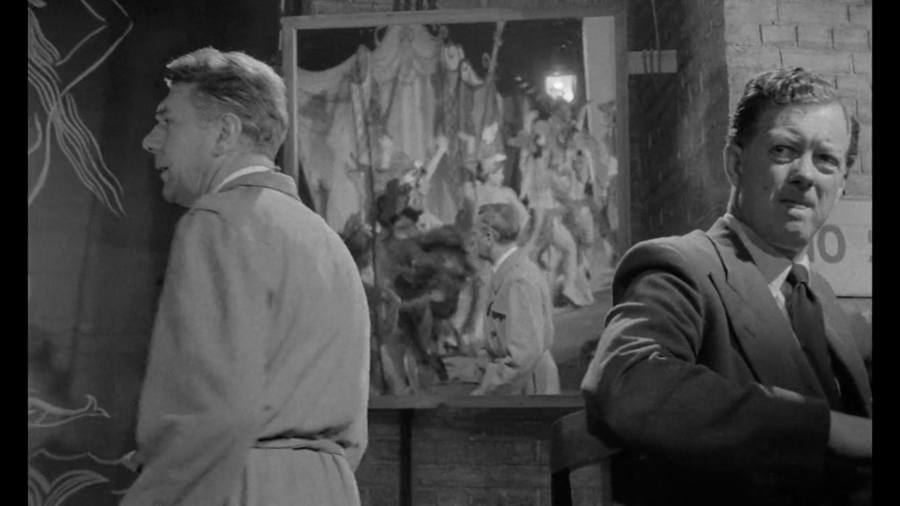

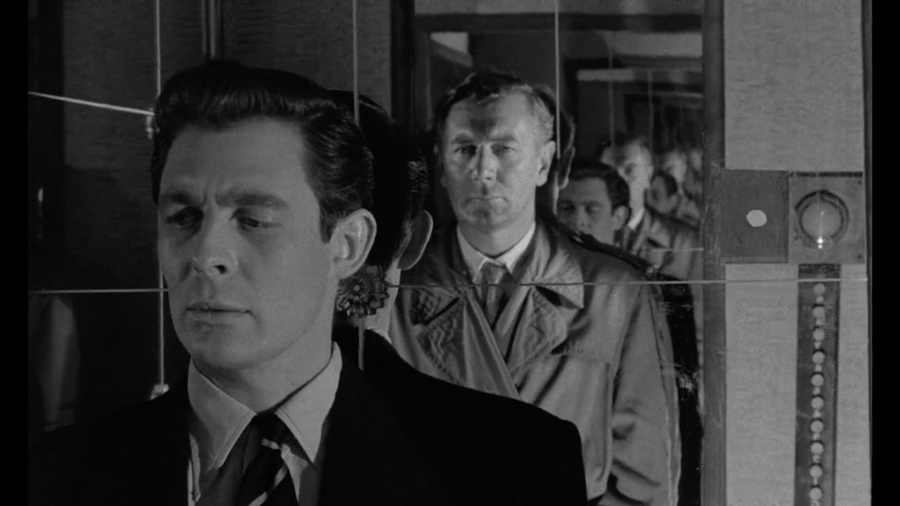



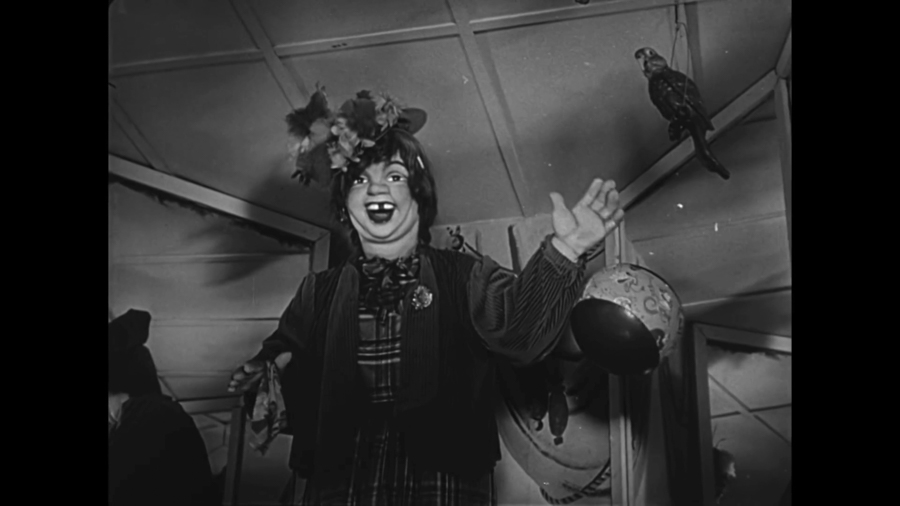

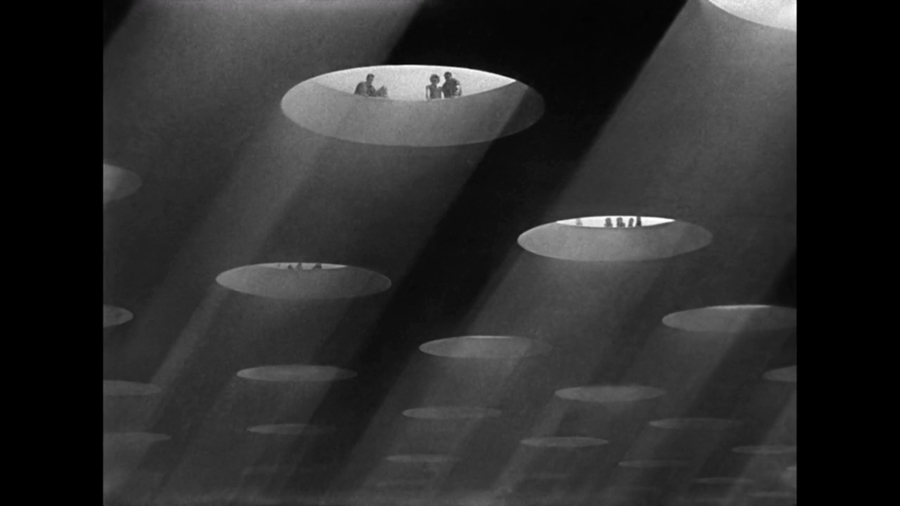
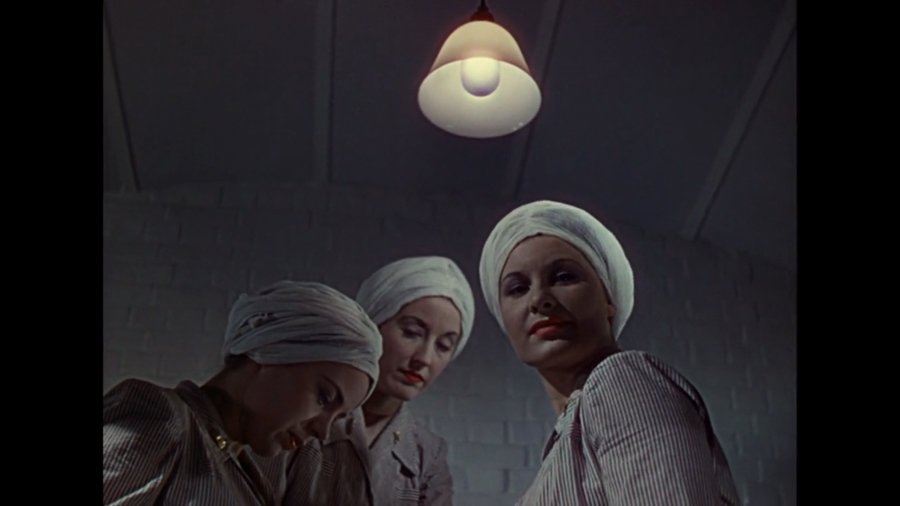









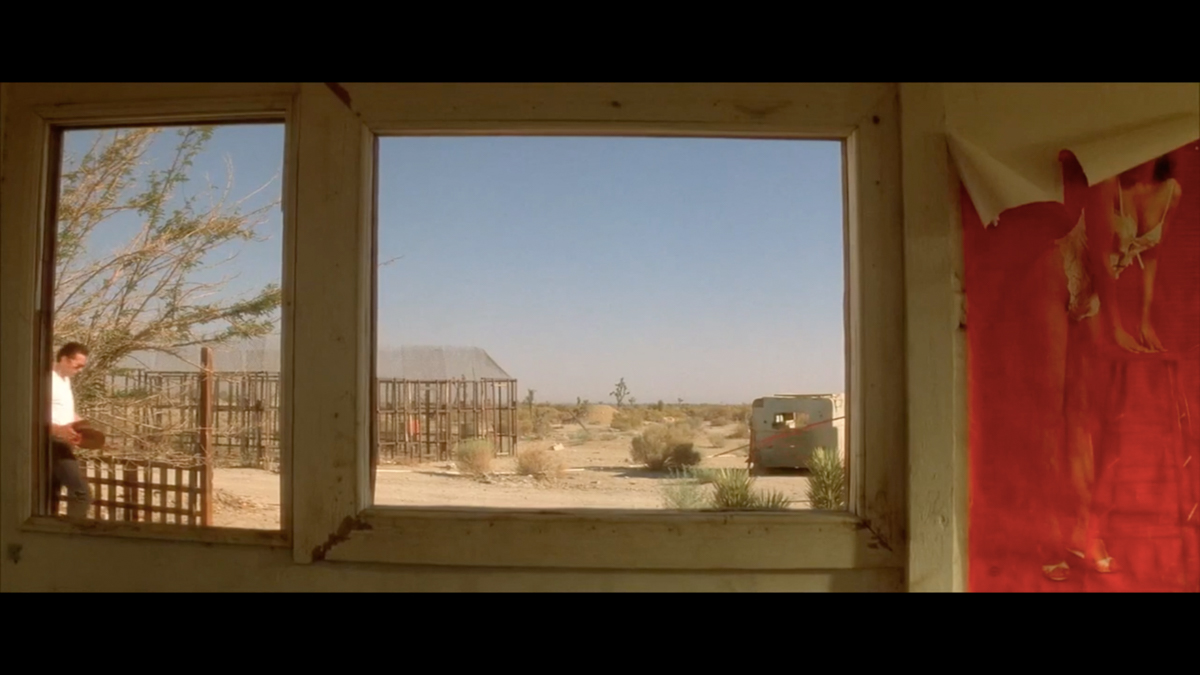











.jpeg)
.jpeg)





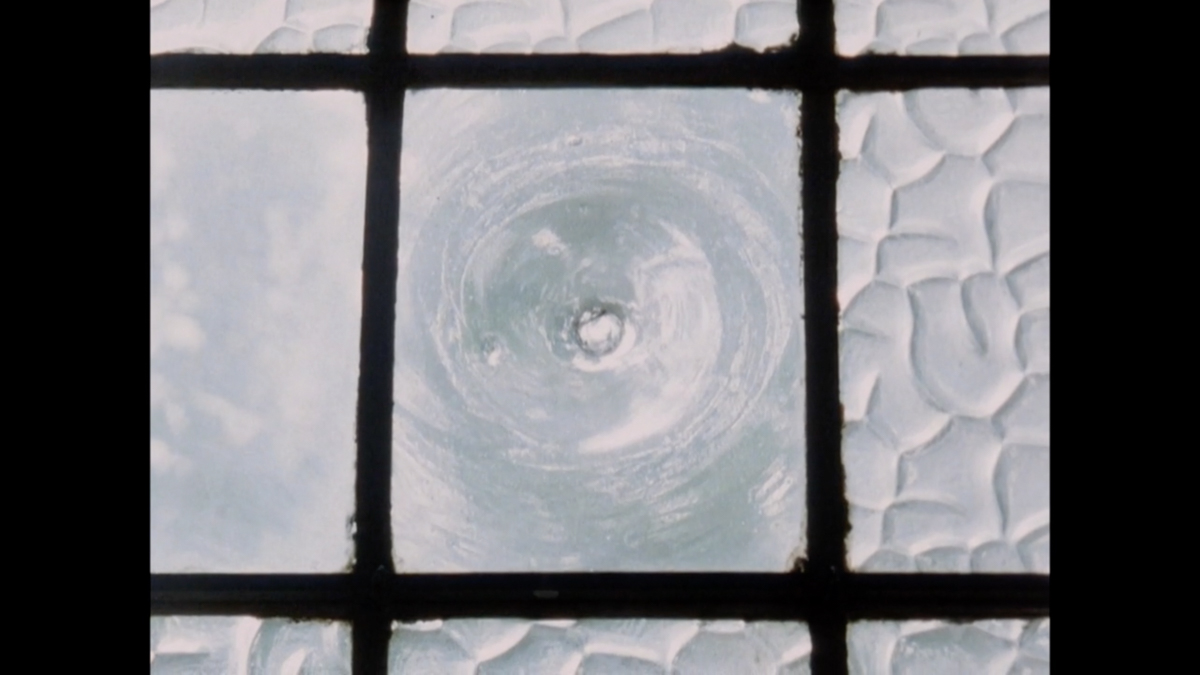
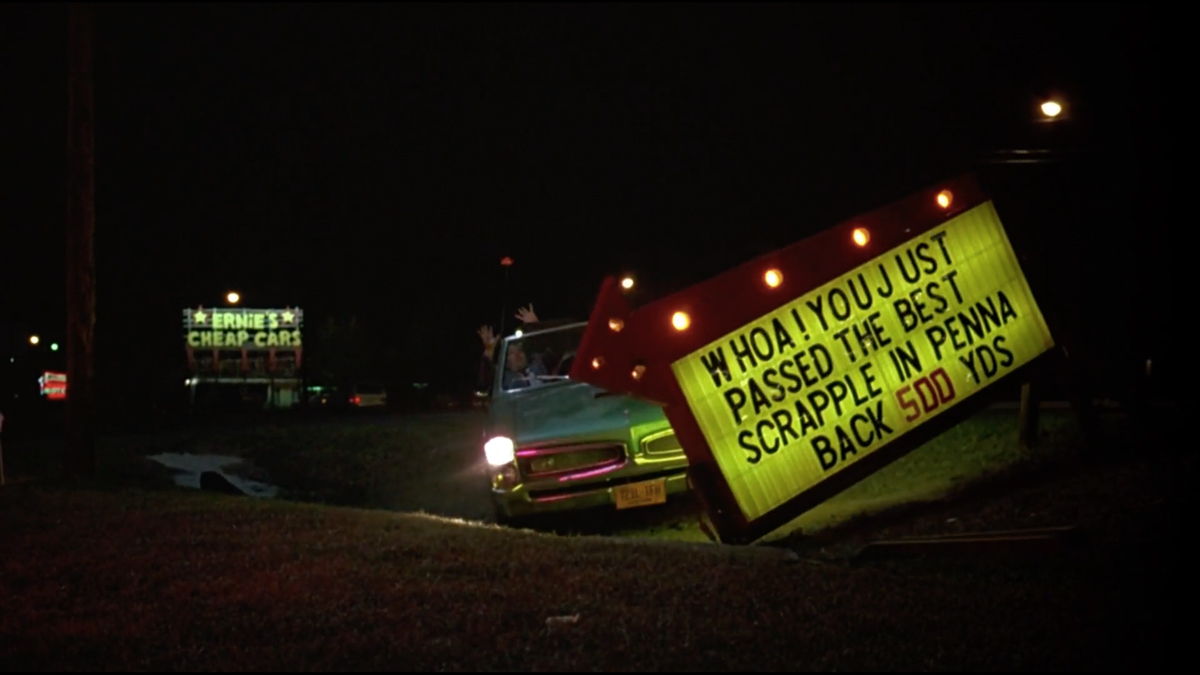
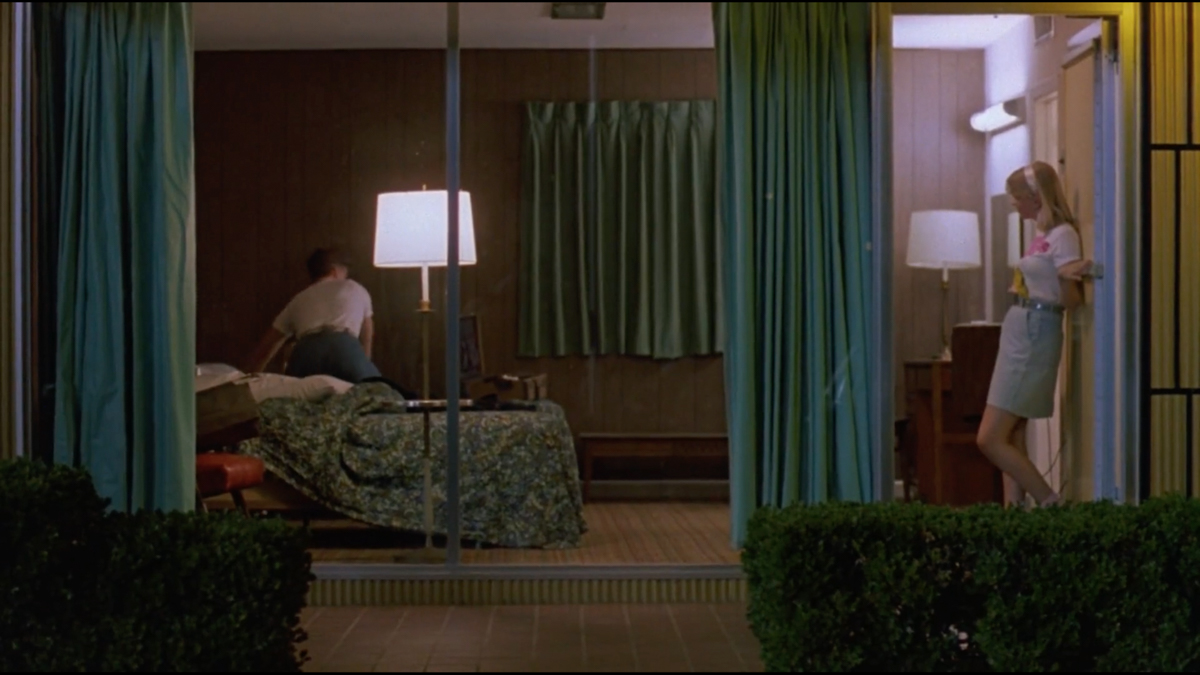





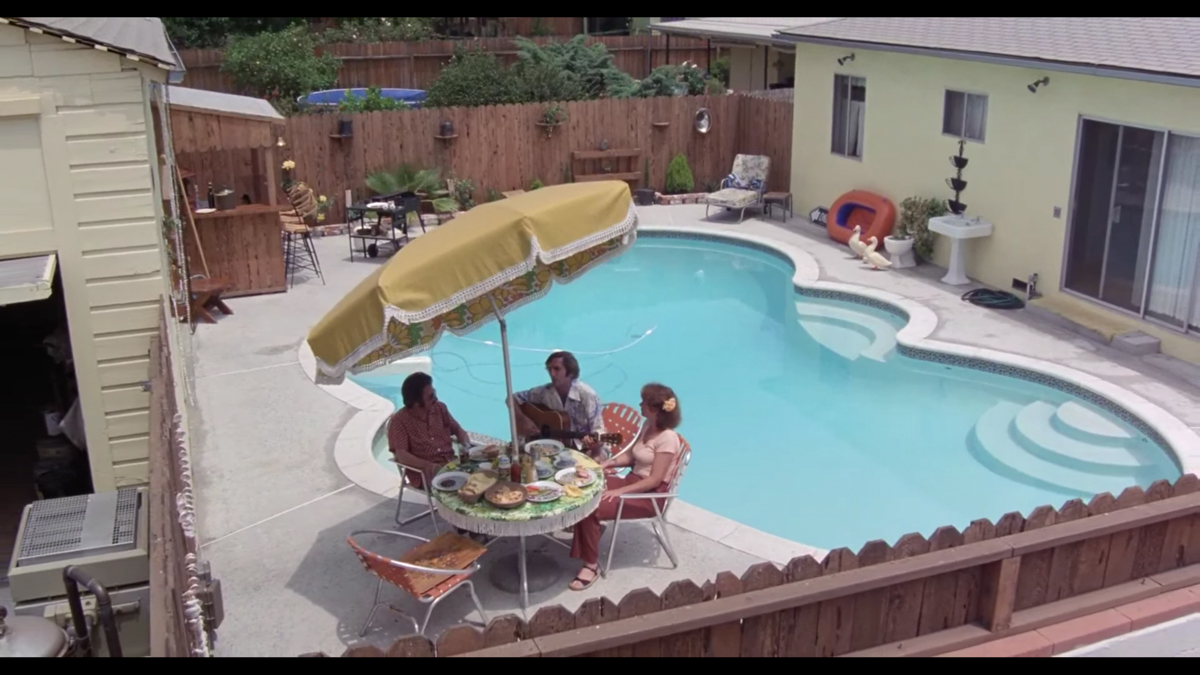

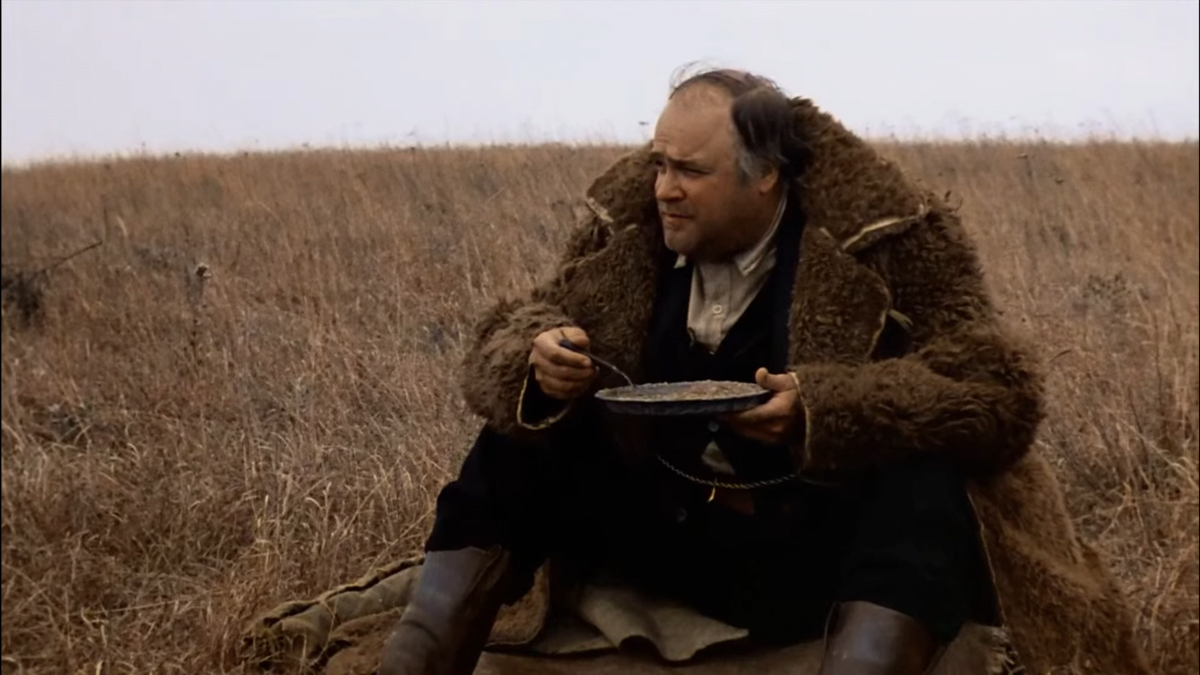

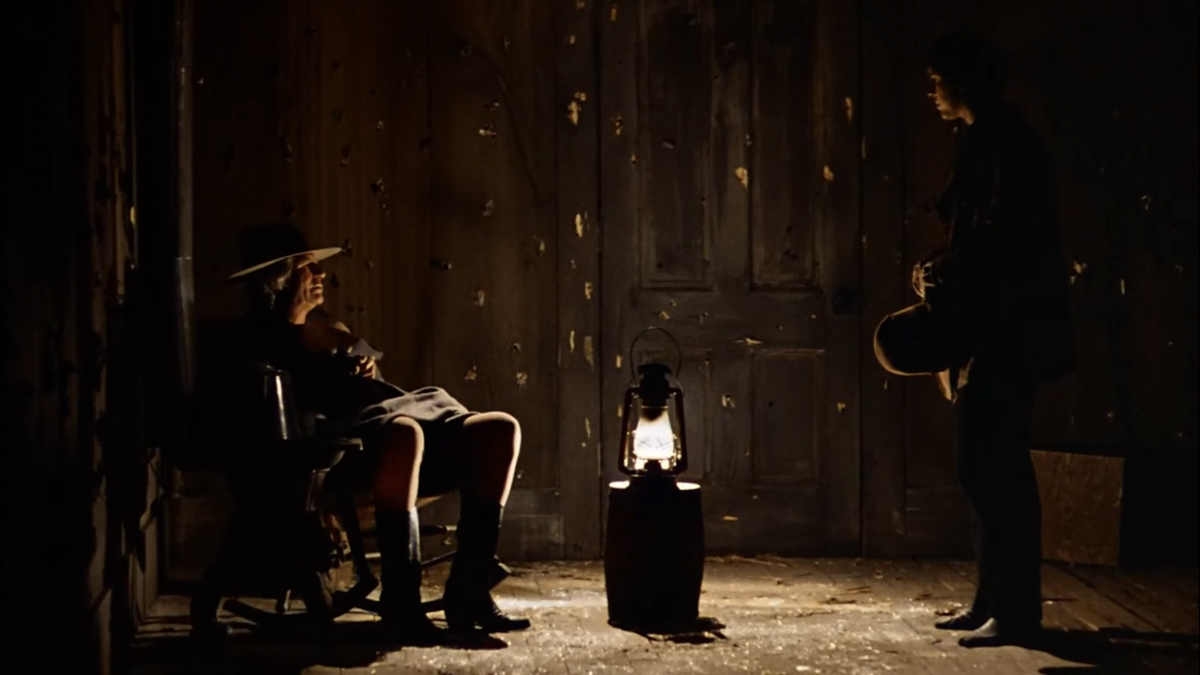
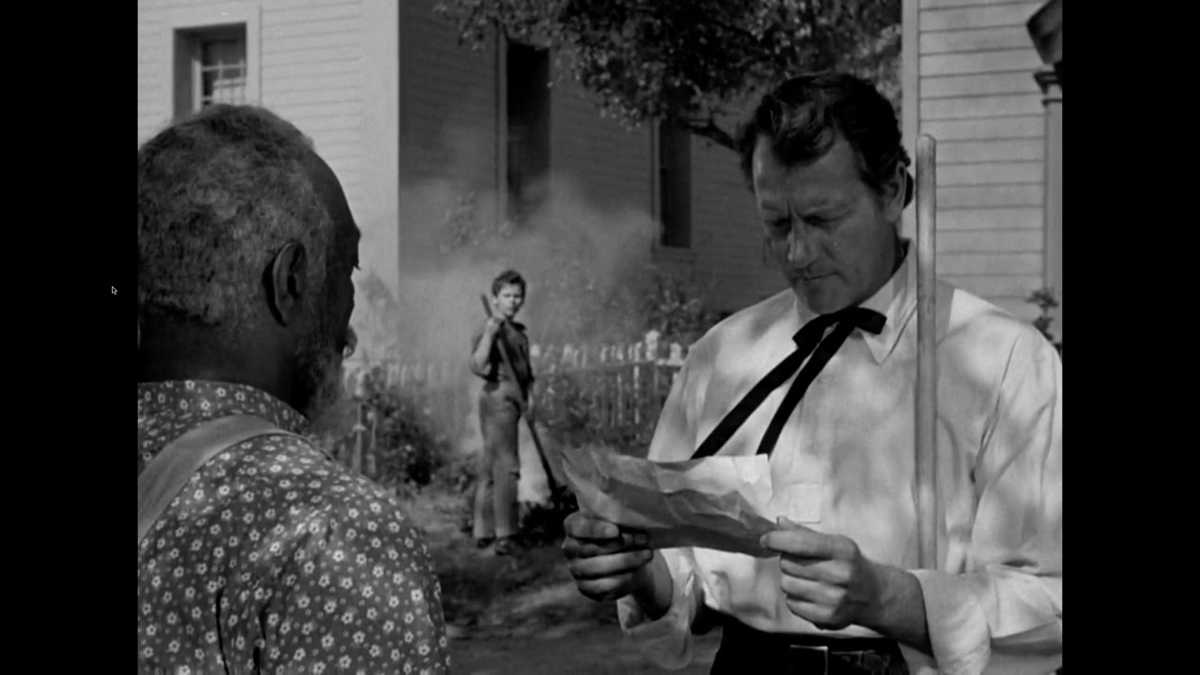



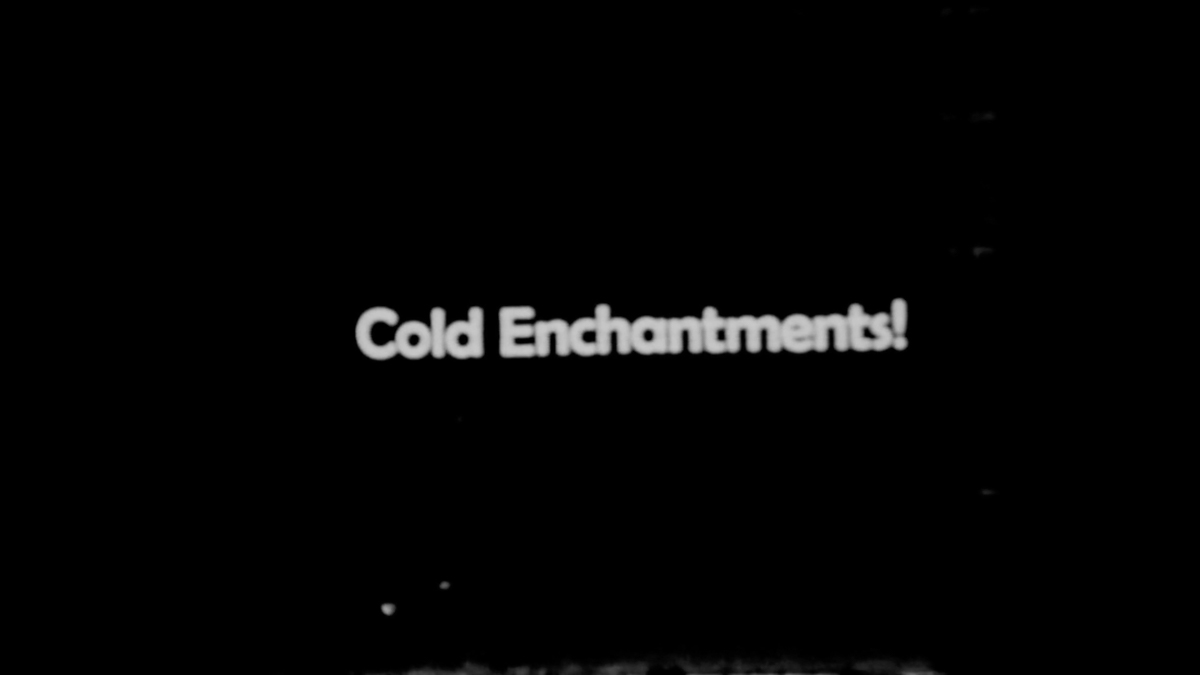









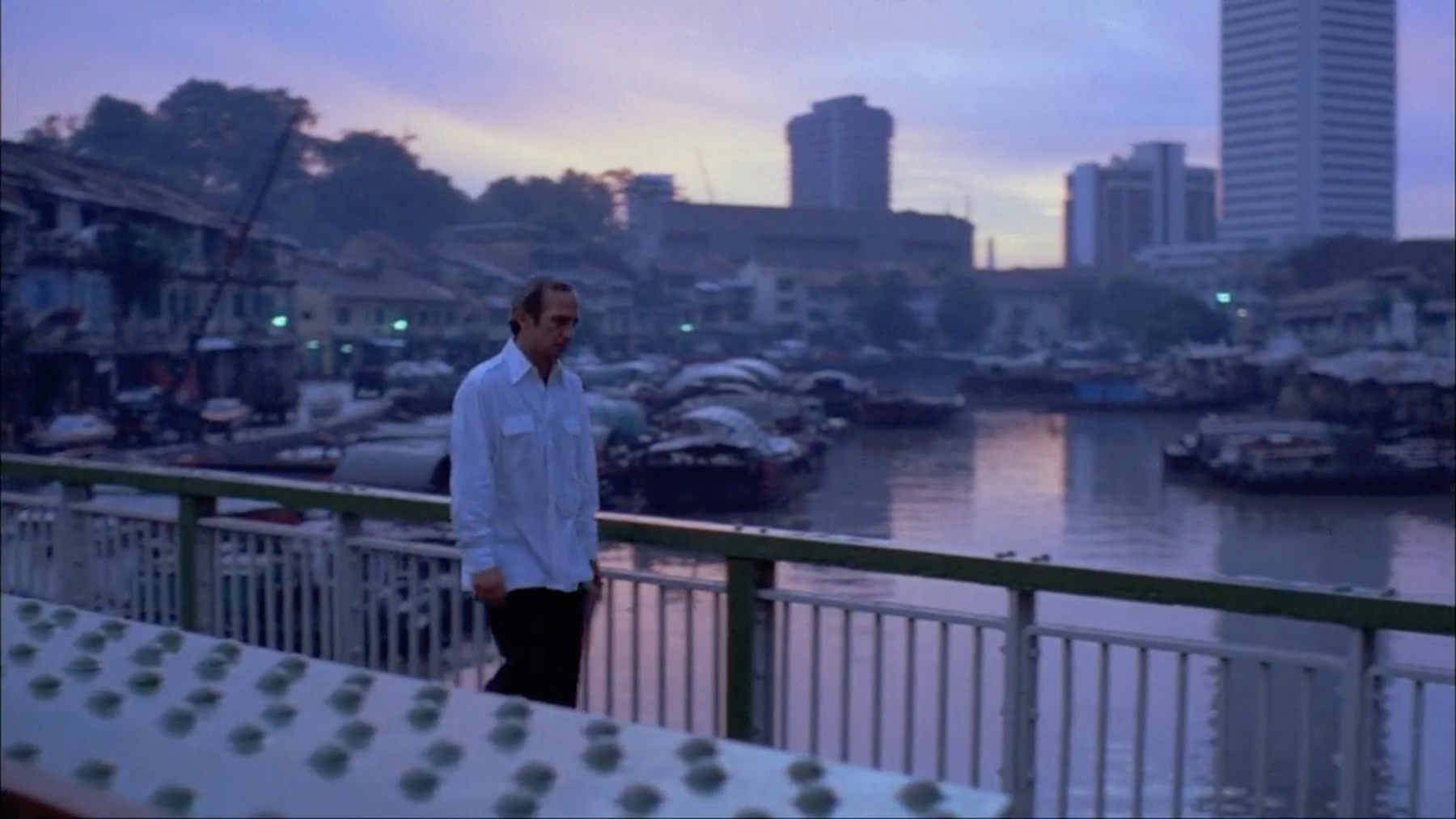




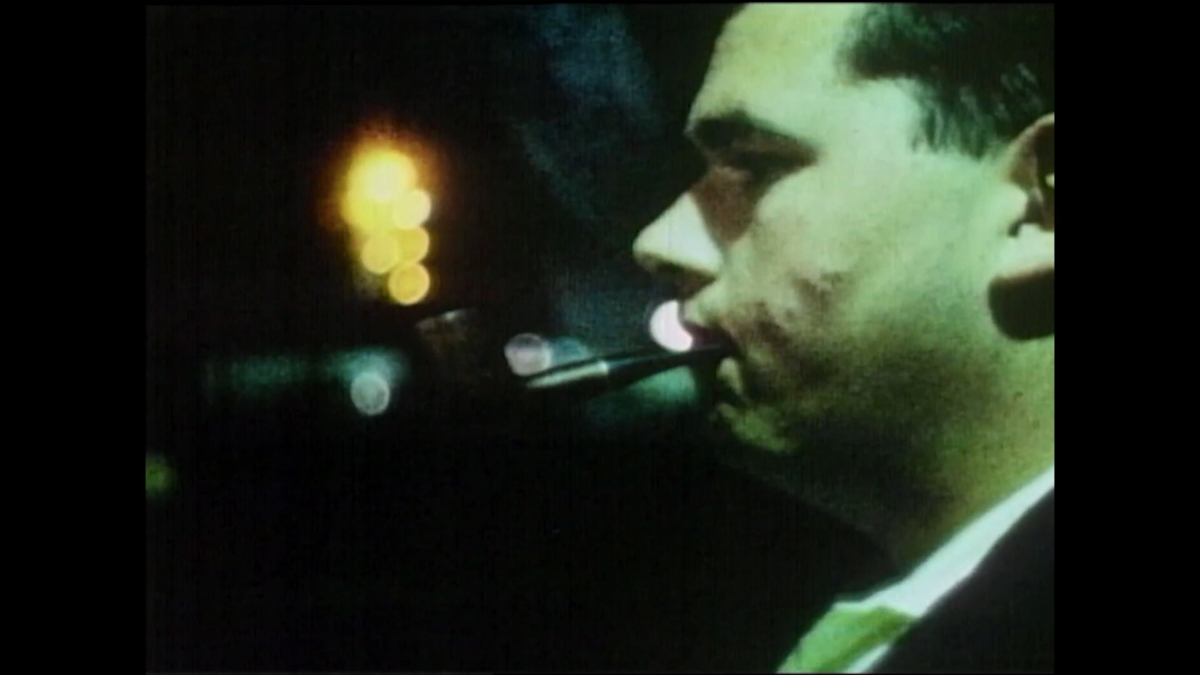





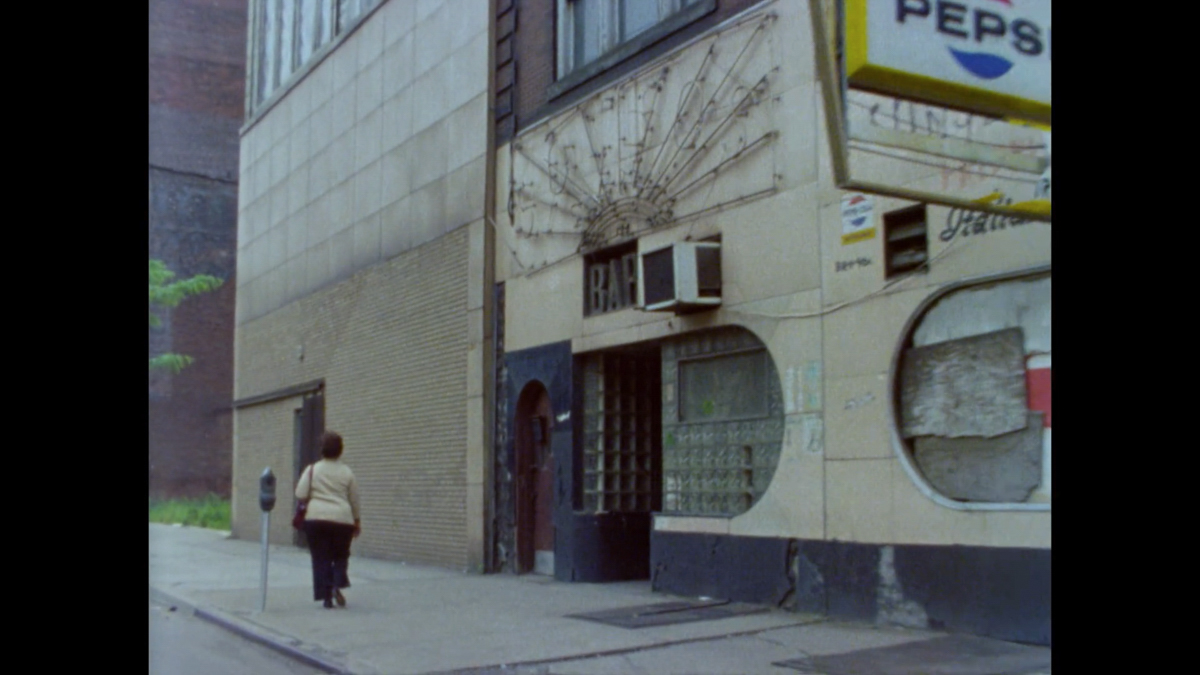




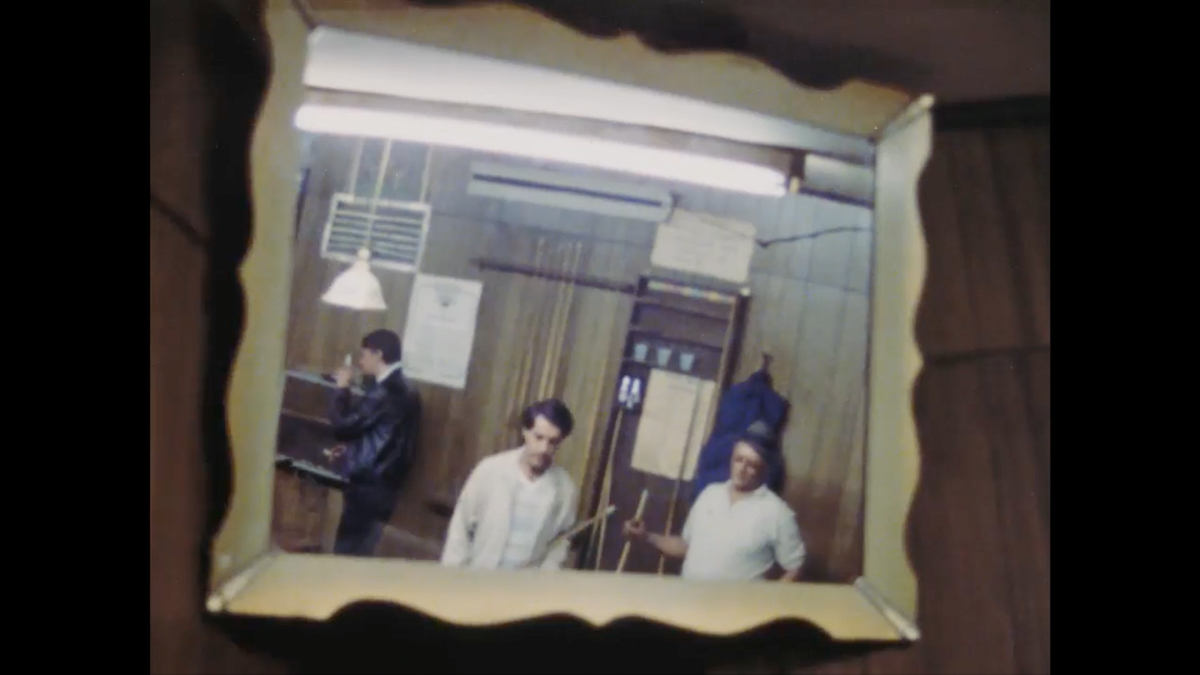





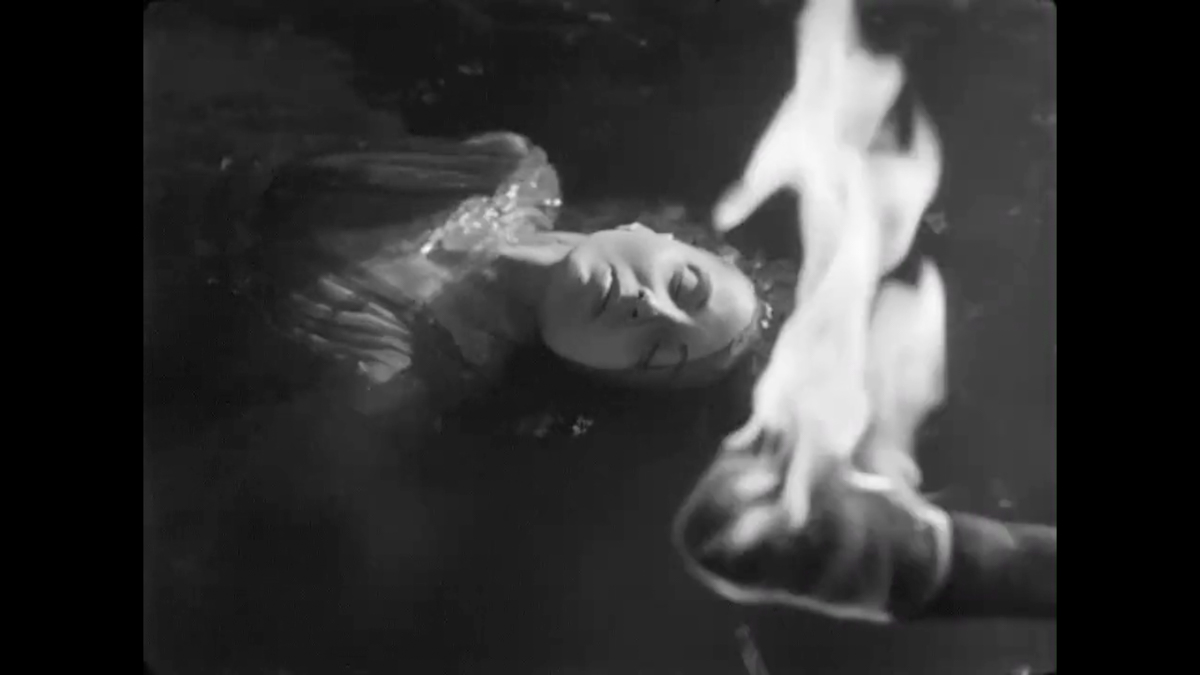







.jpeg)
.jpeg)

.jpeg)




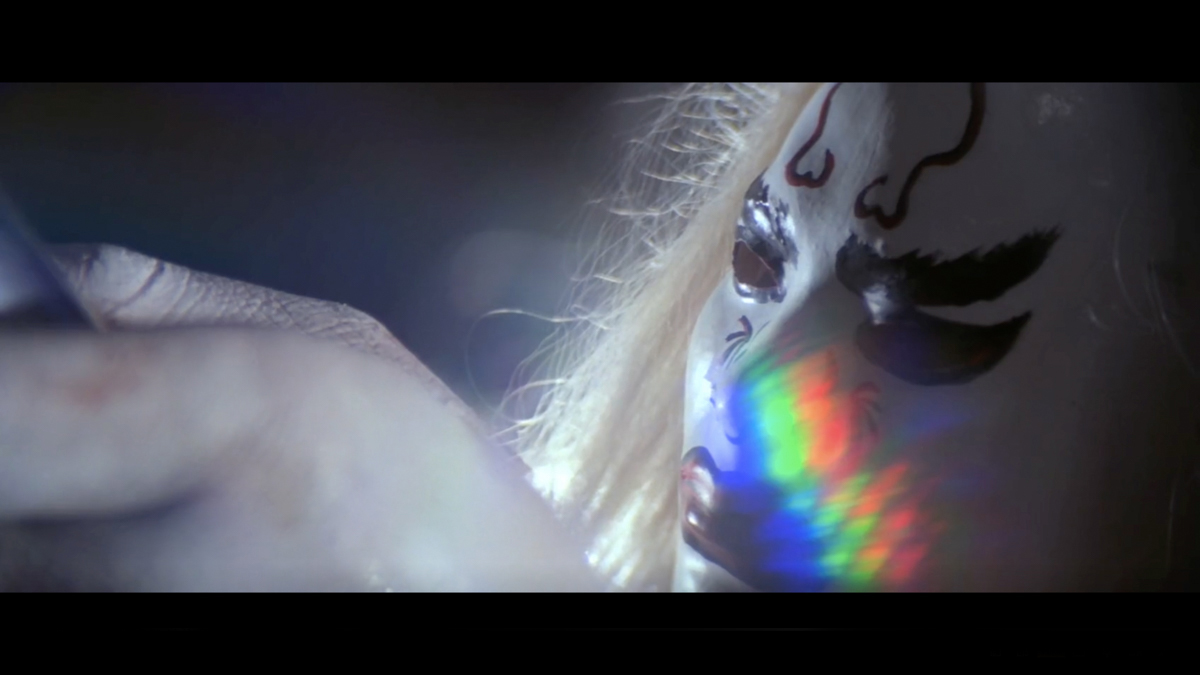
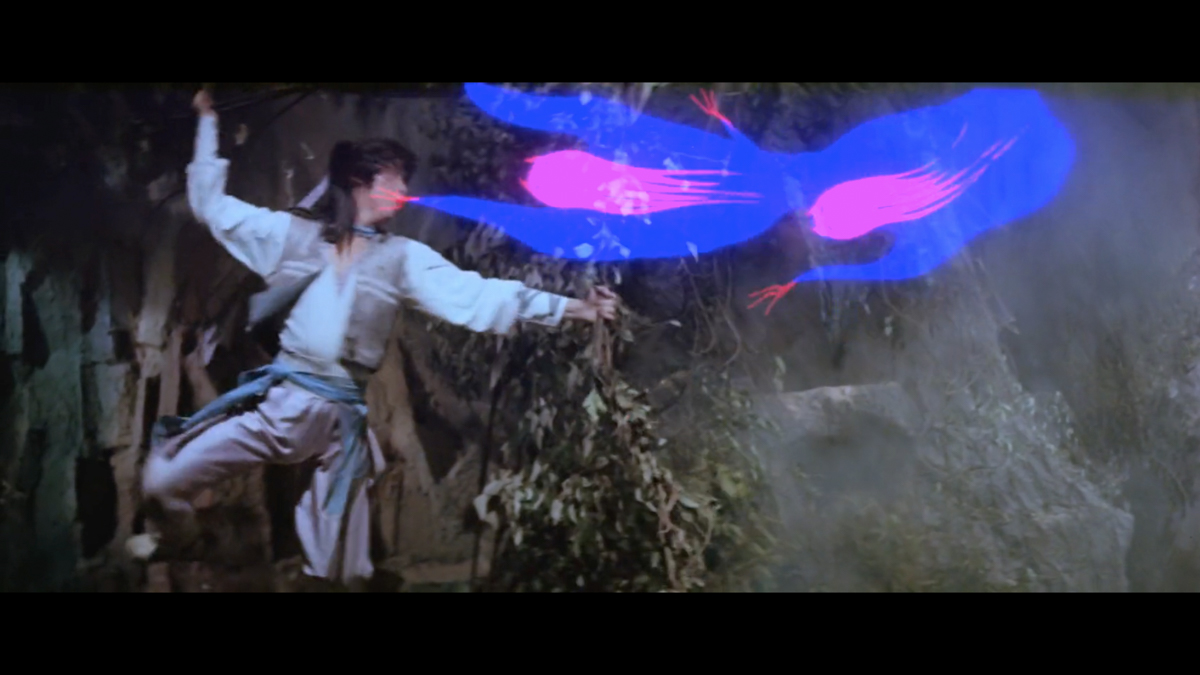




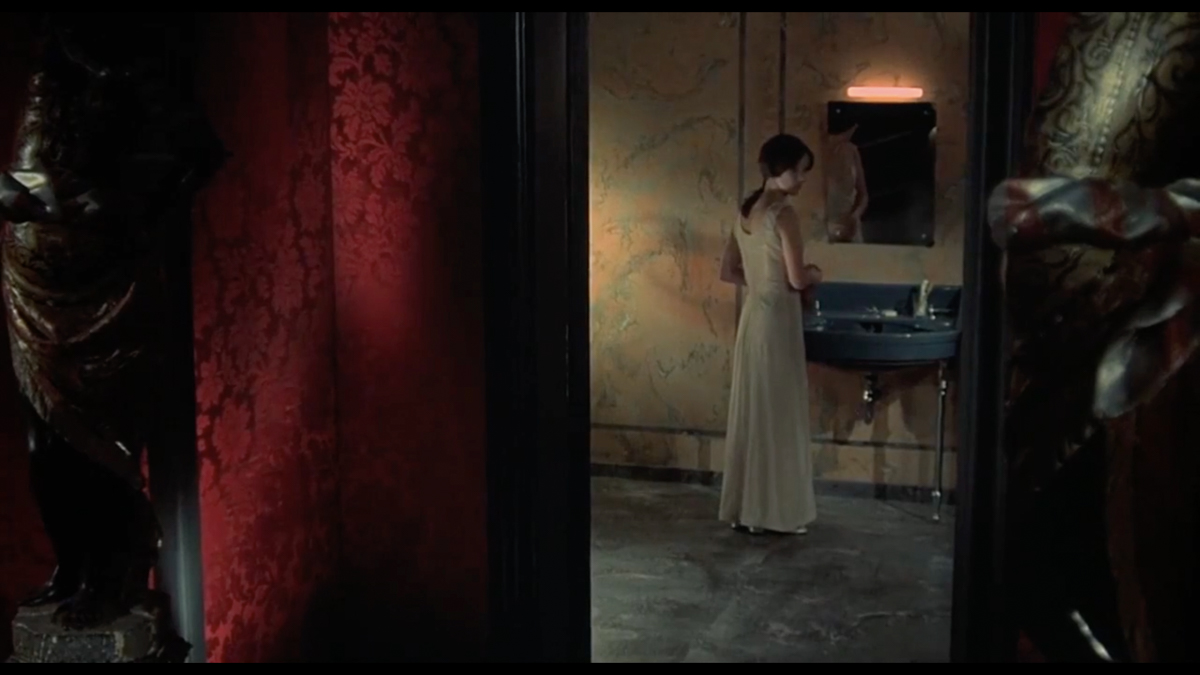




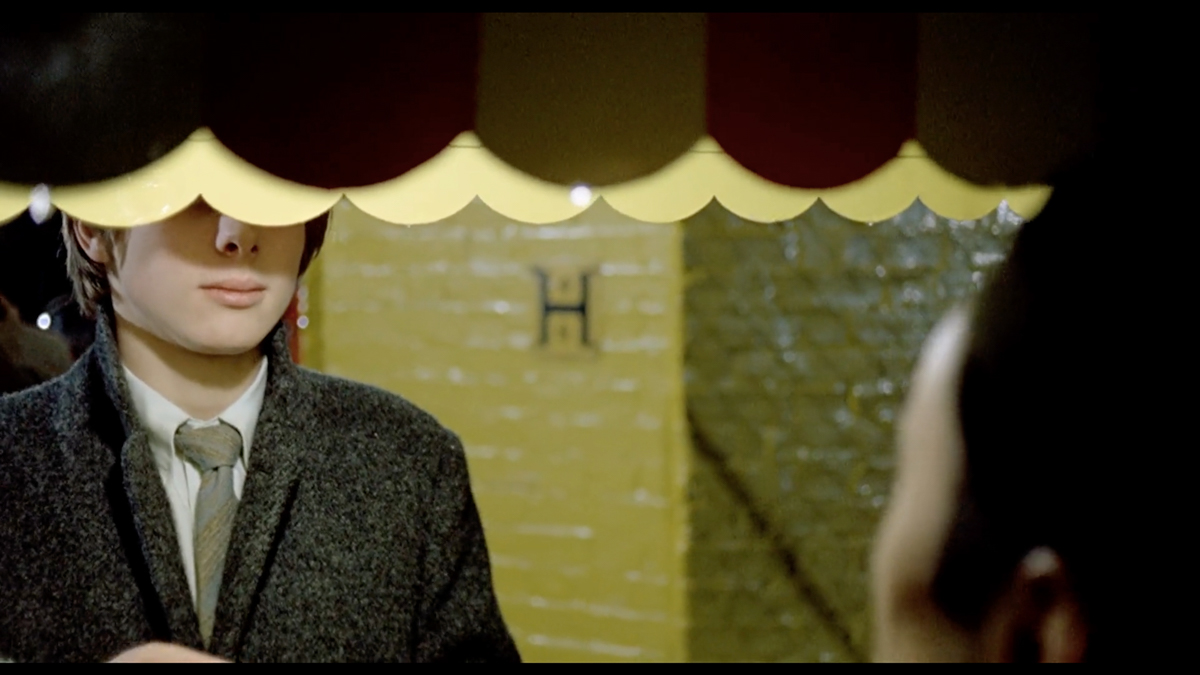




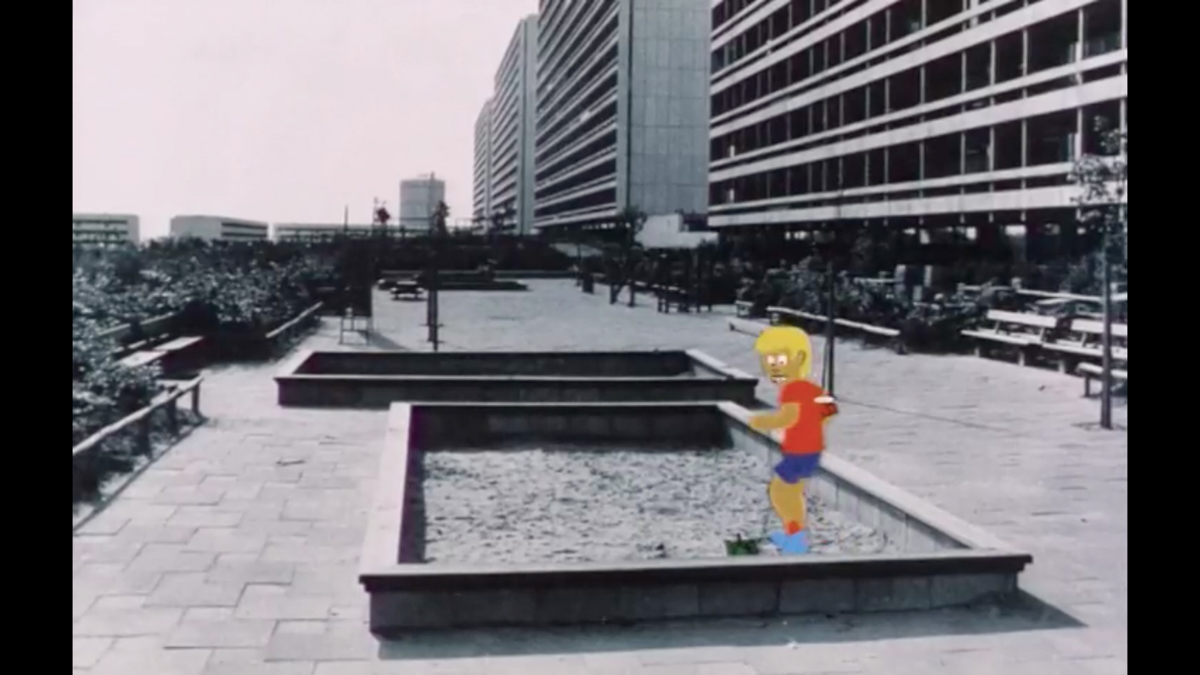
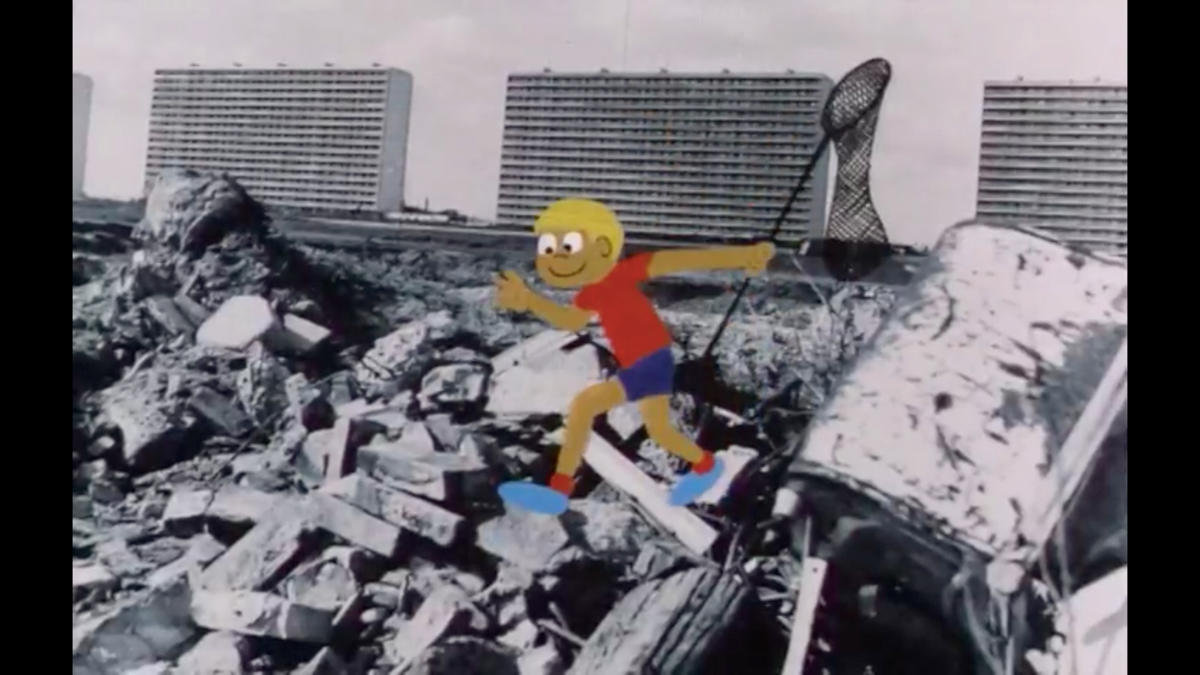
















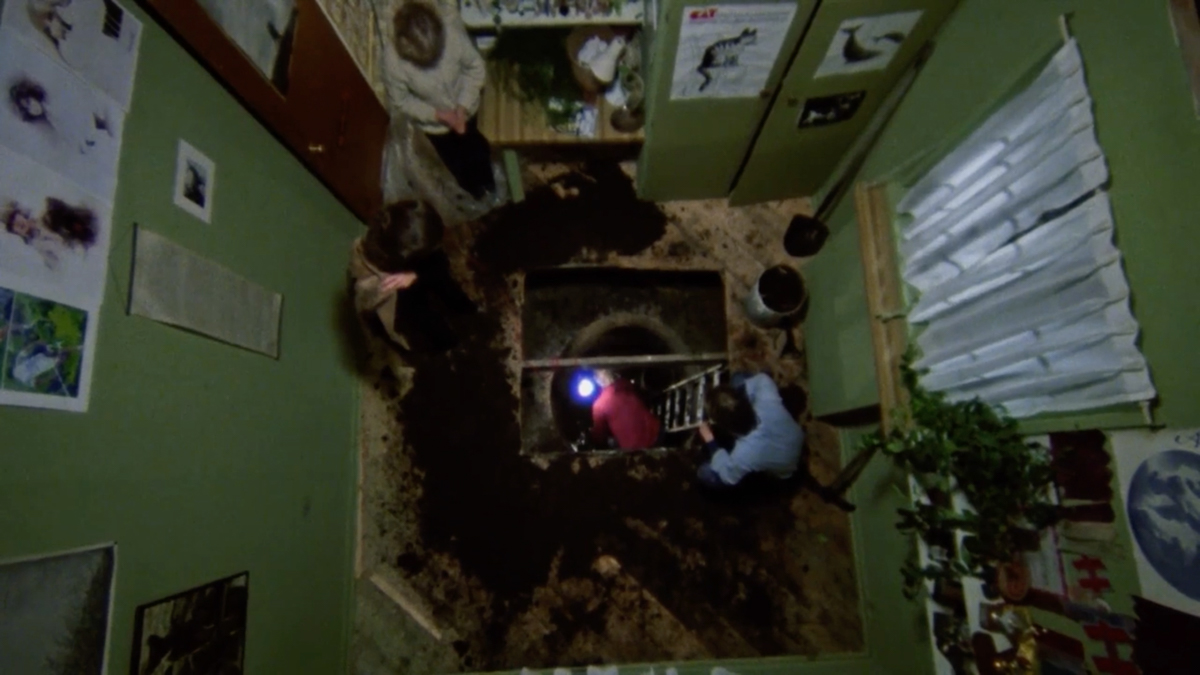





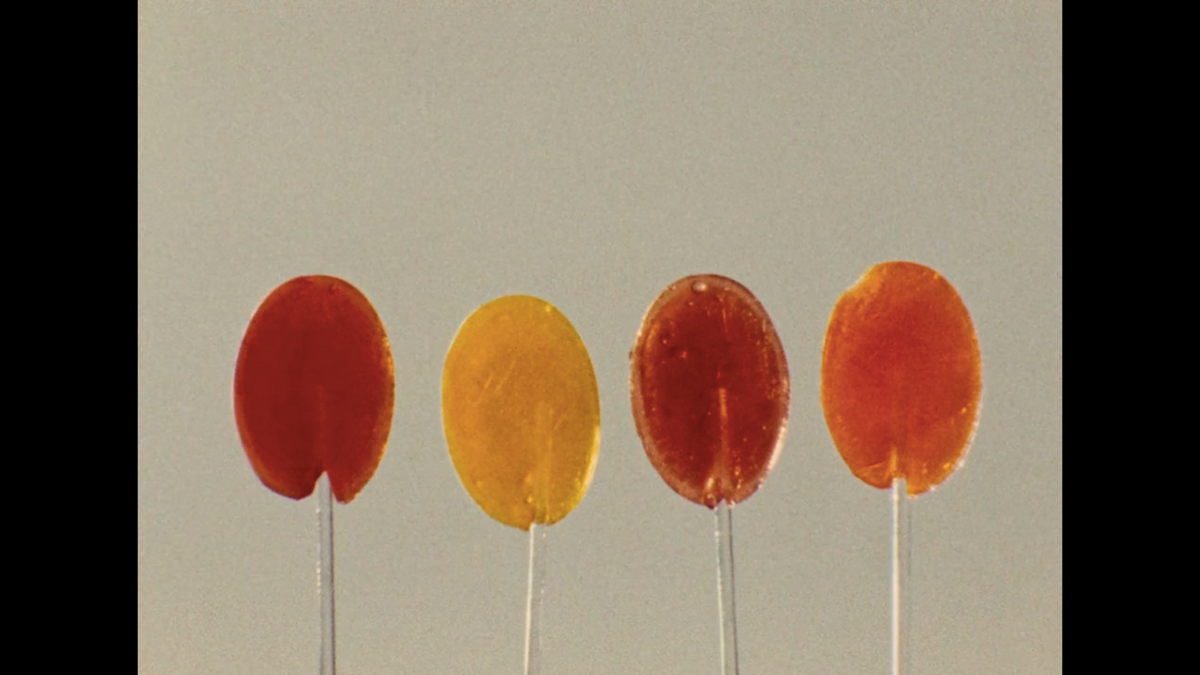




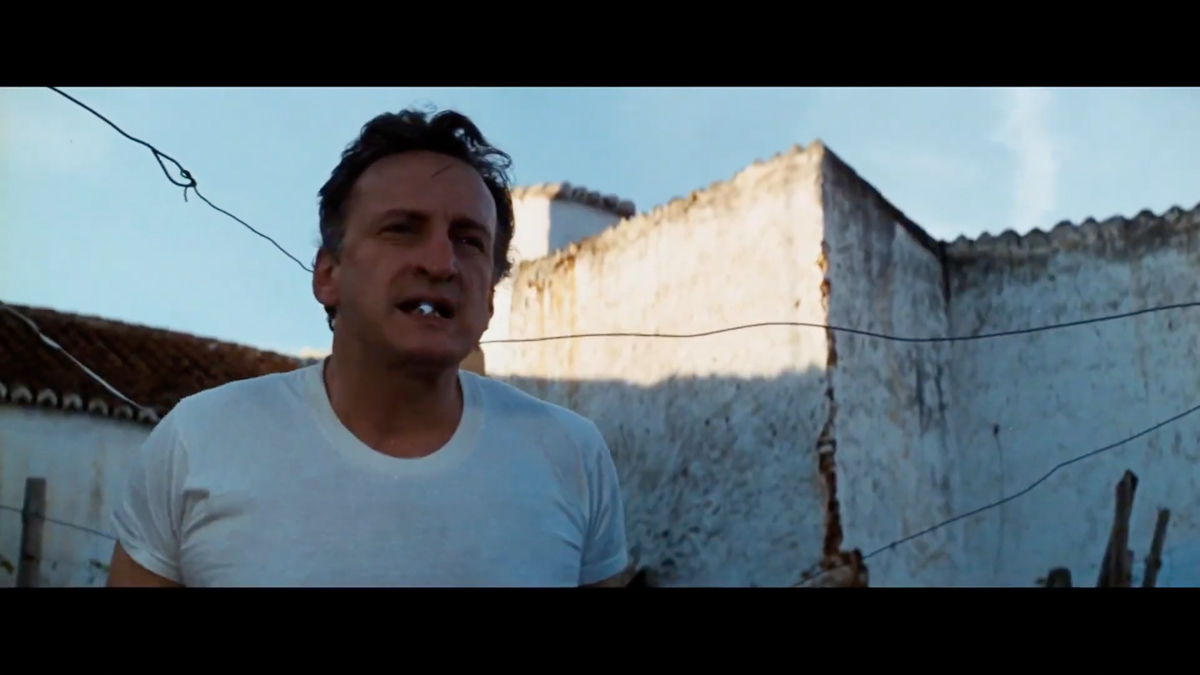


.jpeg)

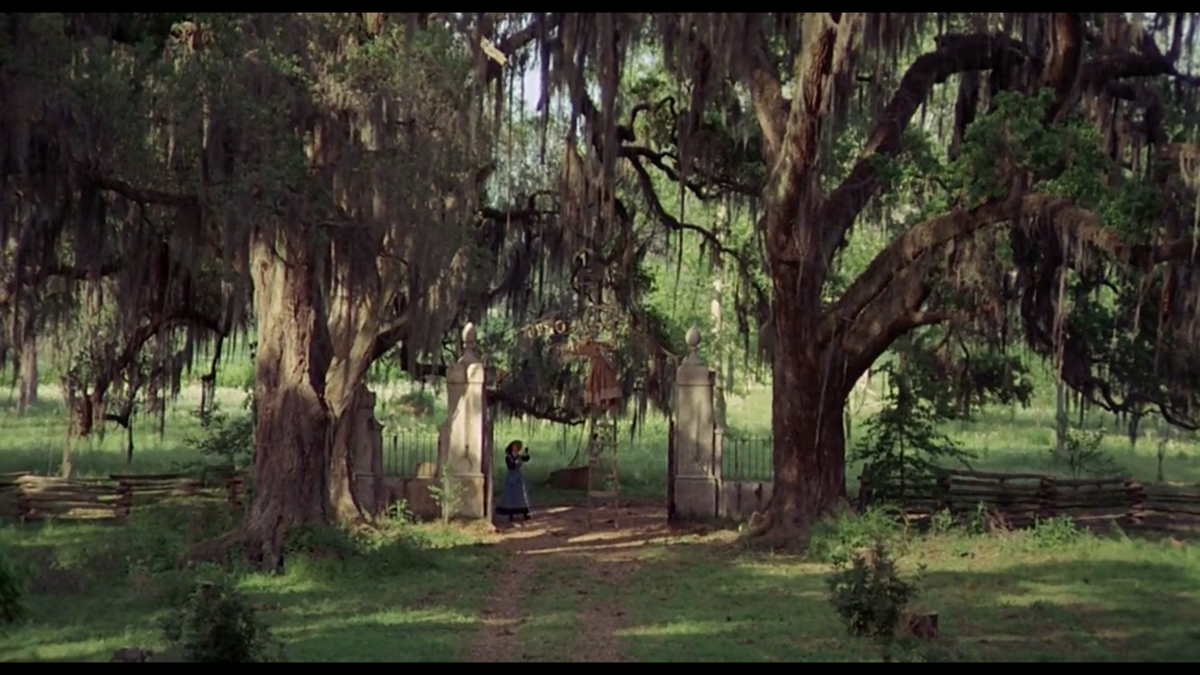
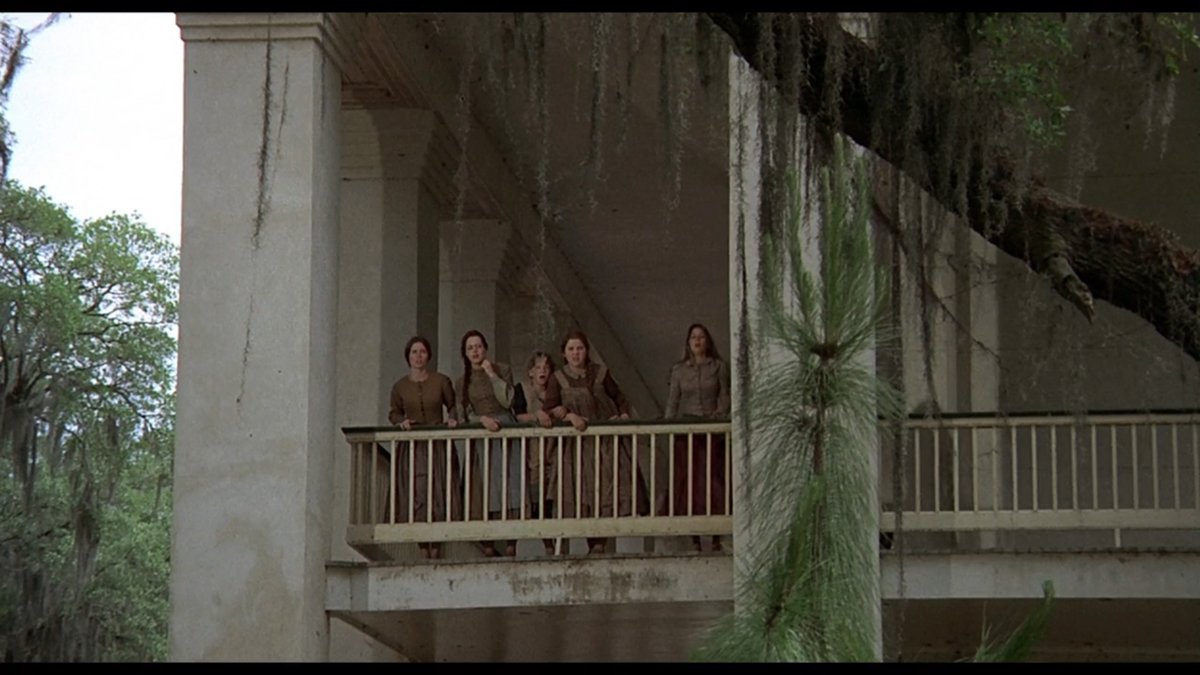




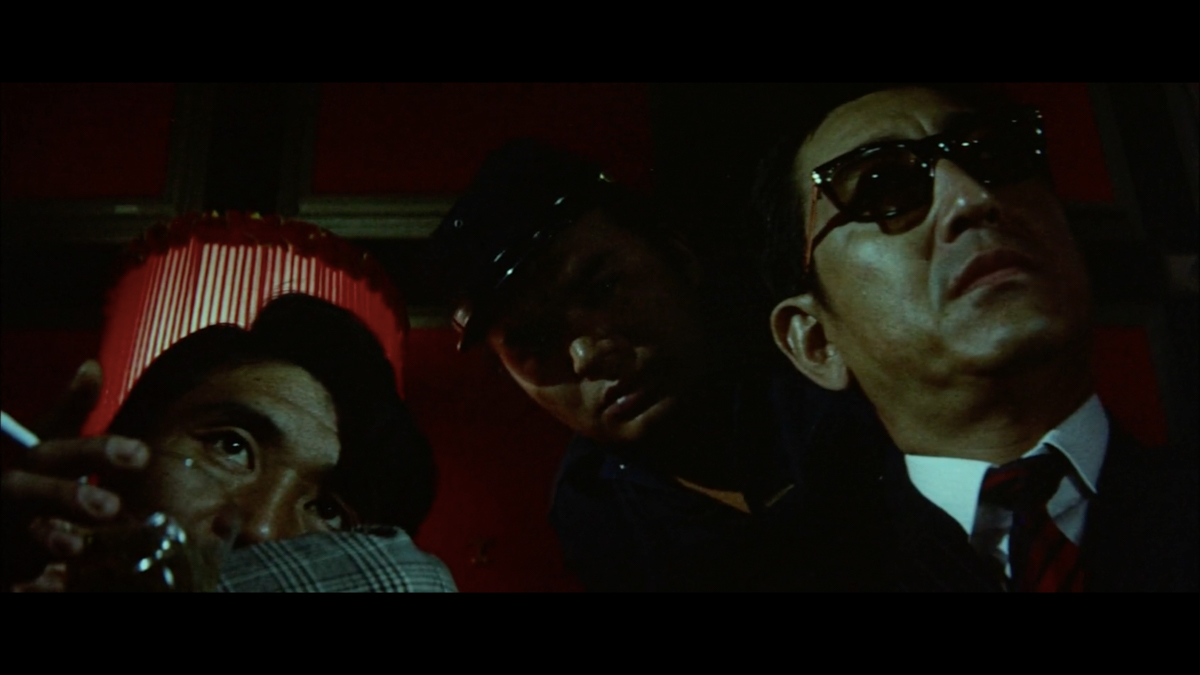


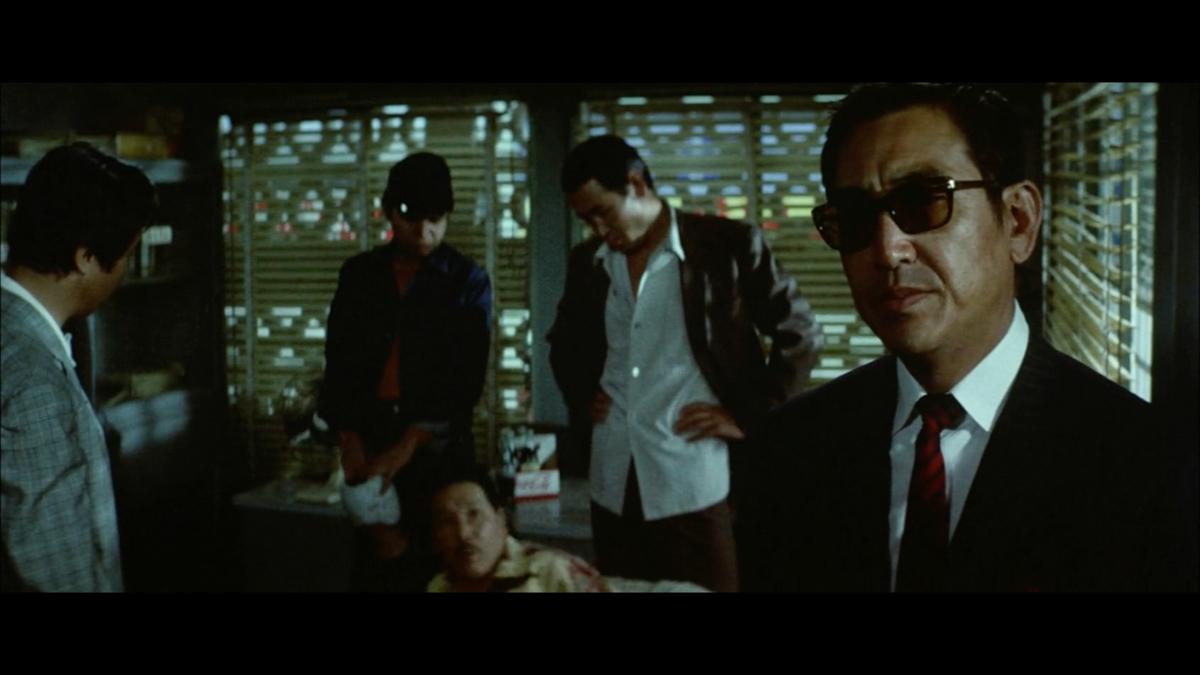










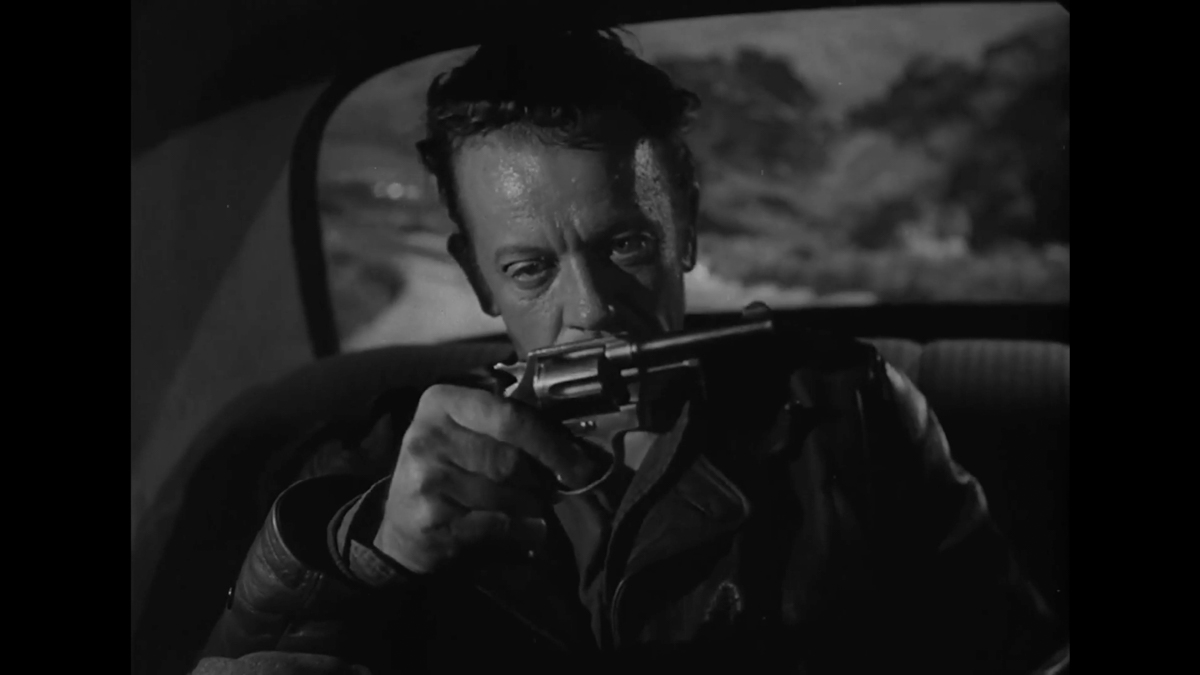
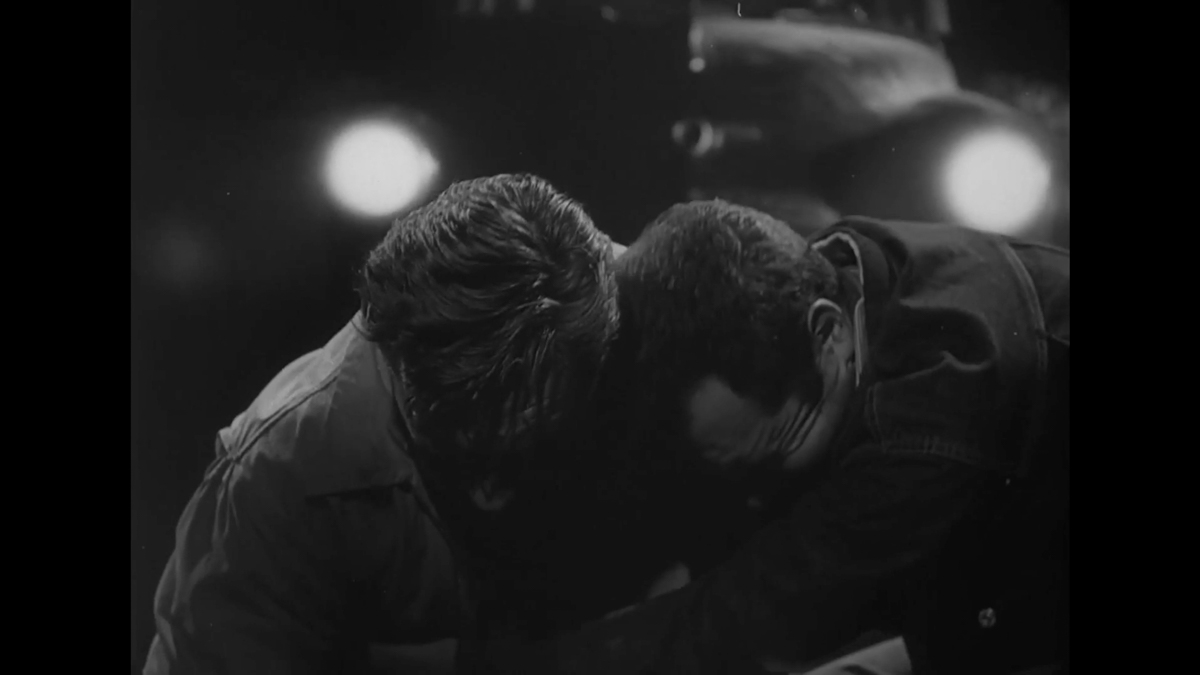

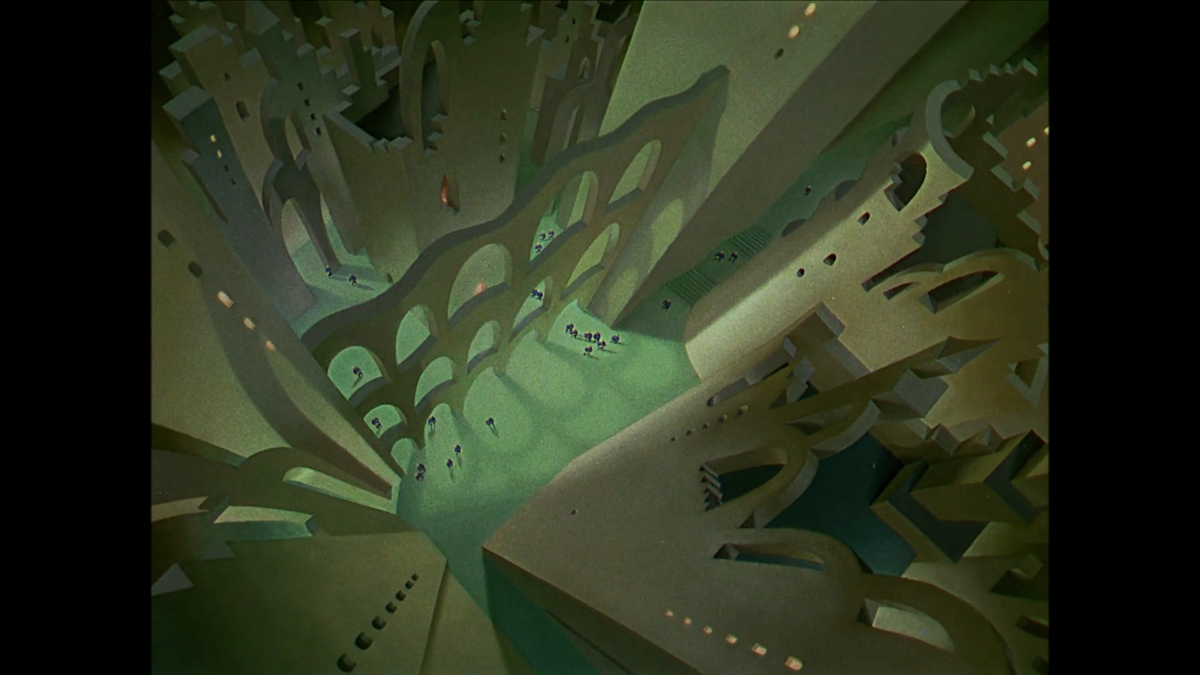



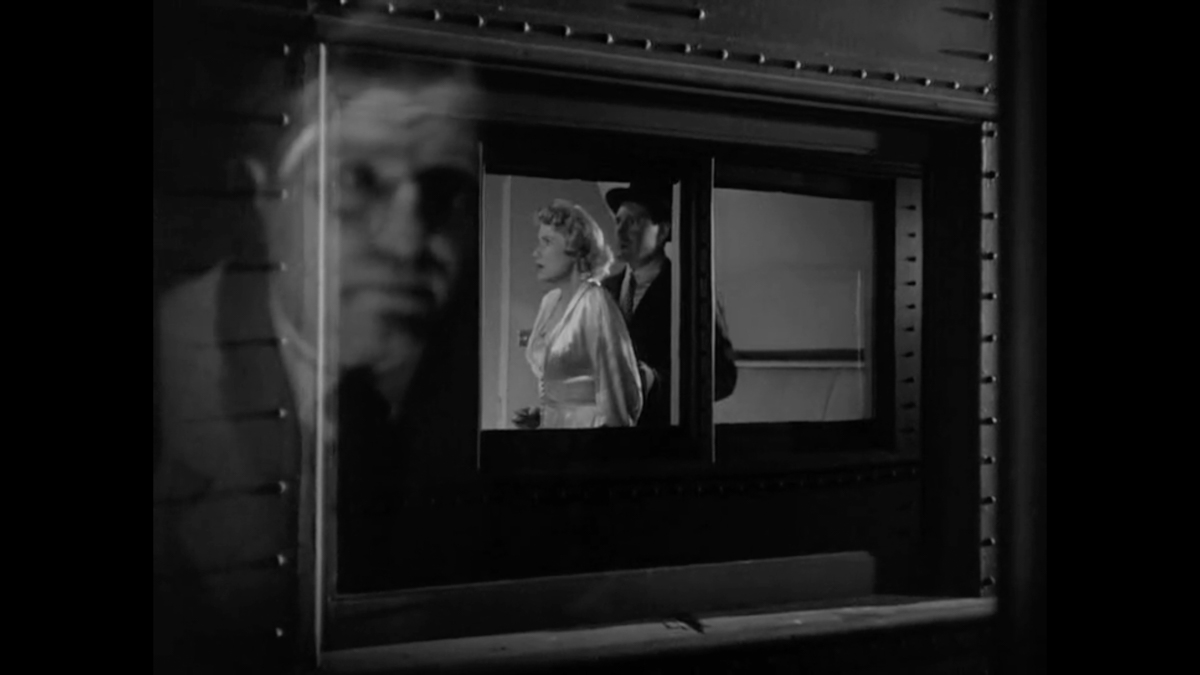









.jpeg)
